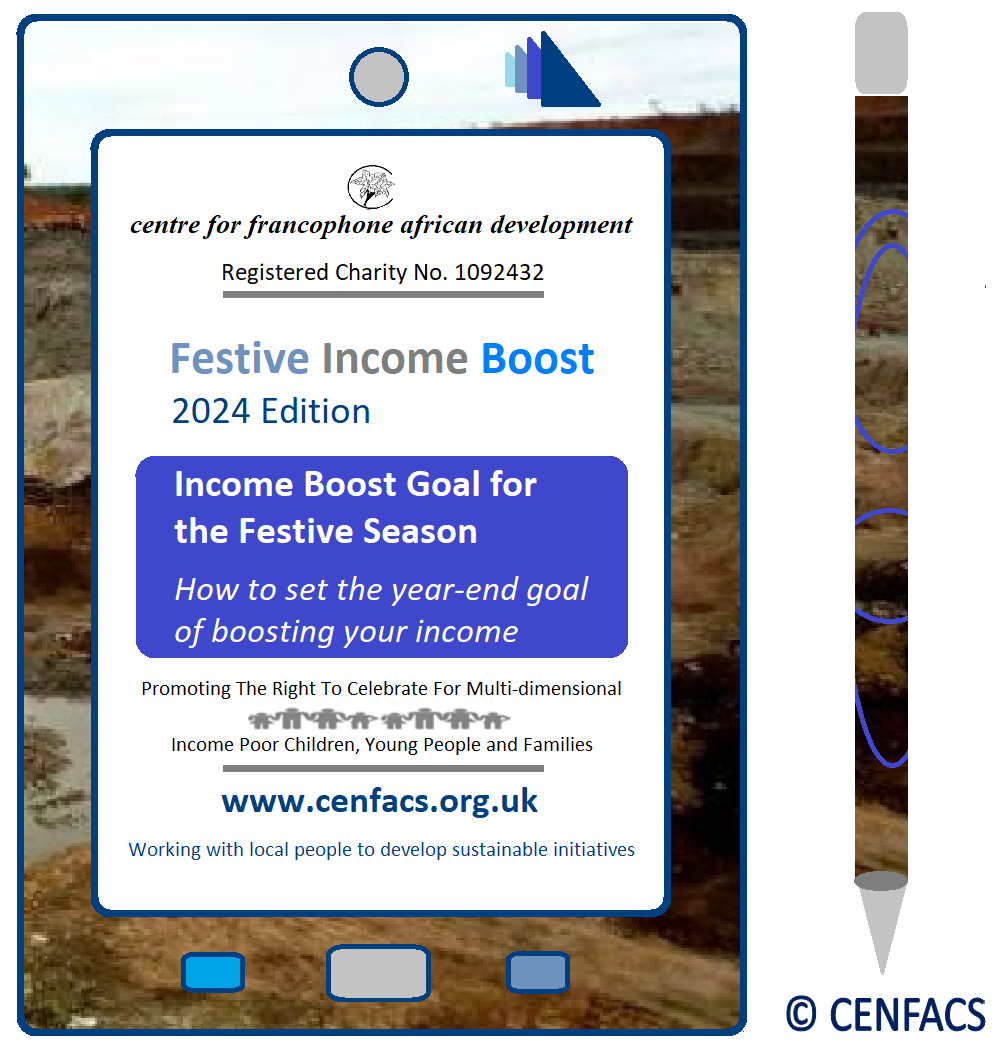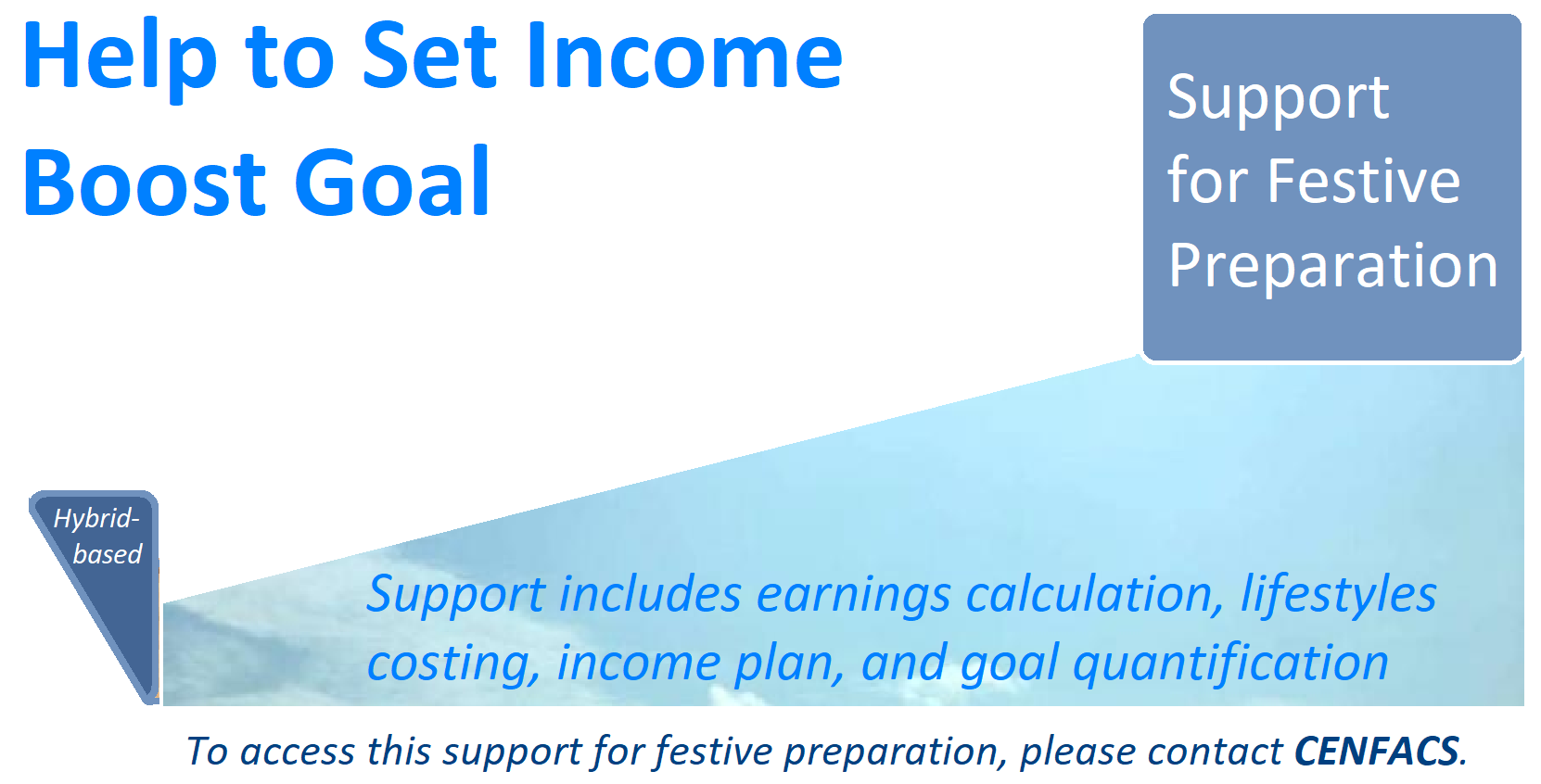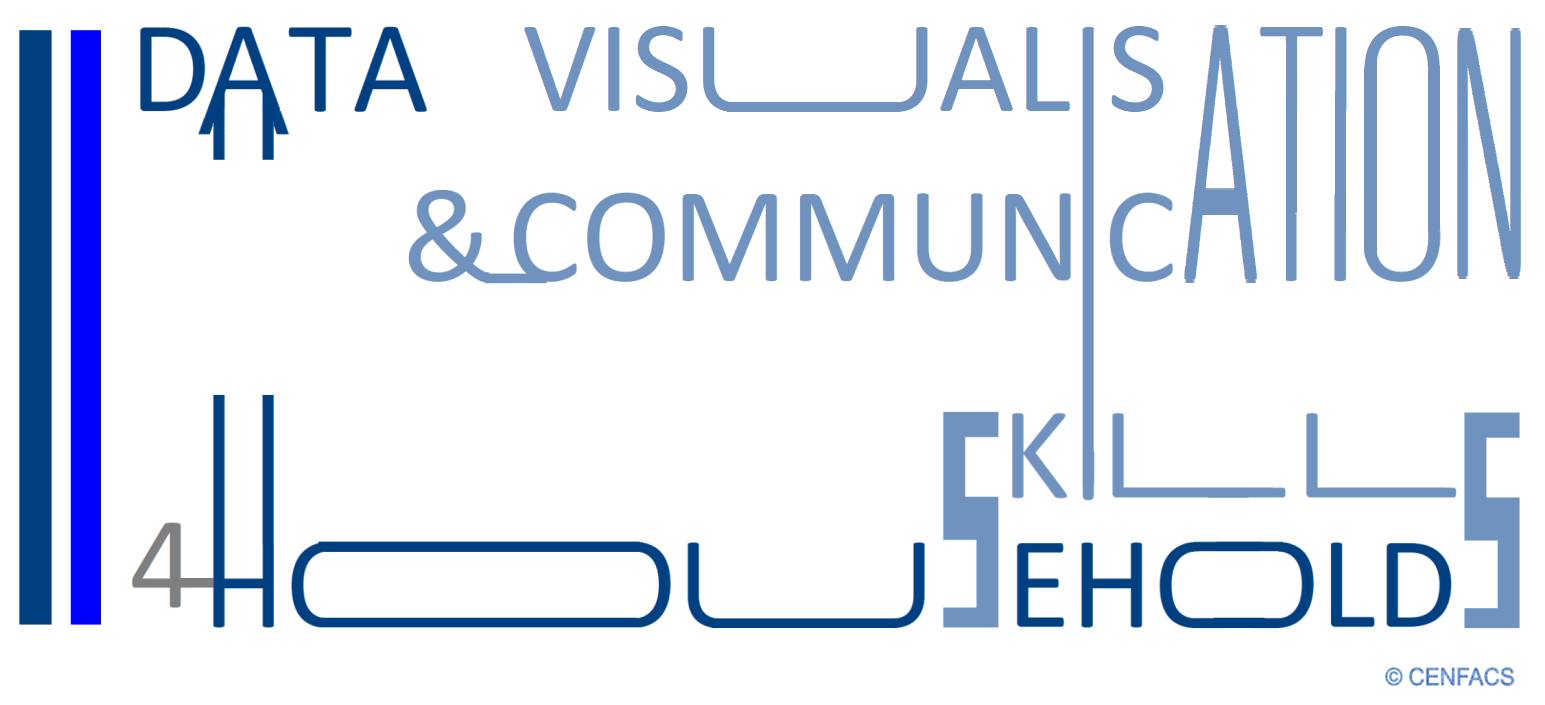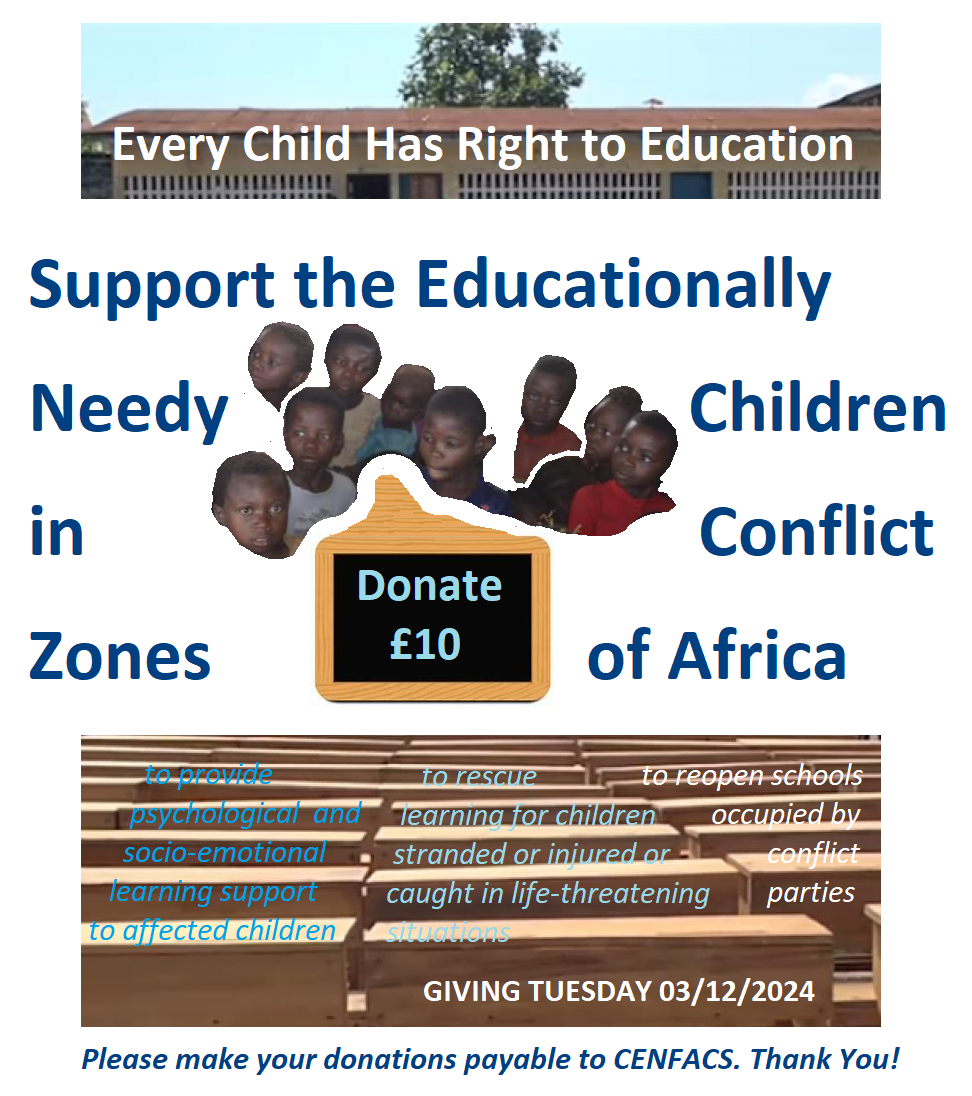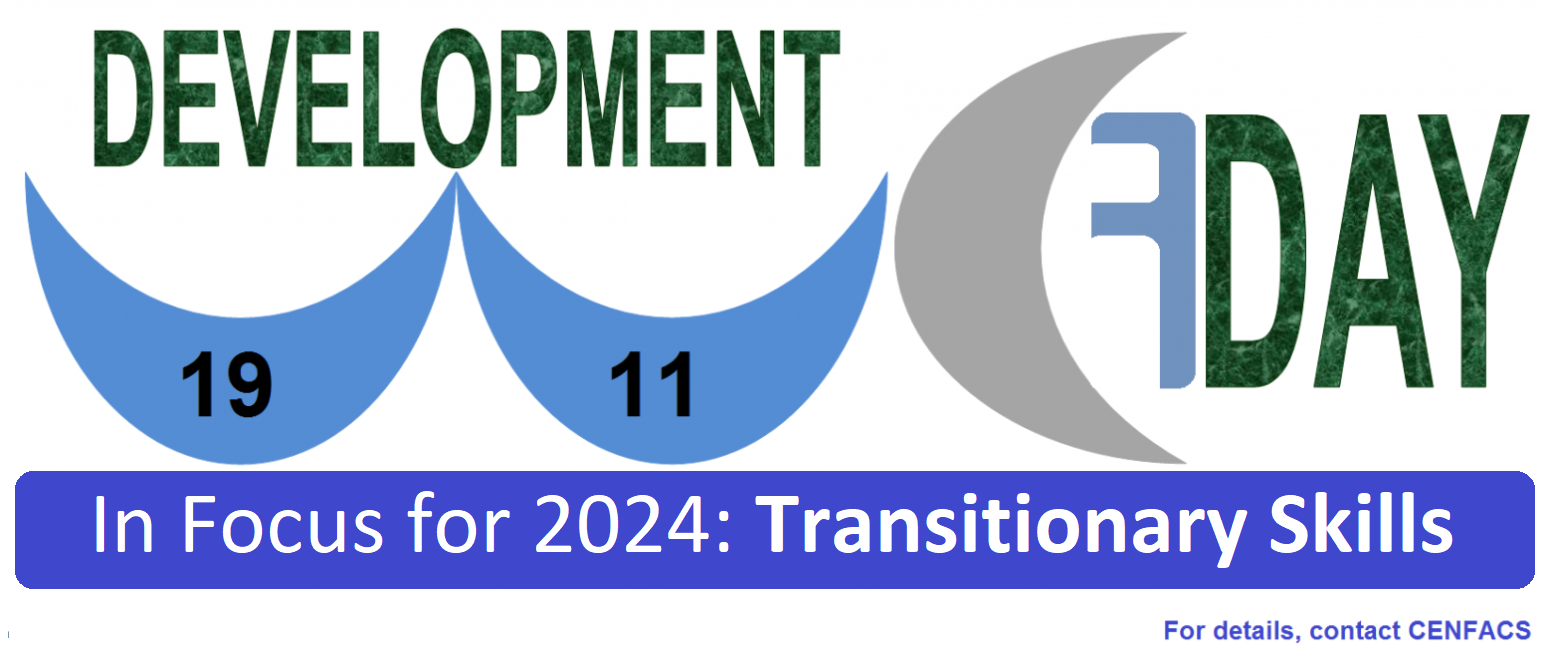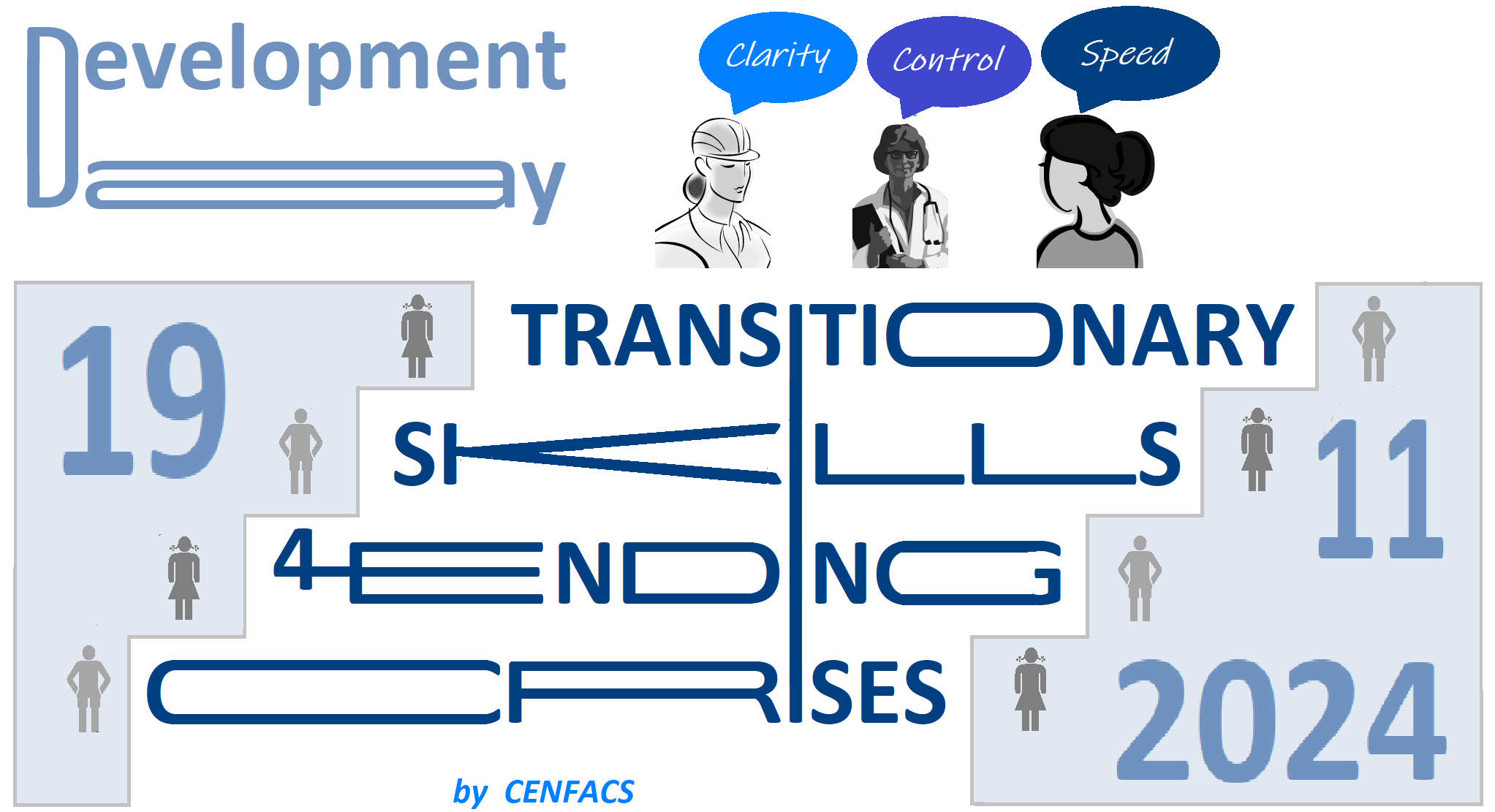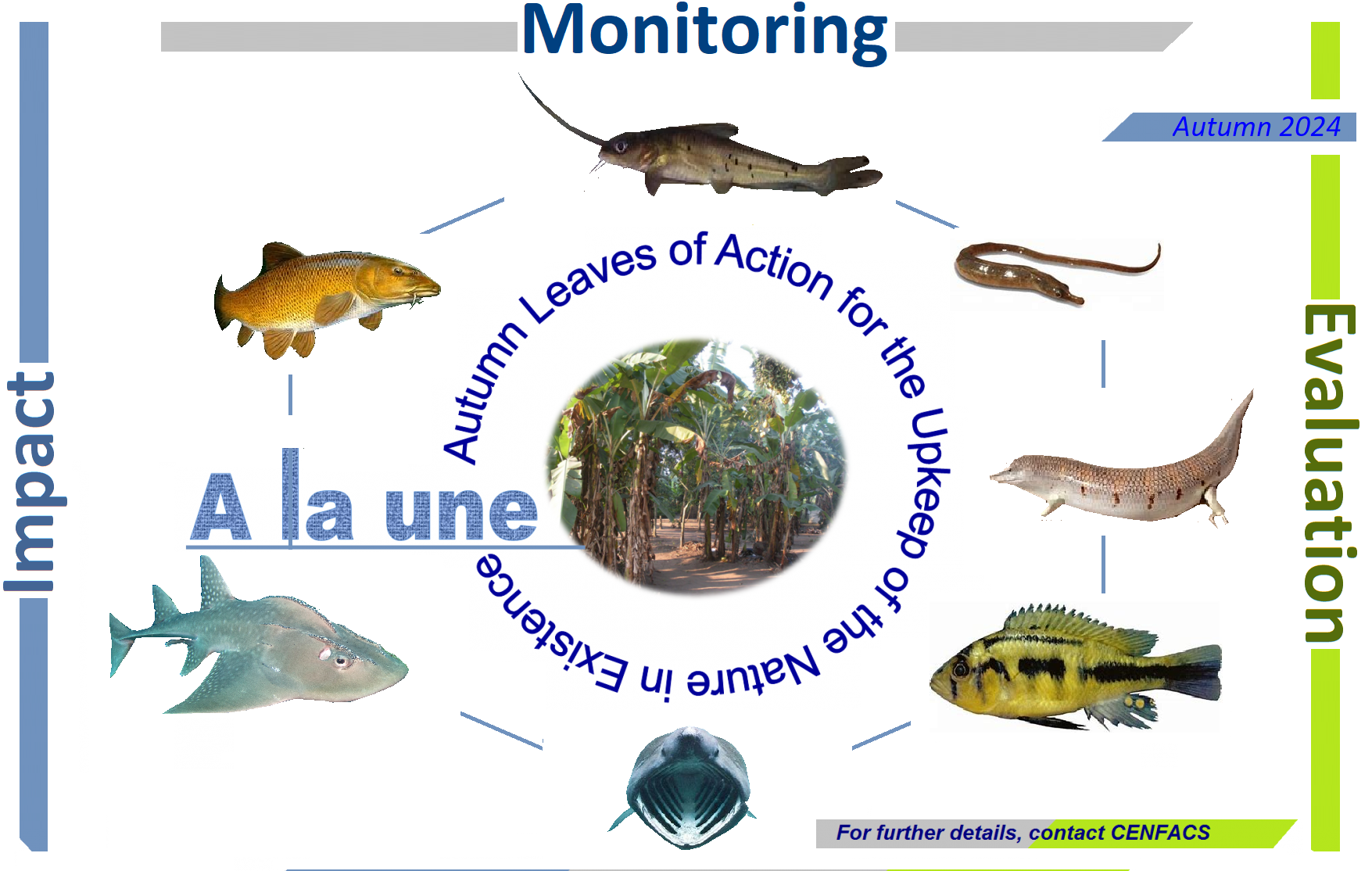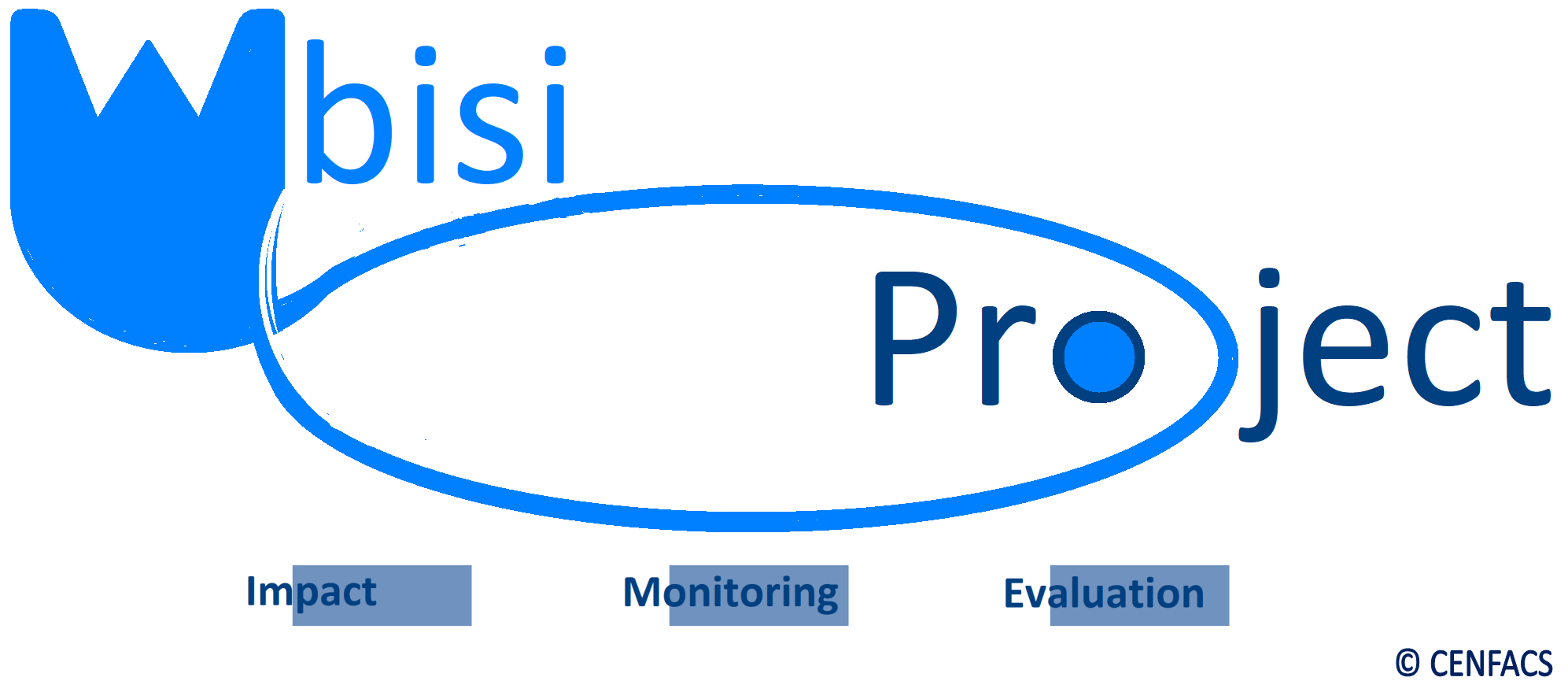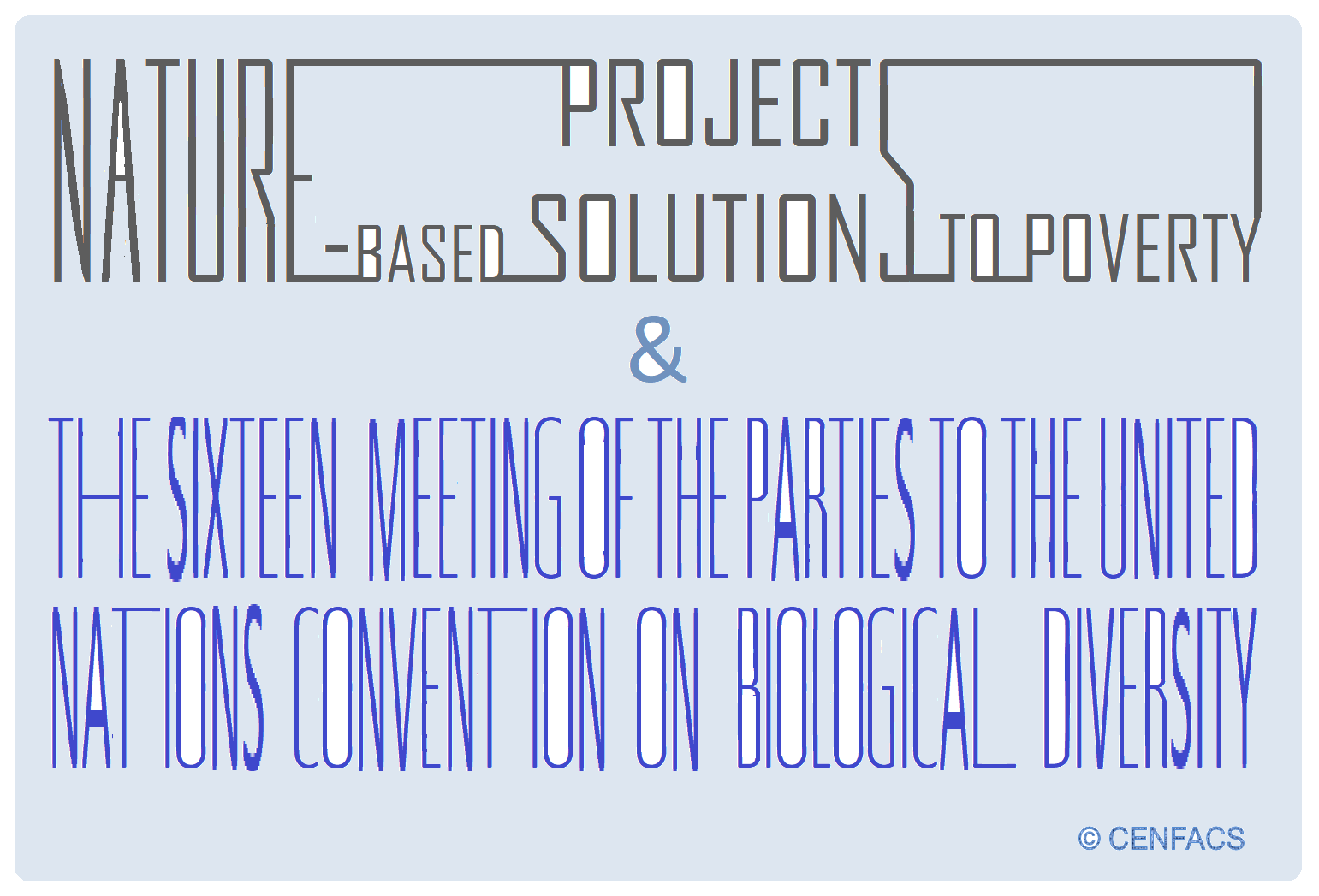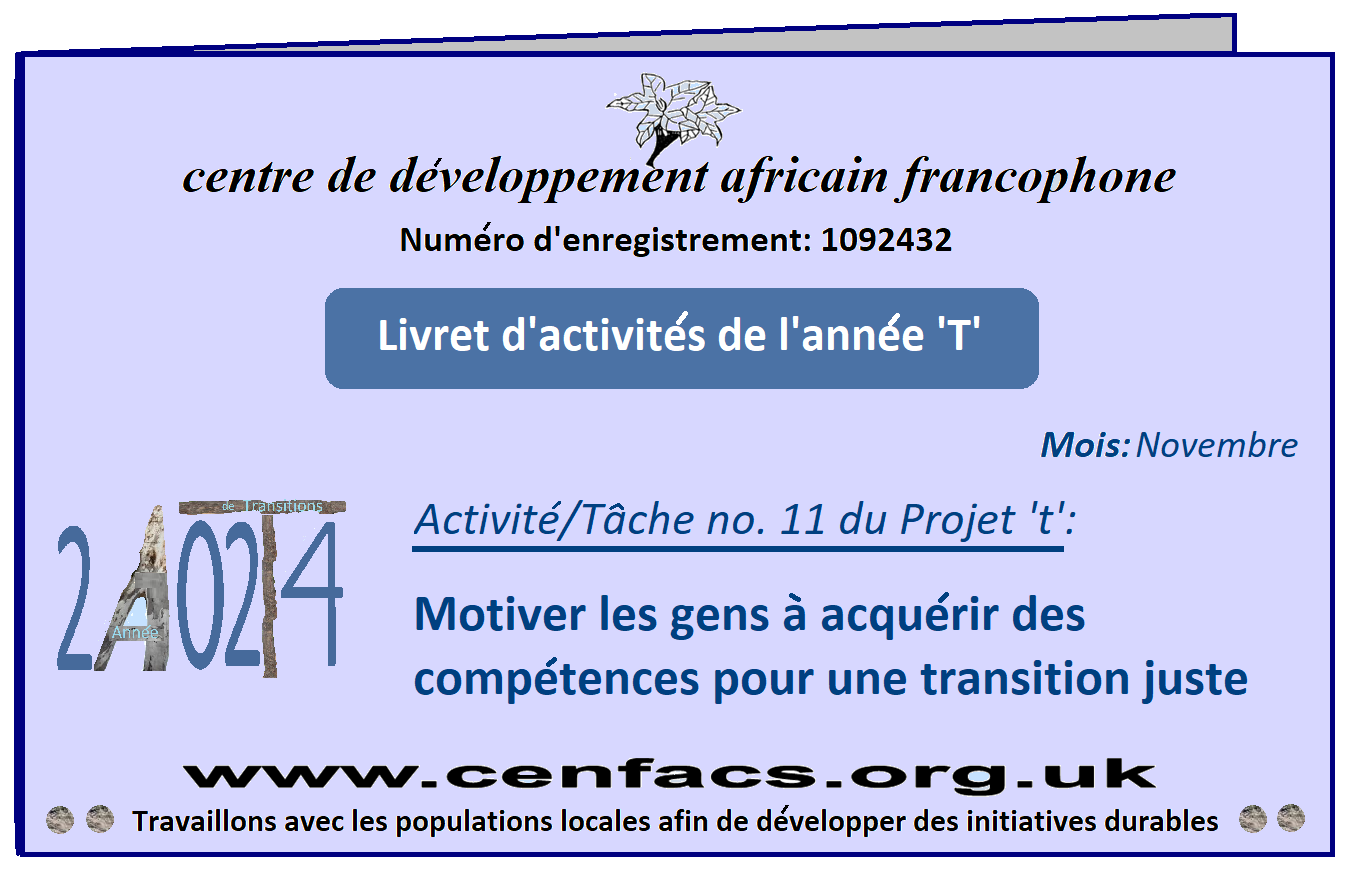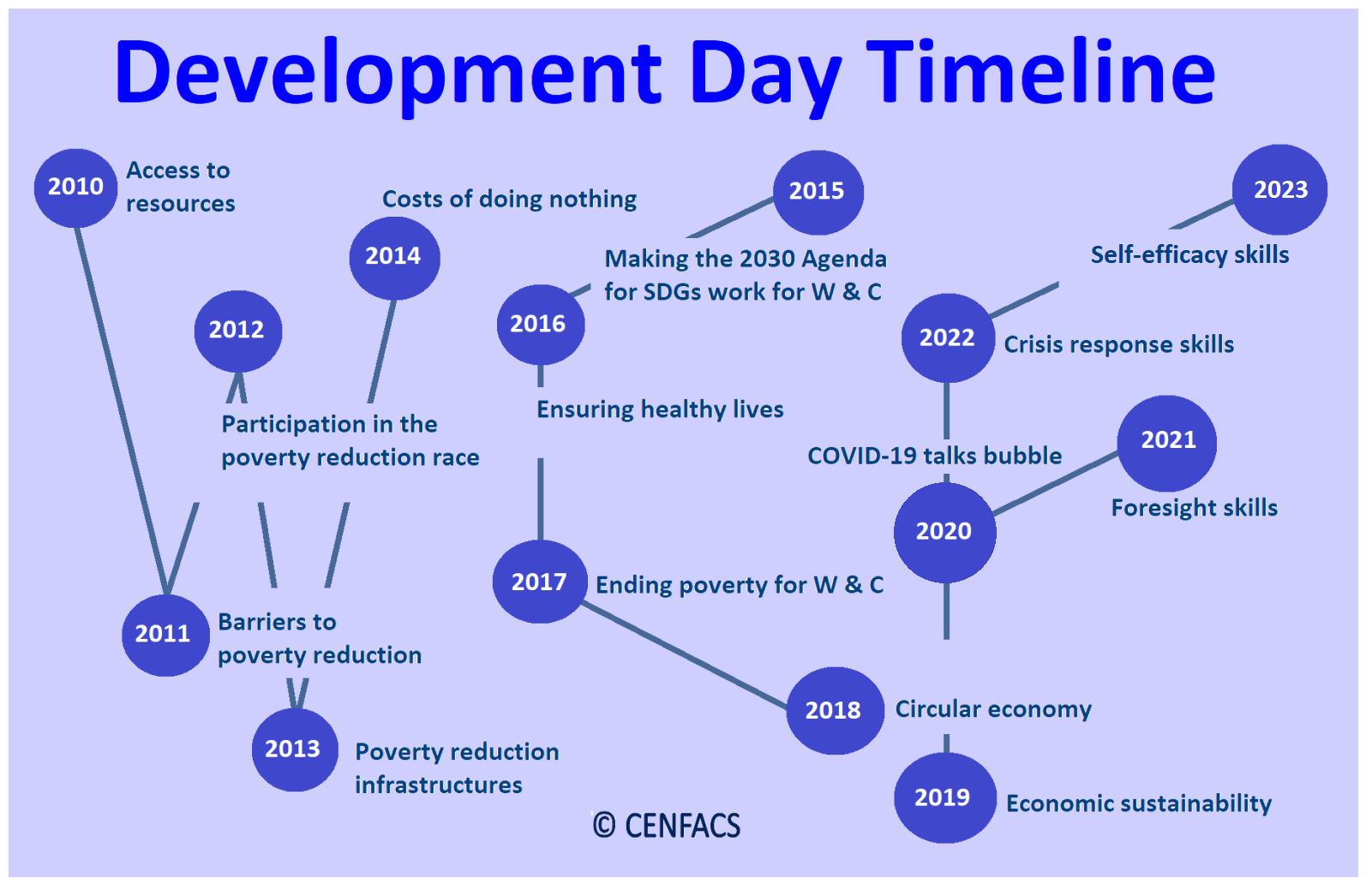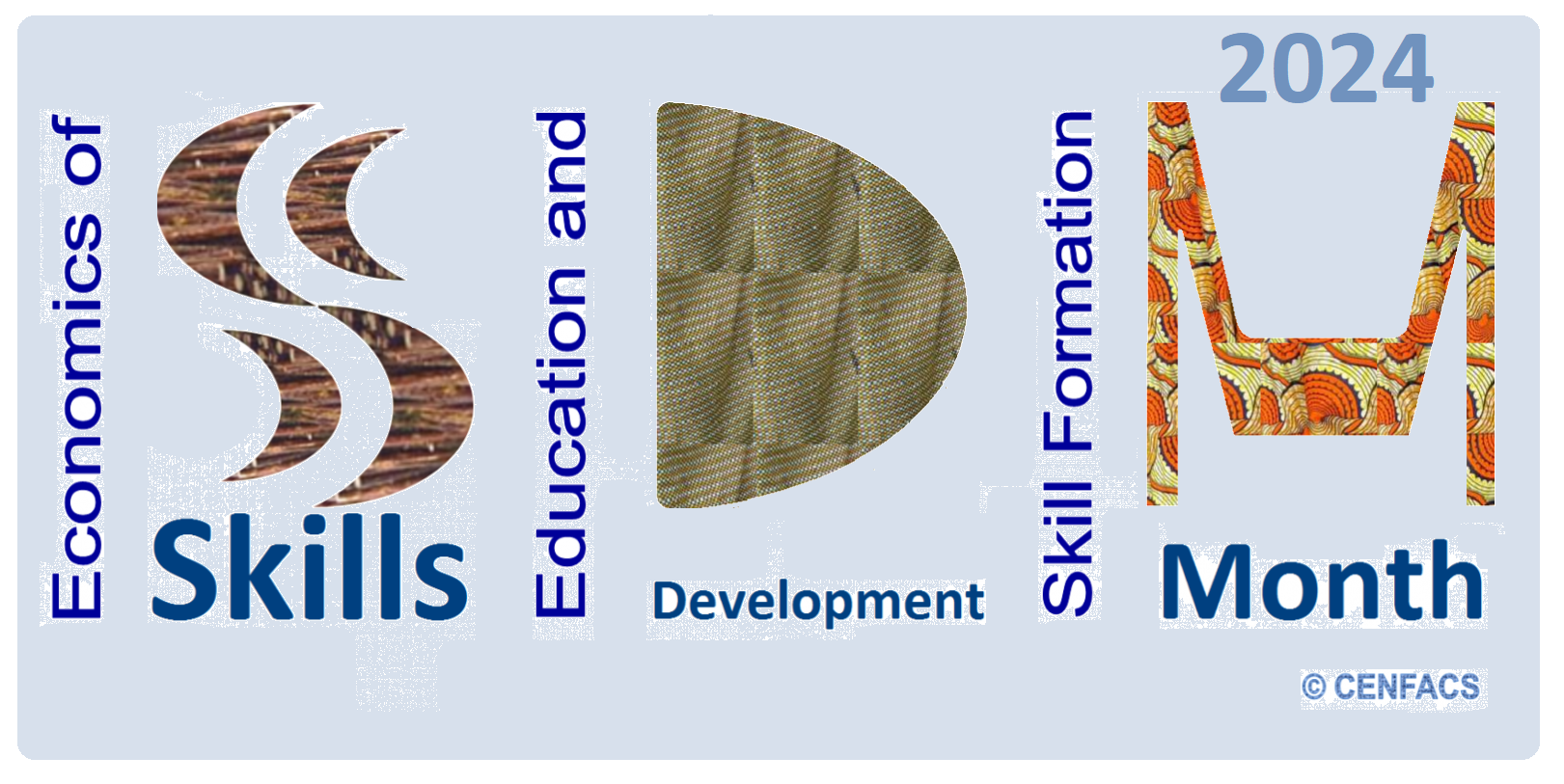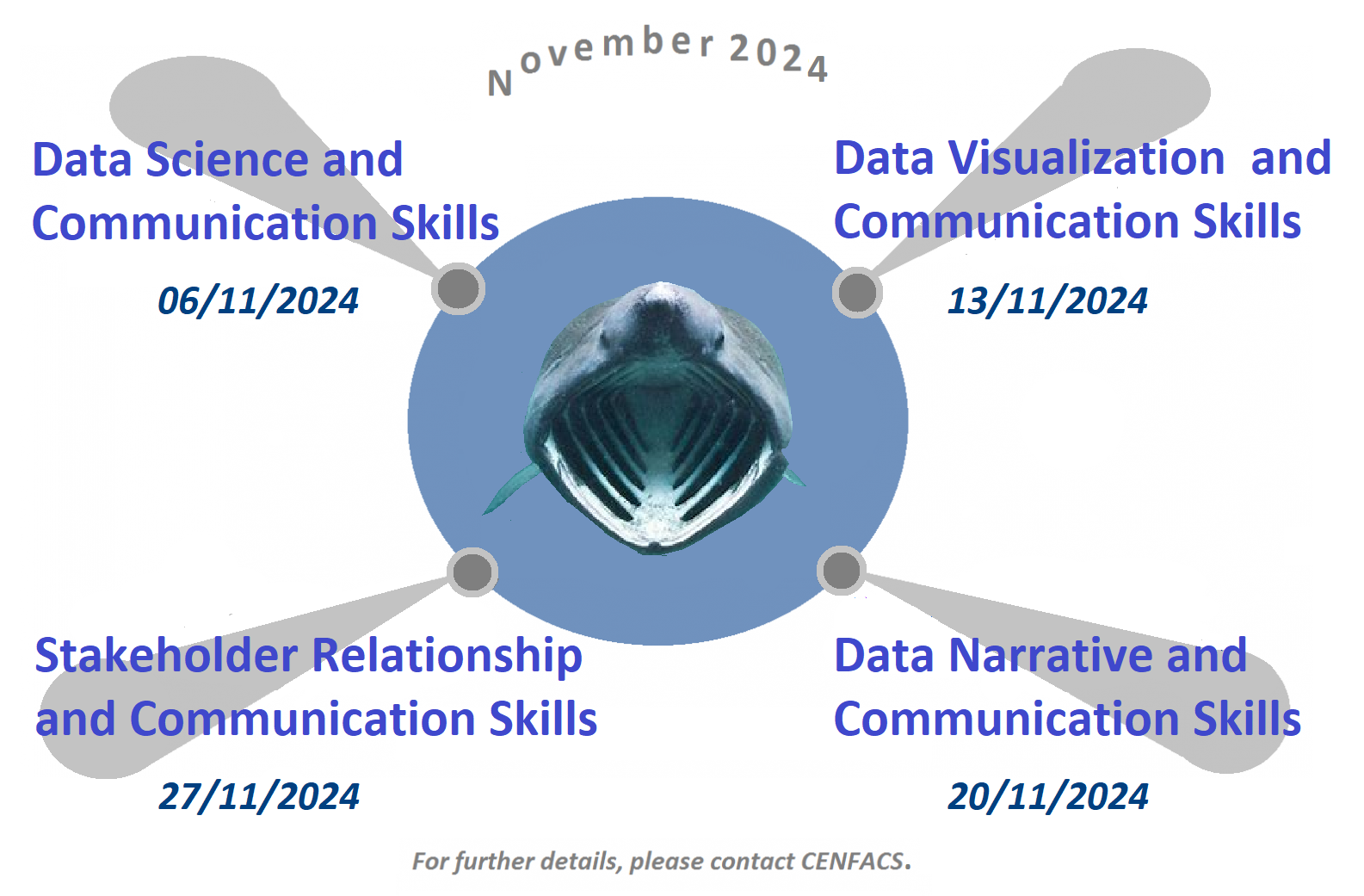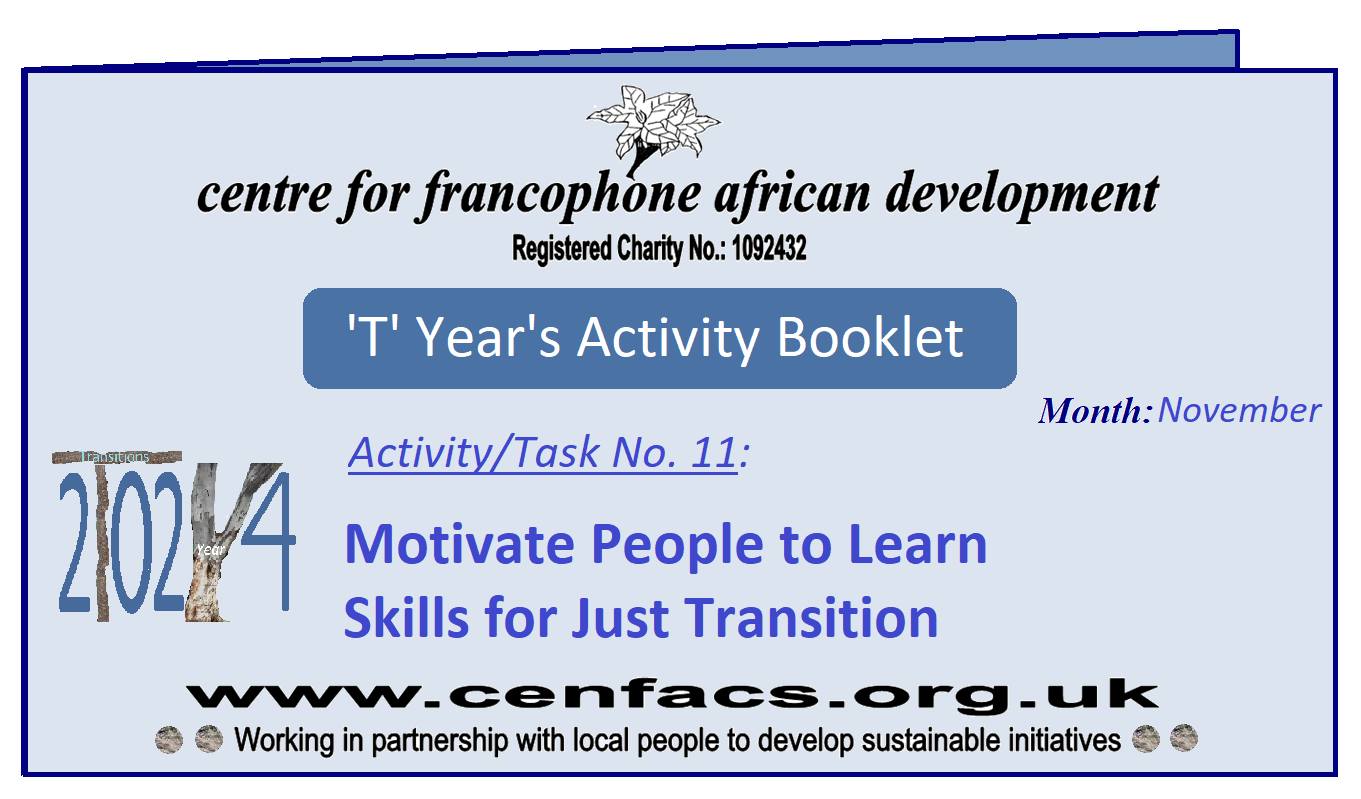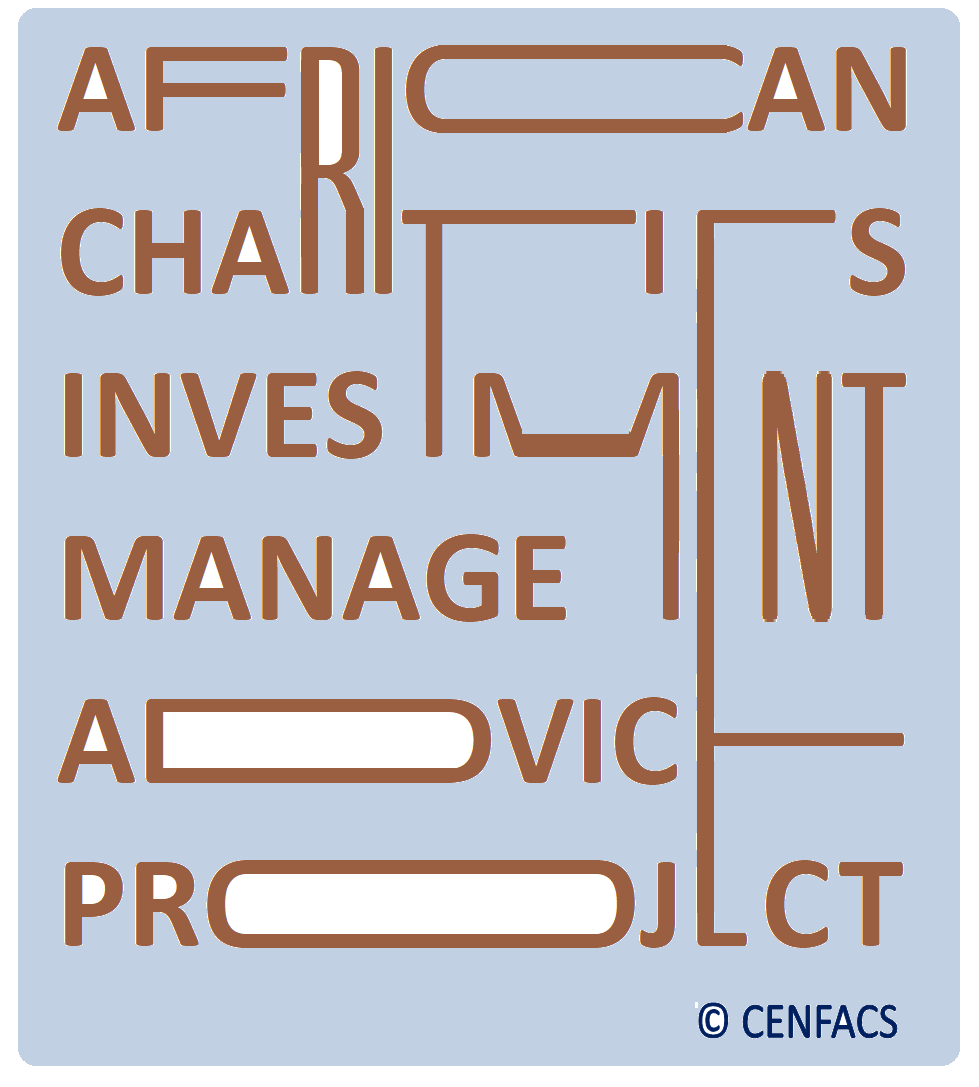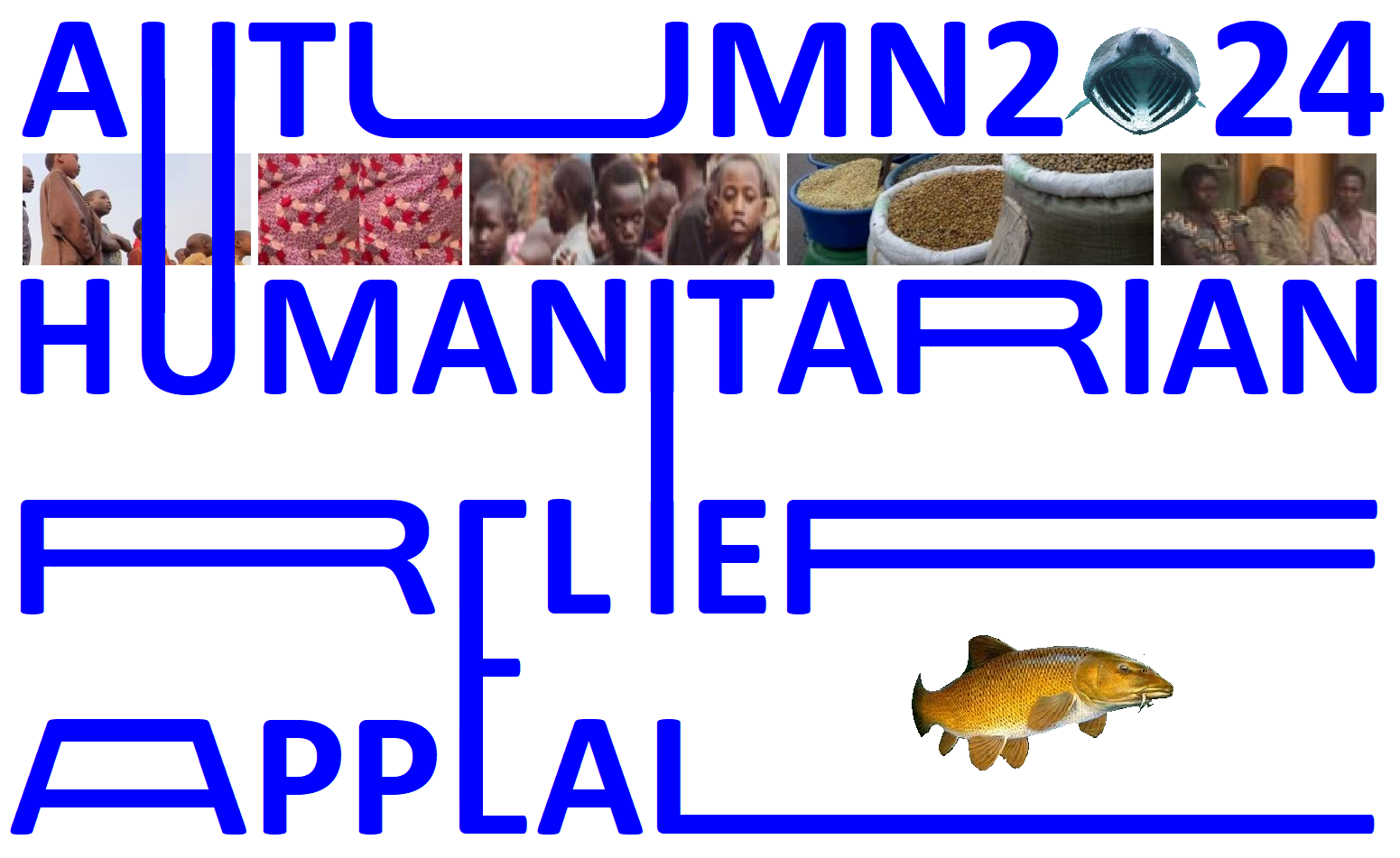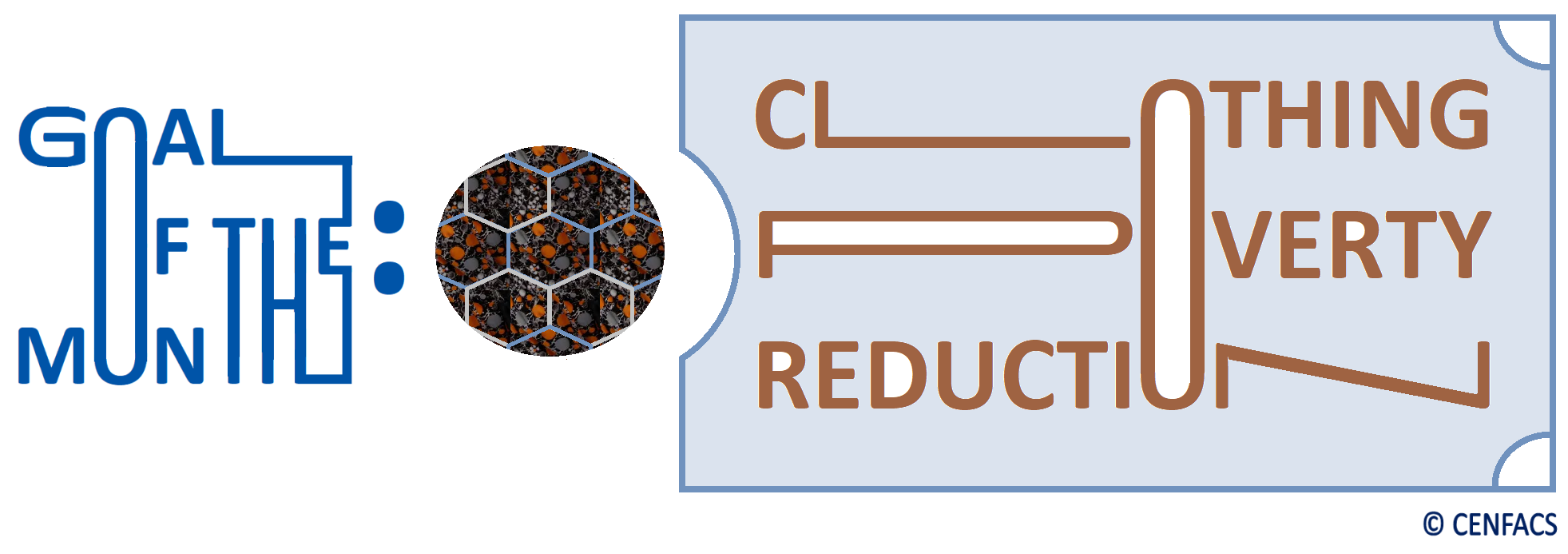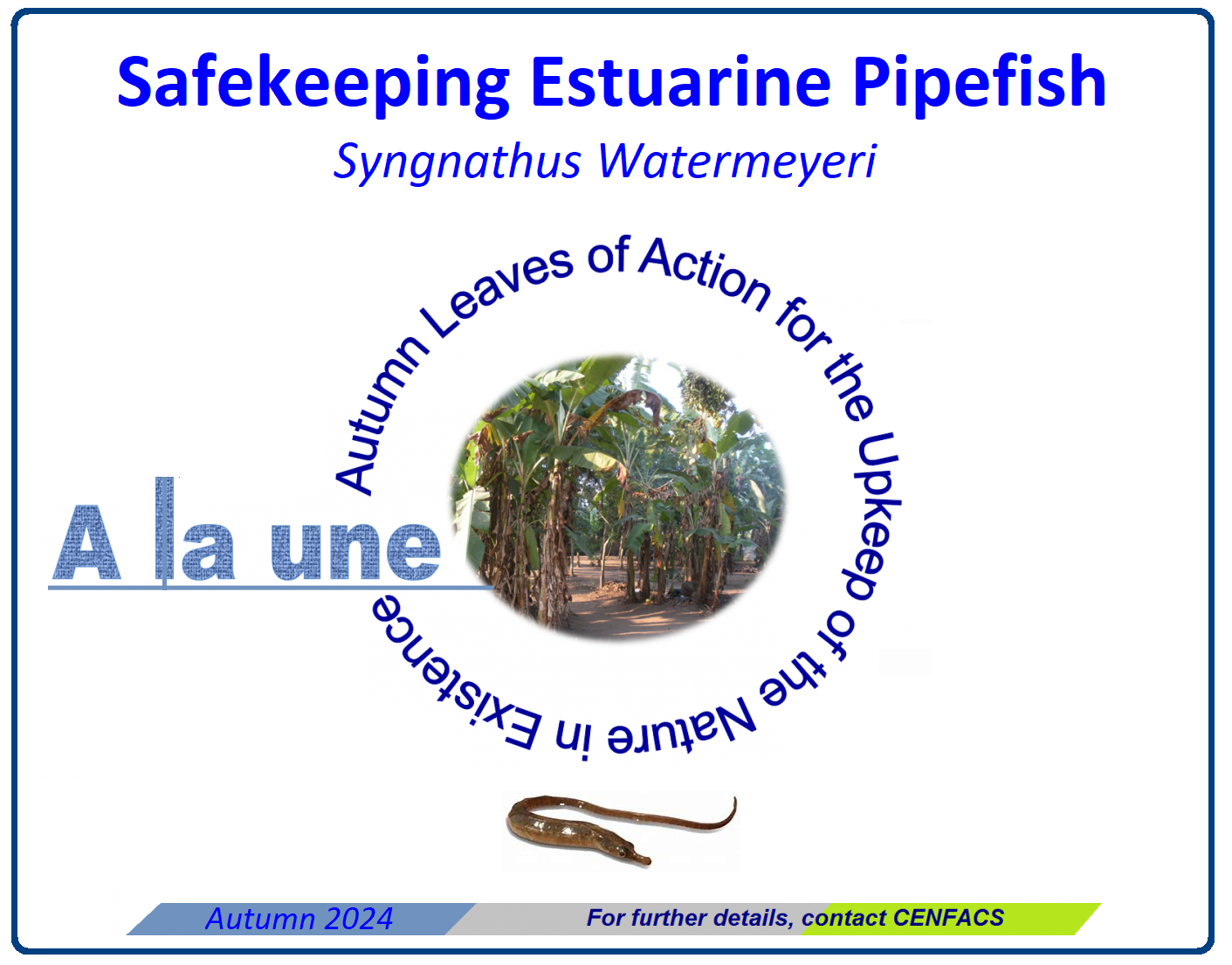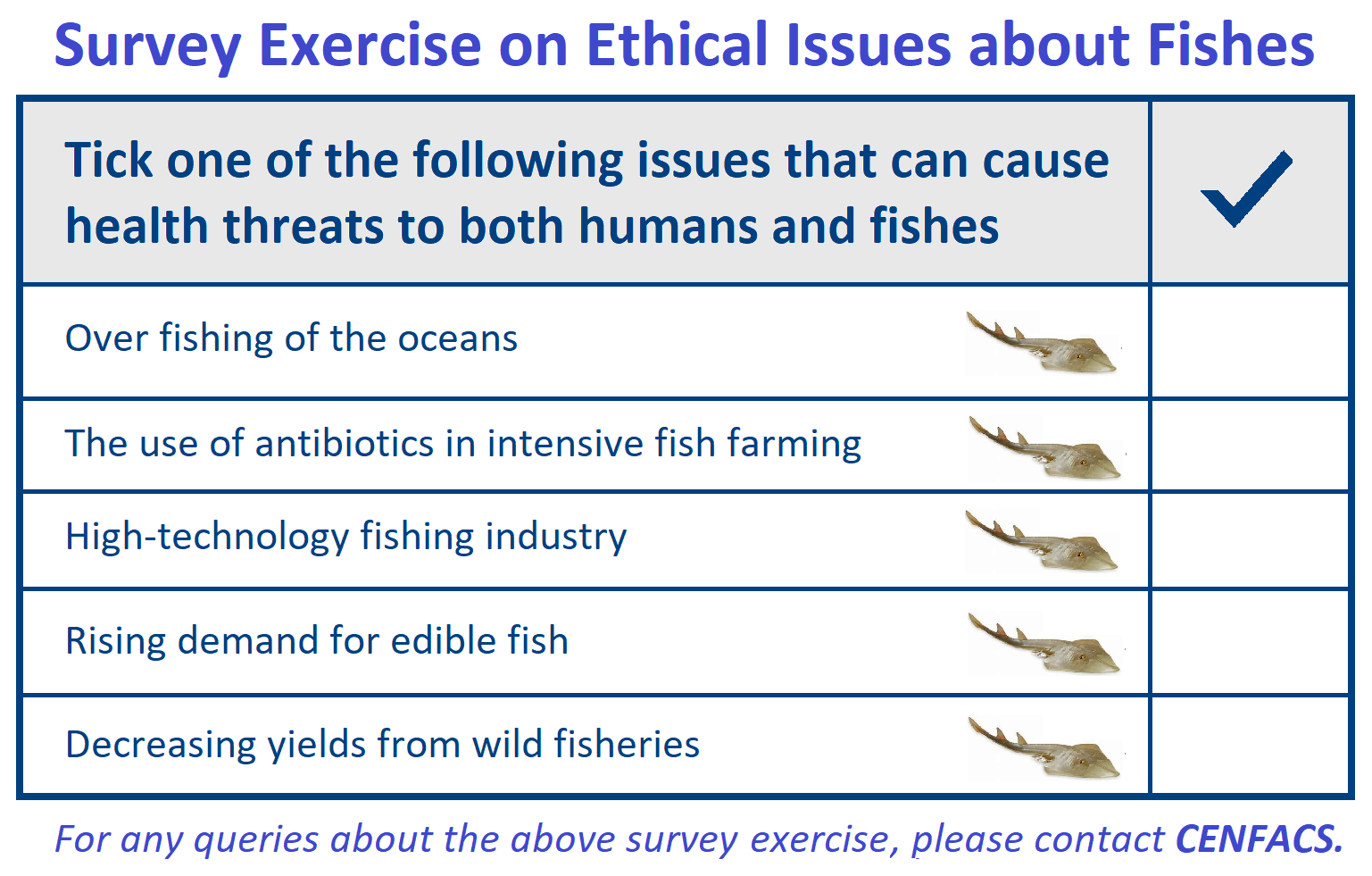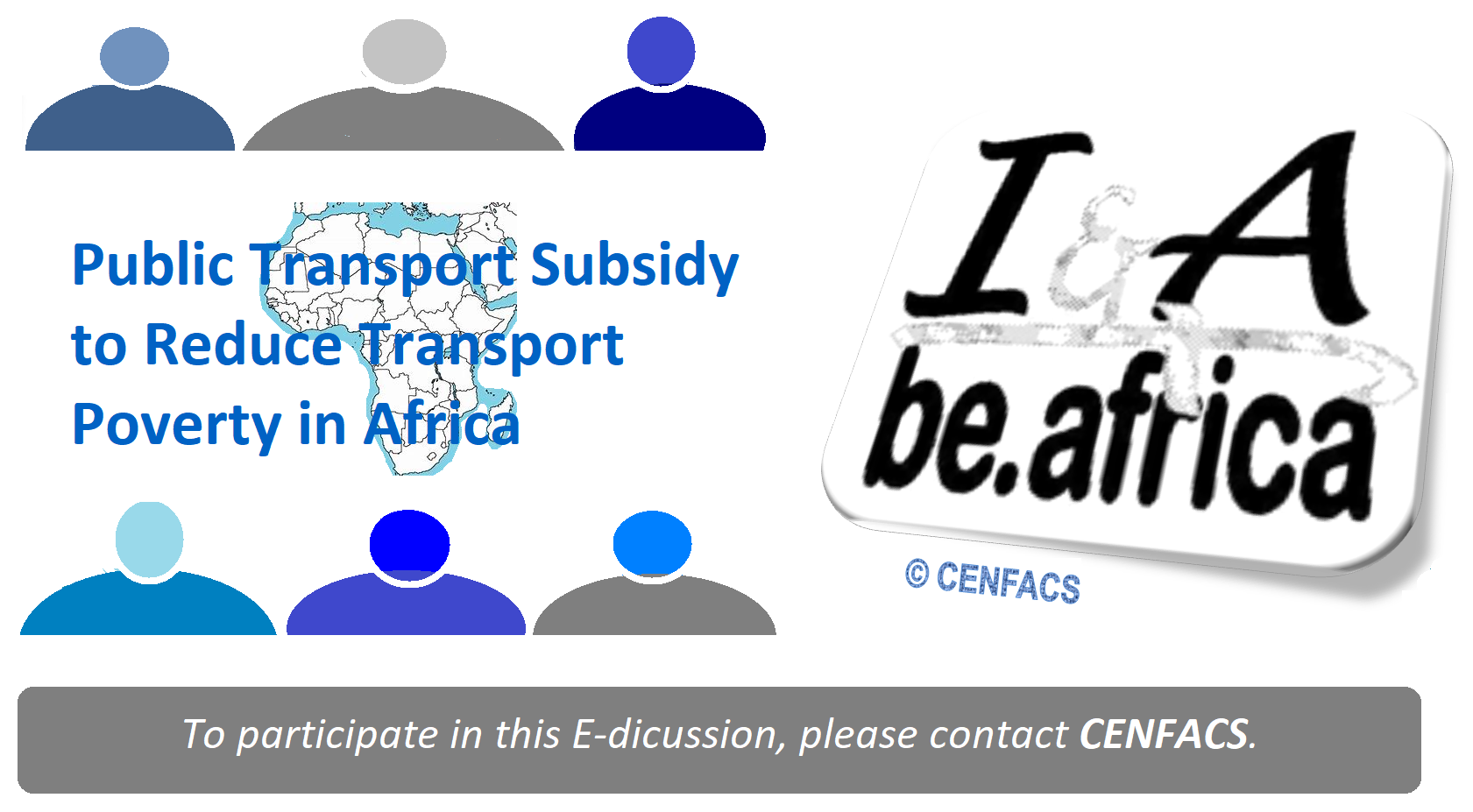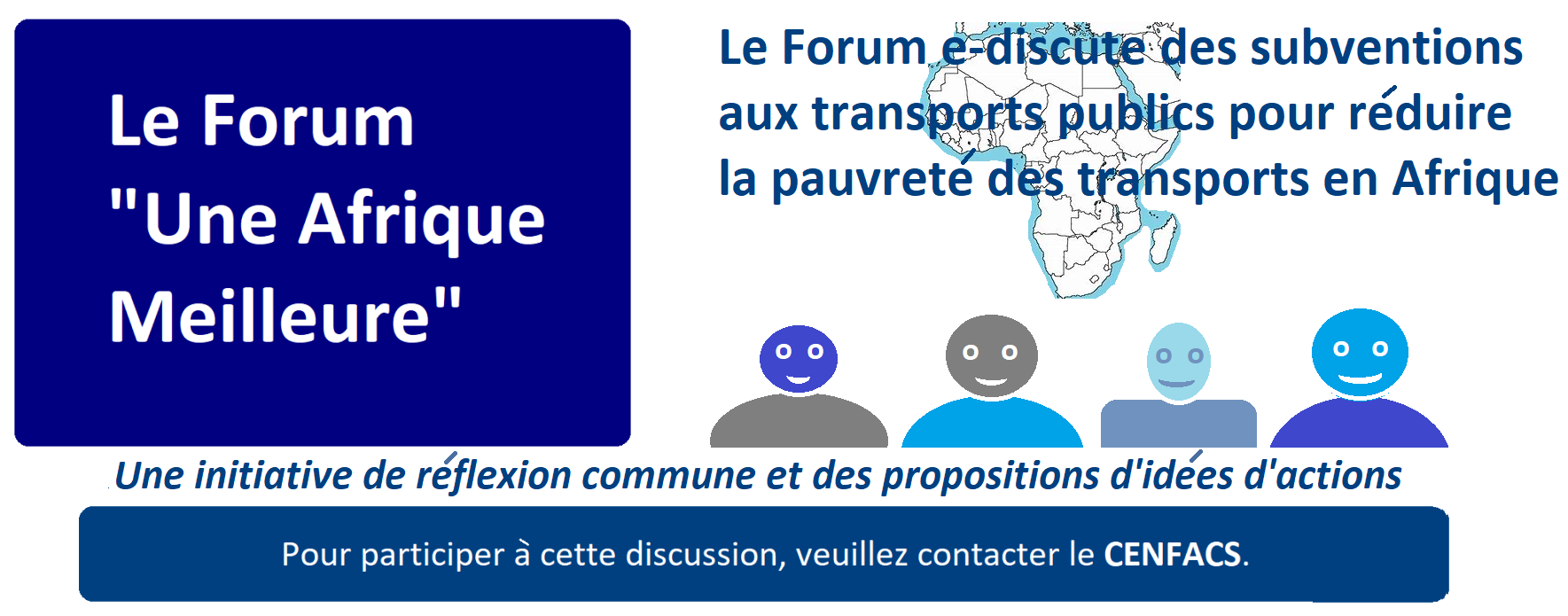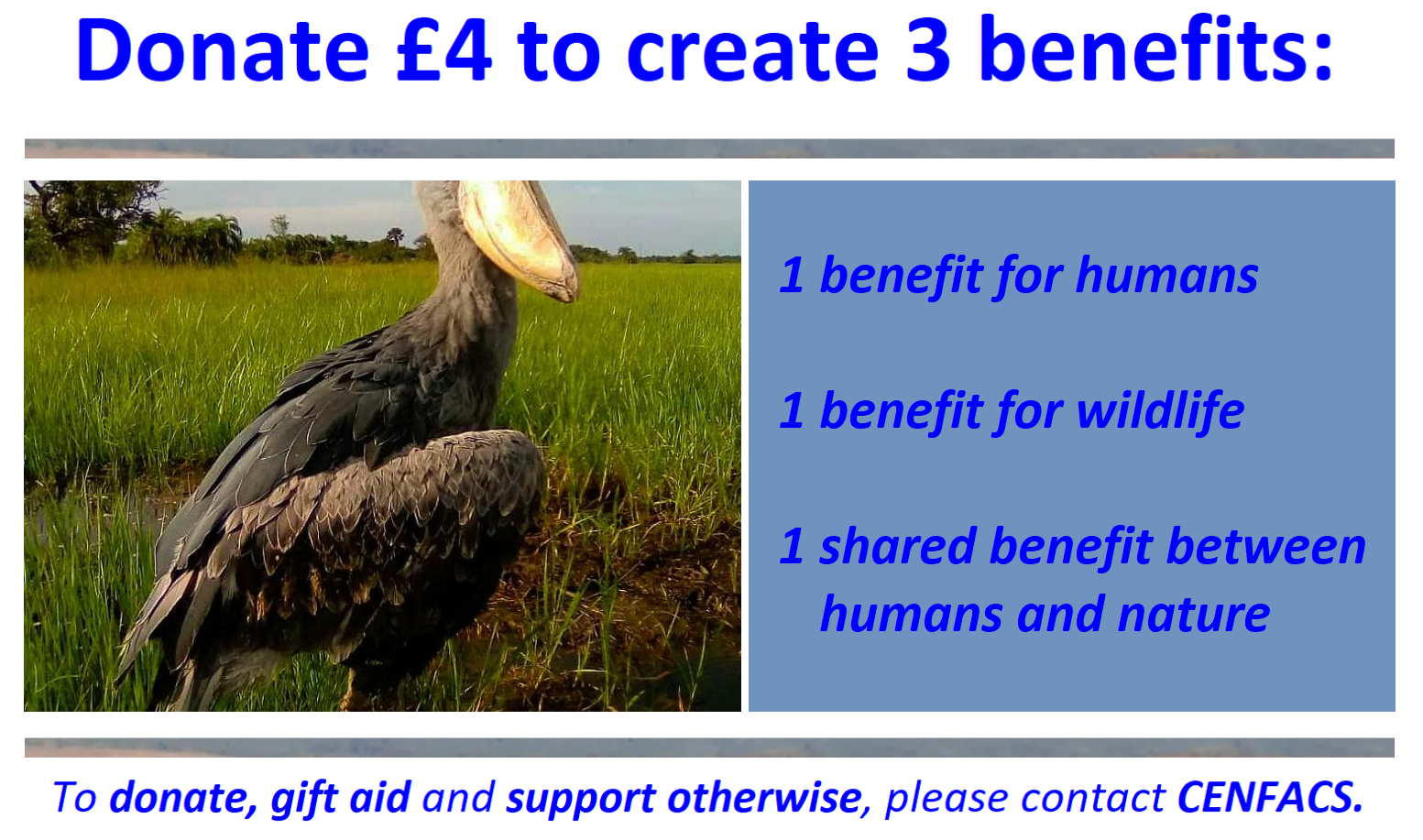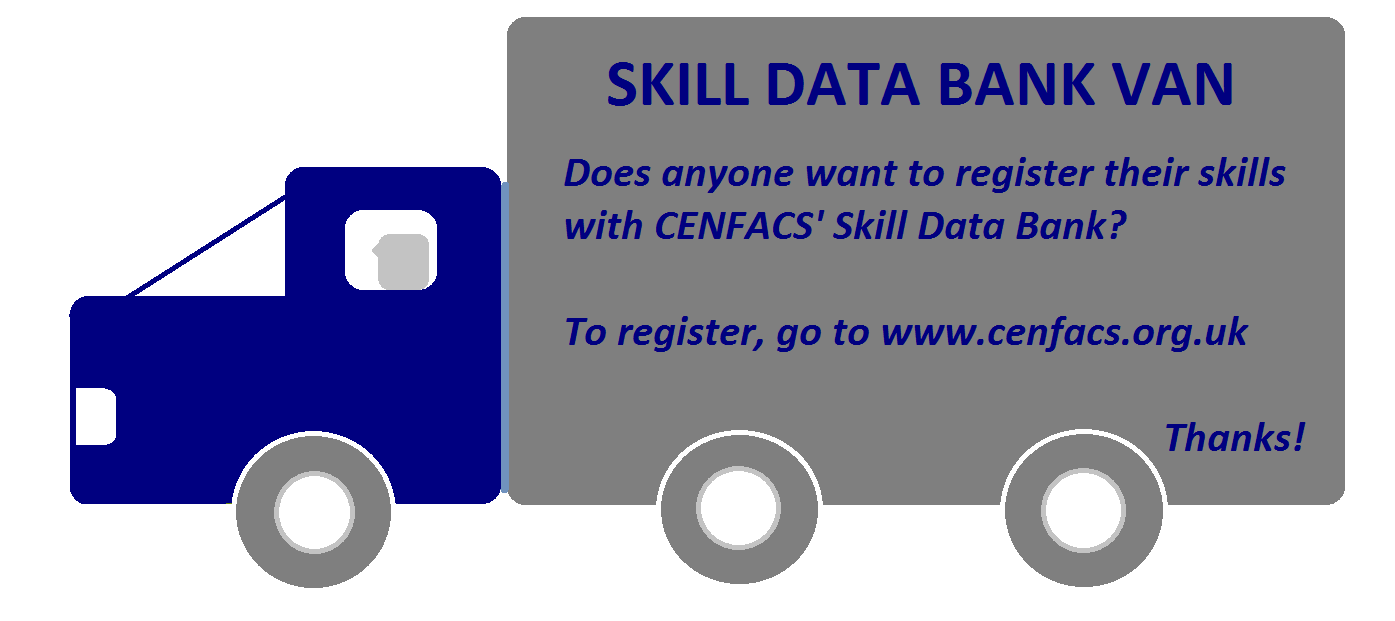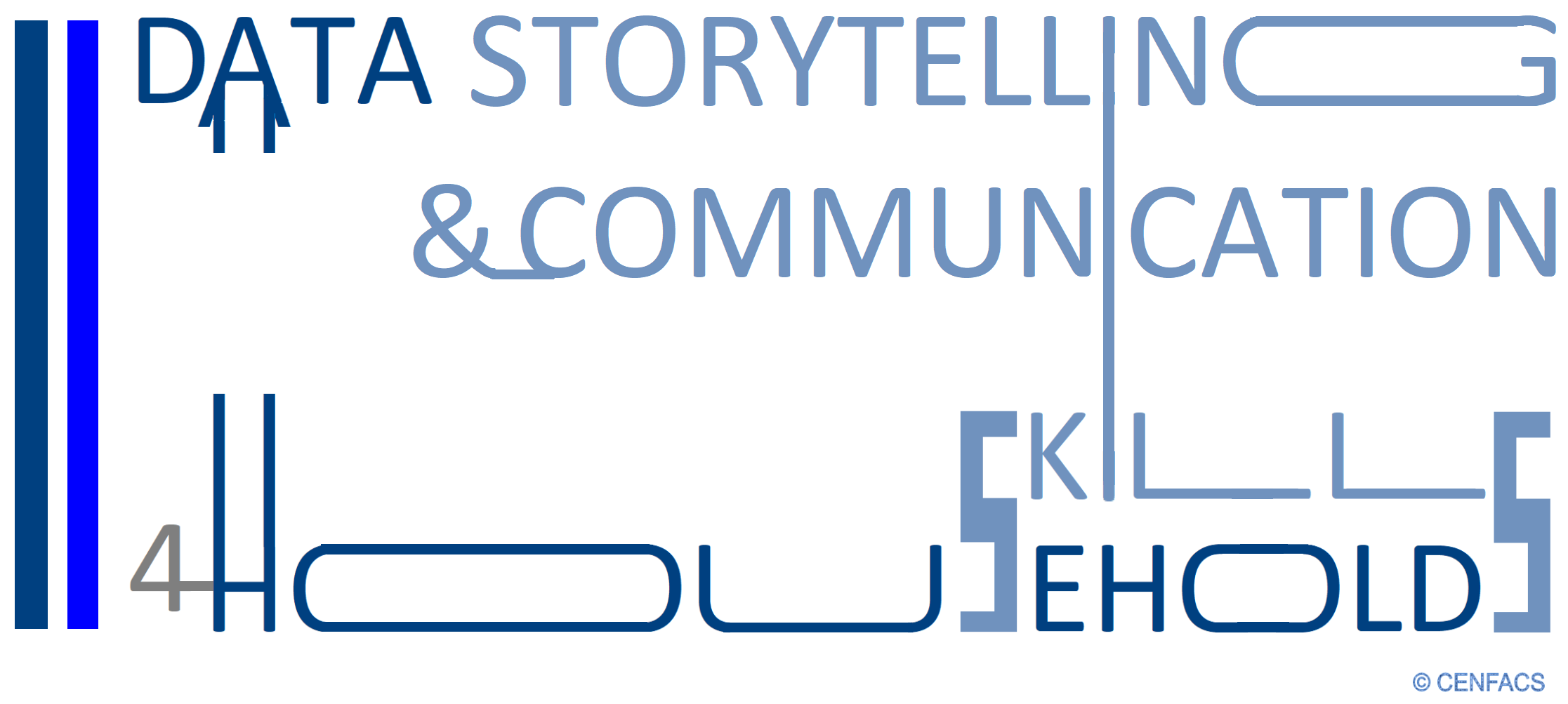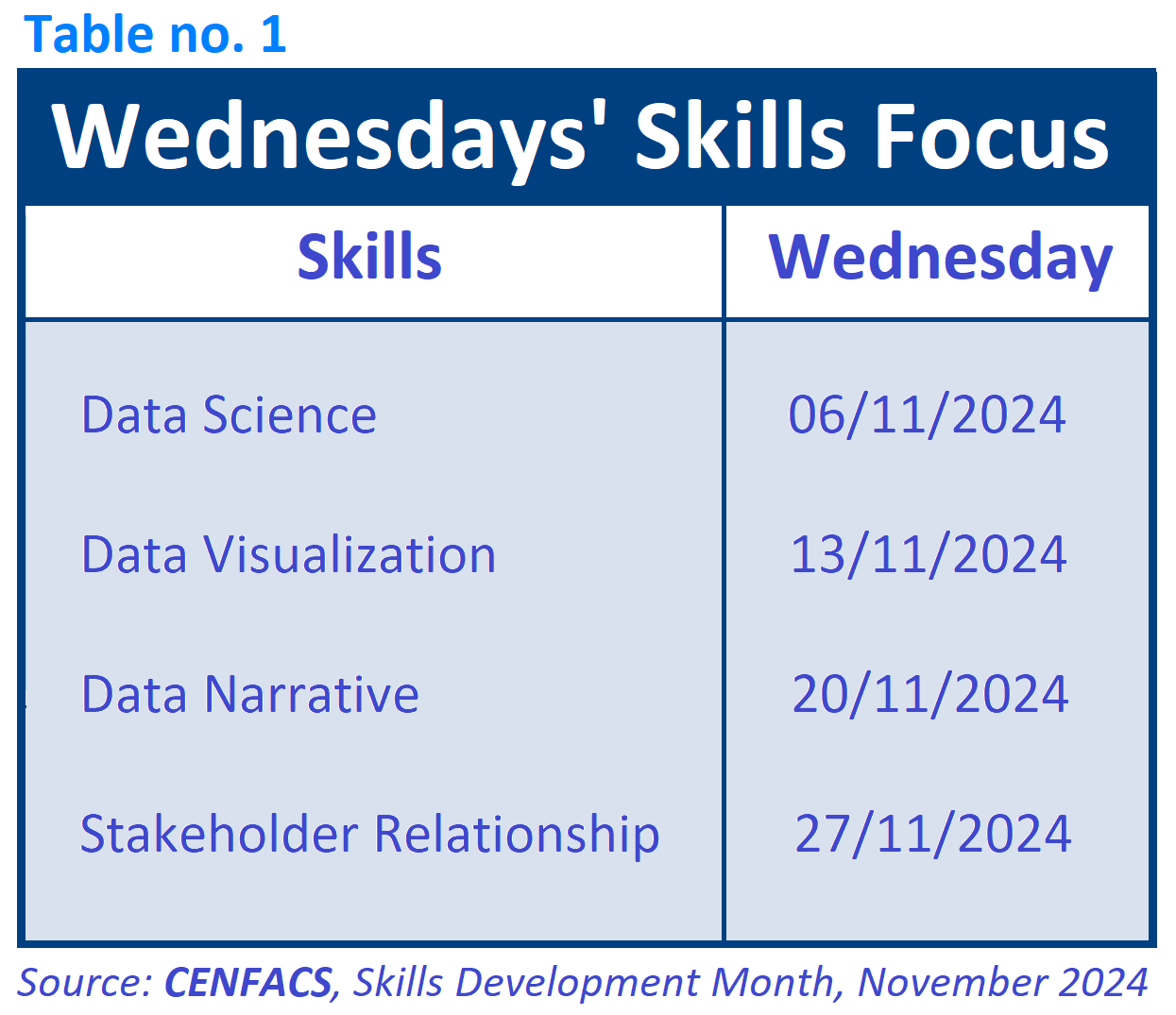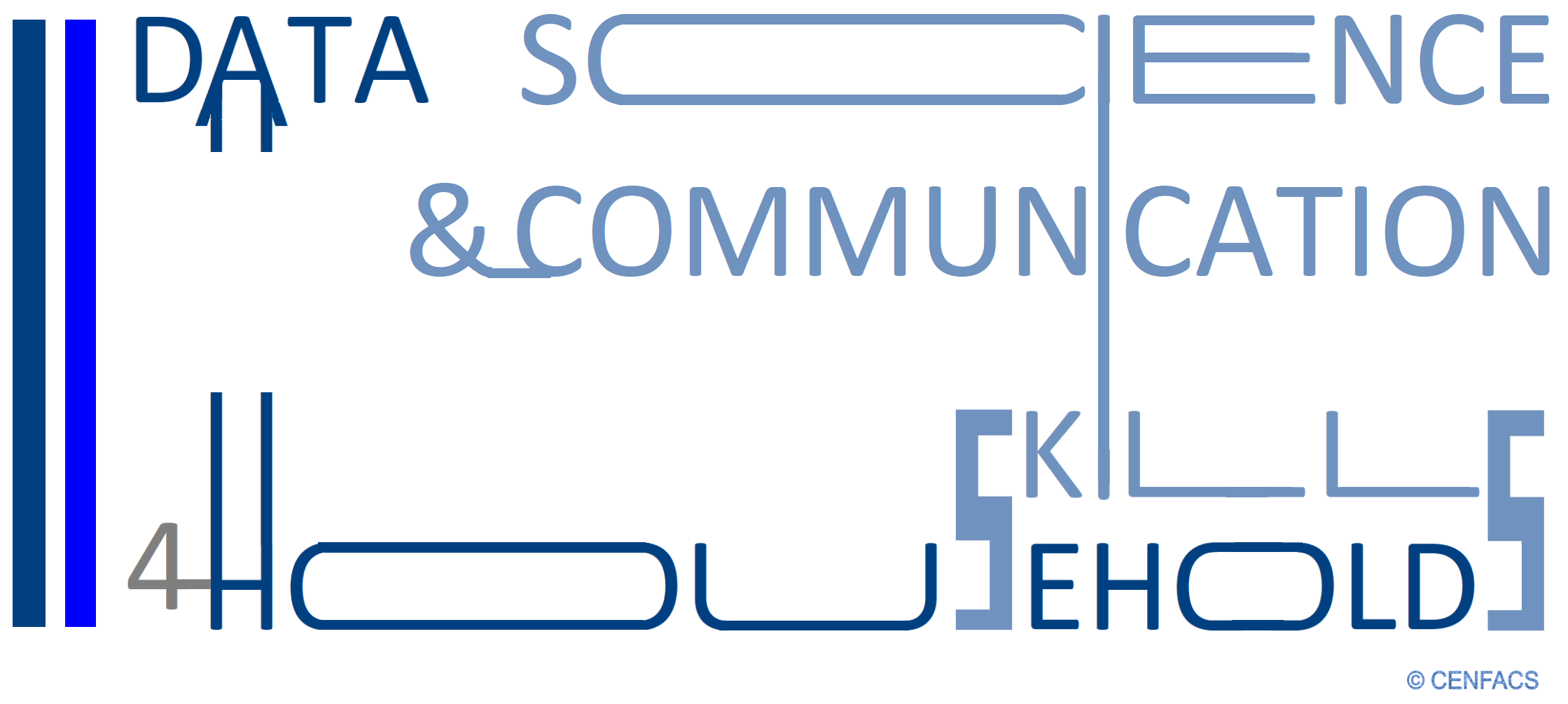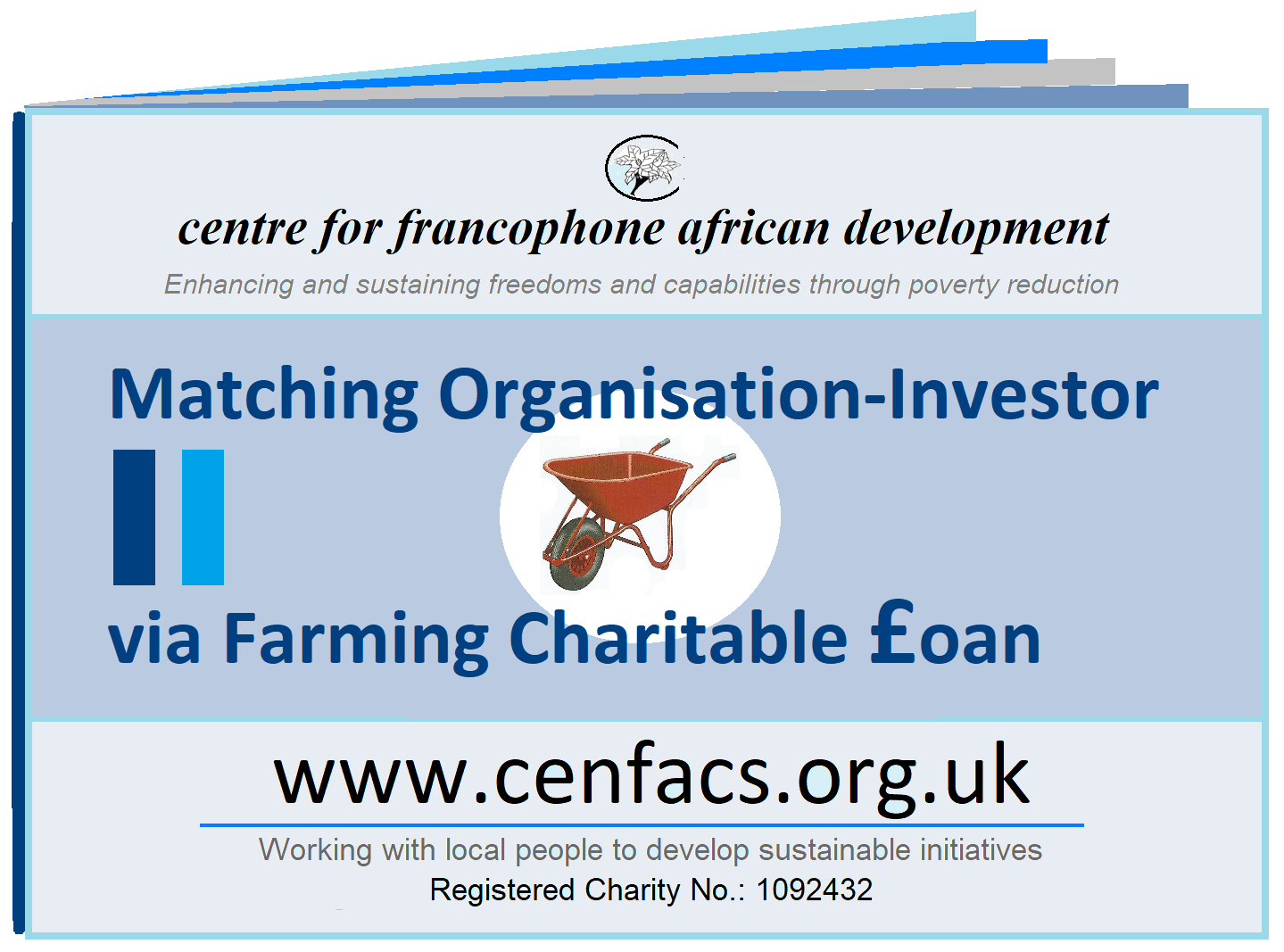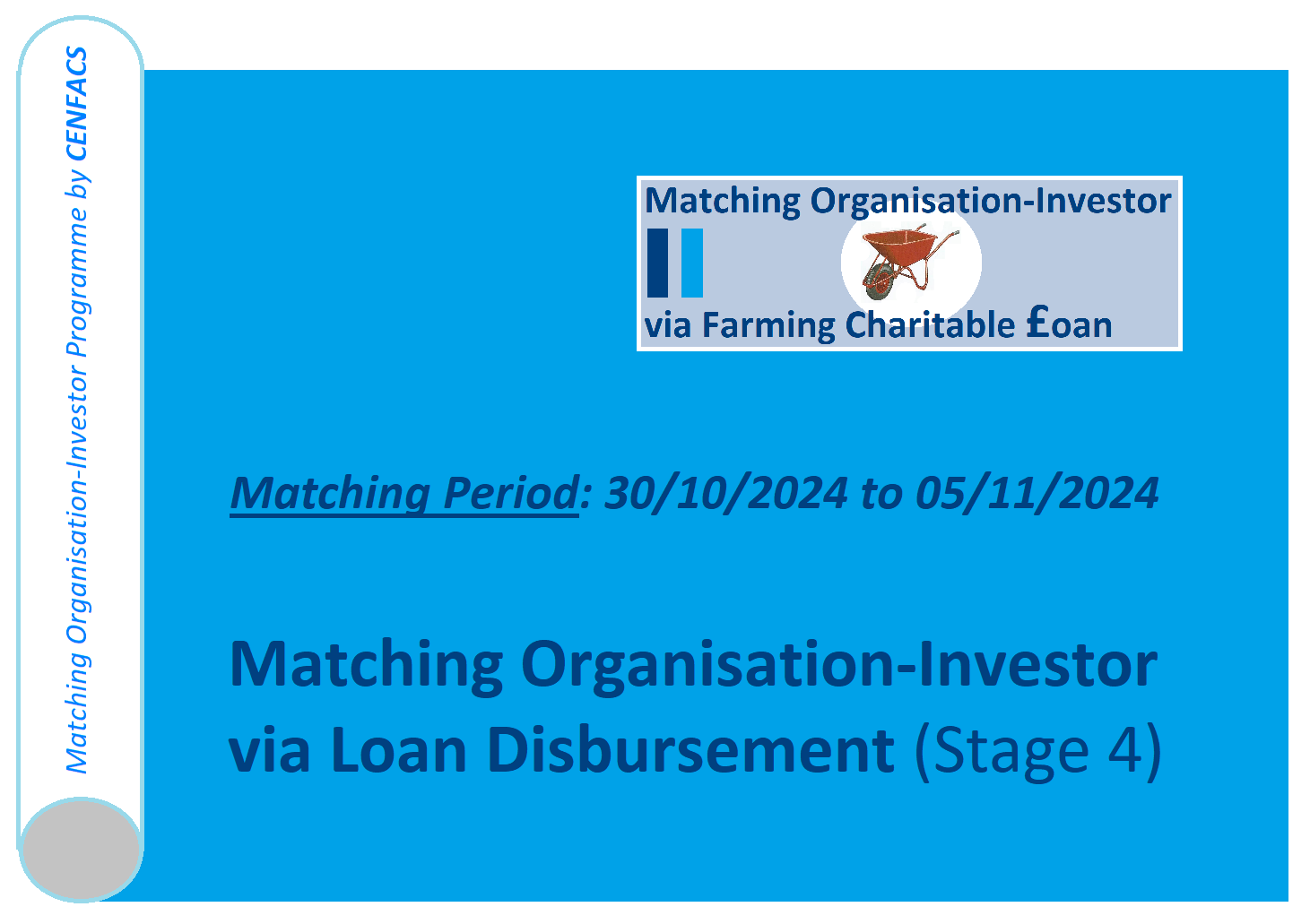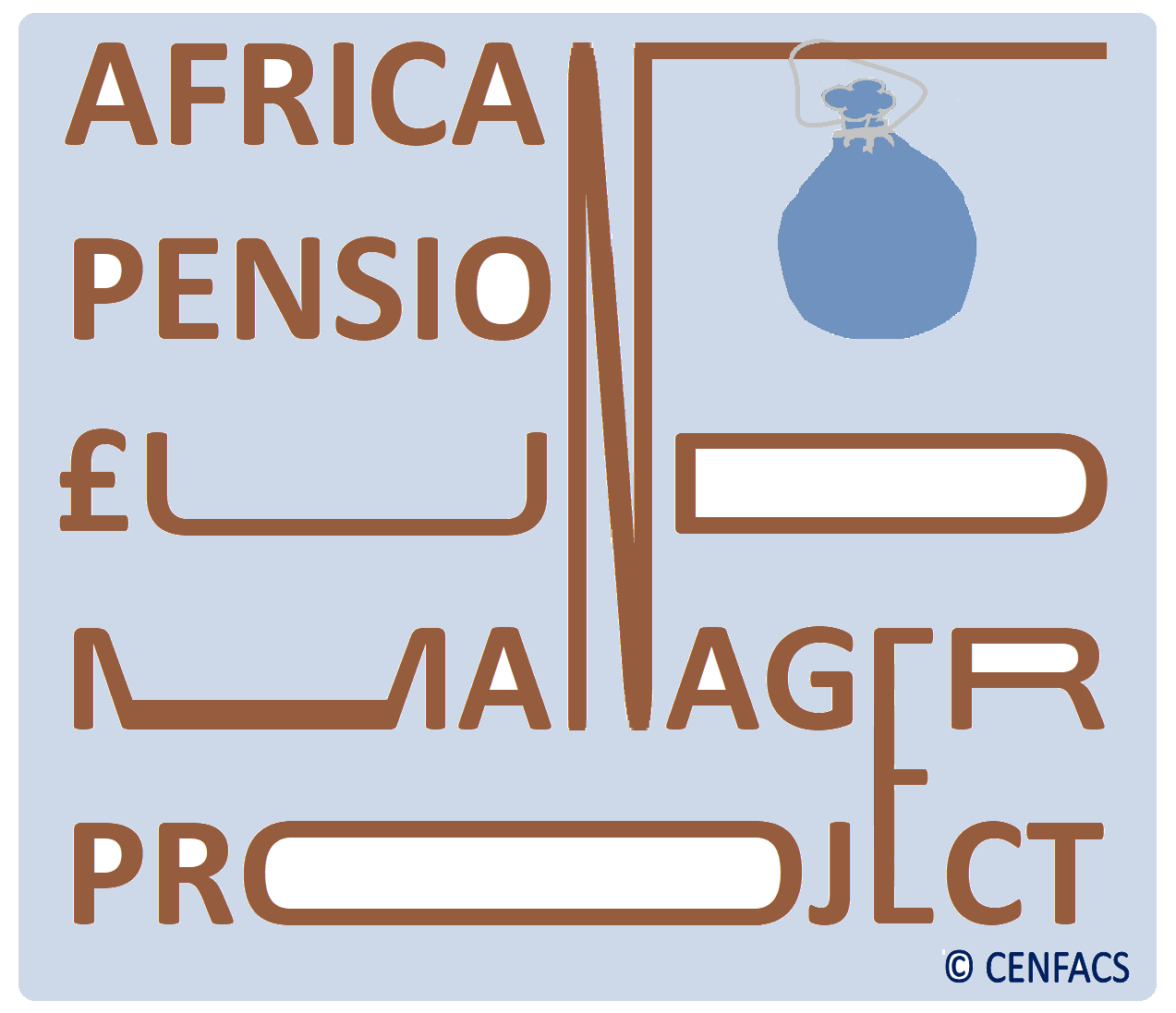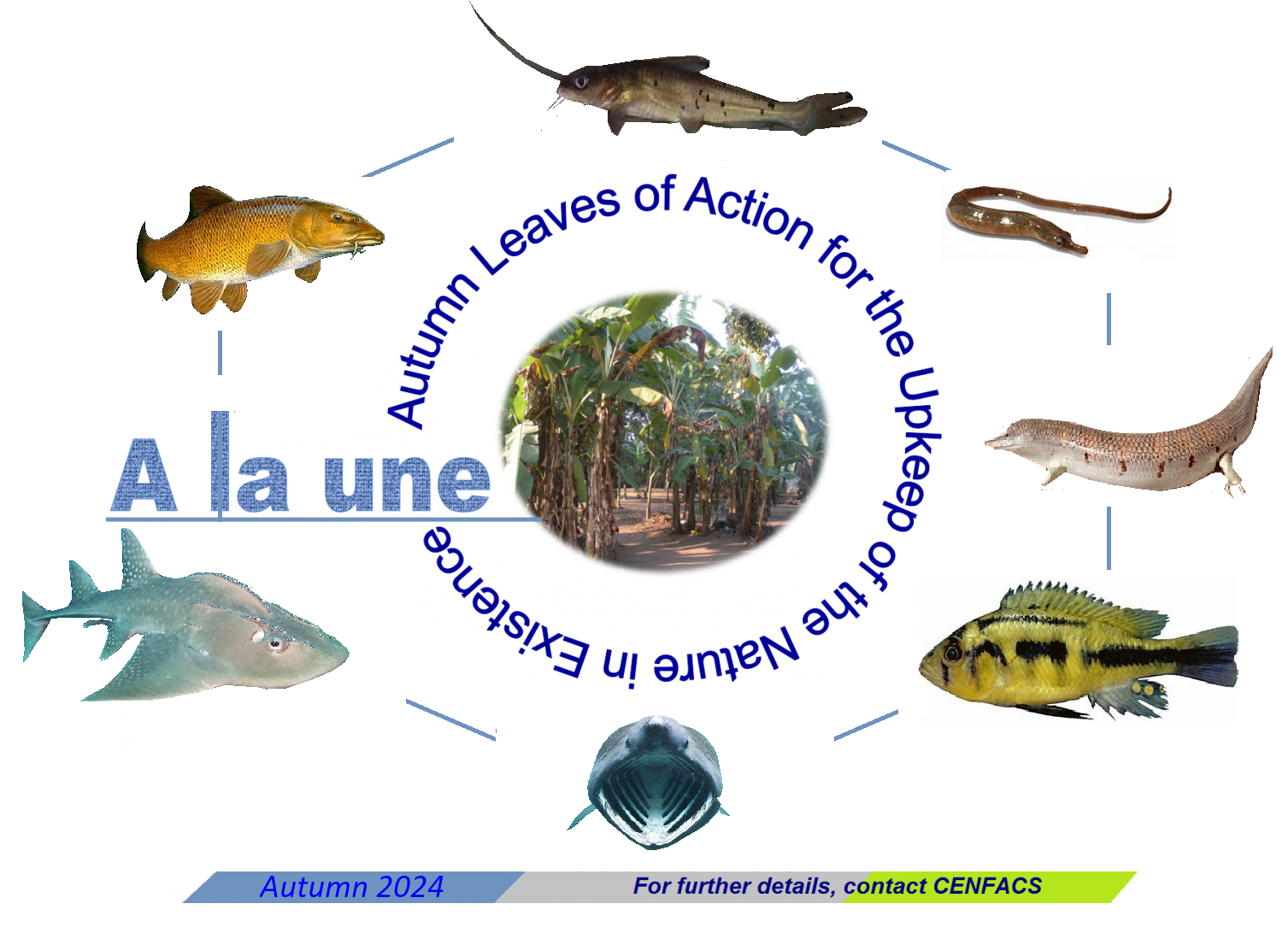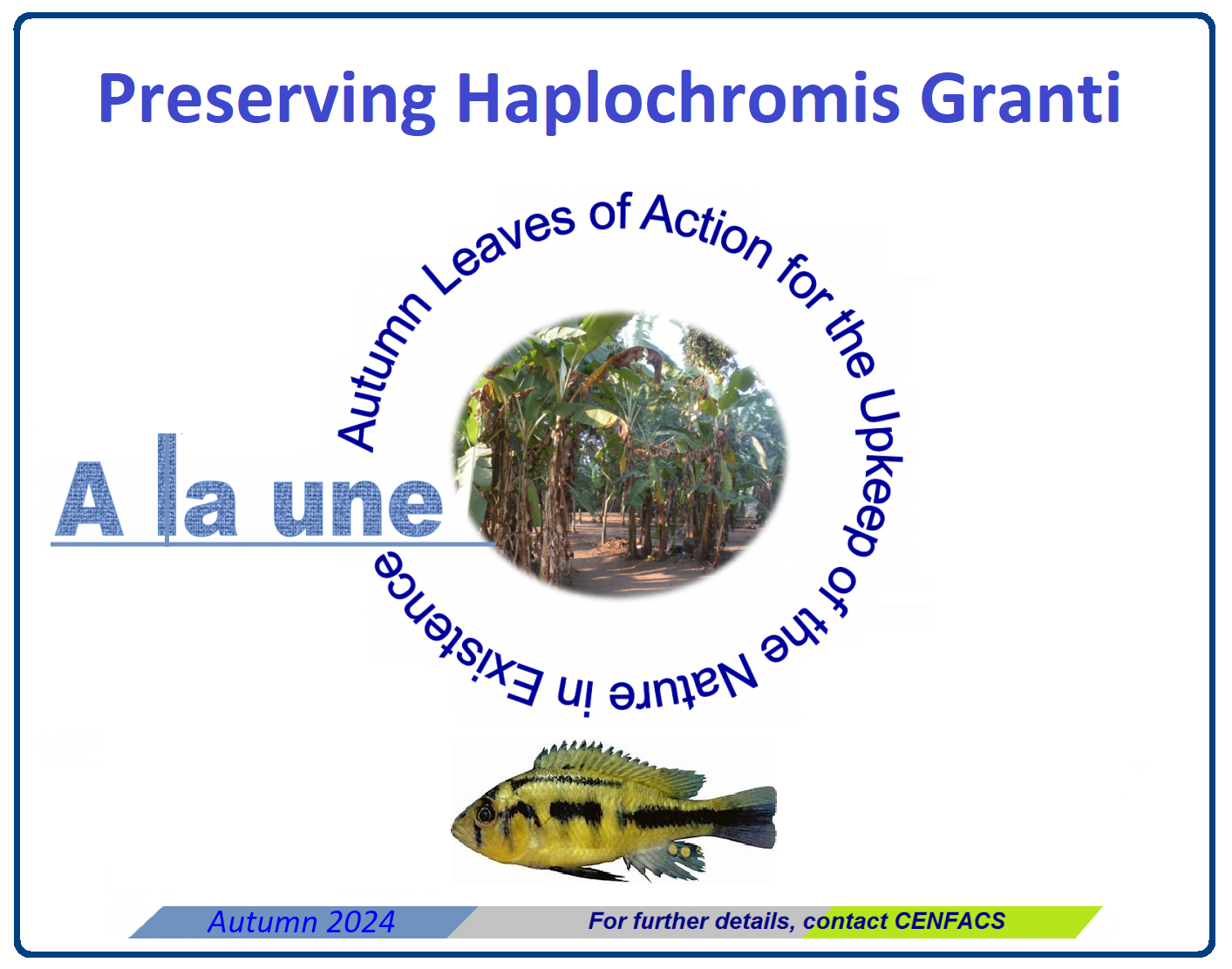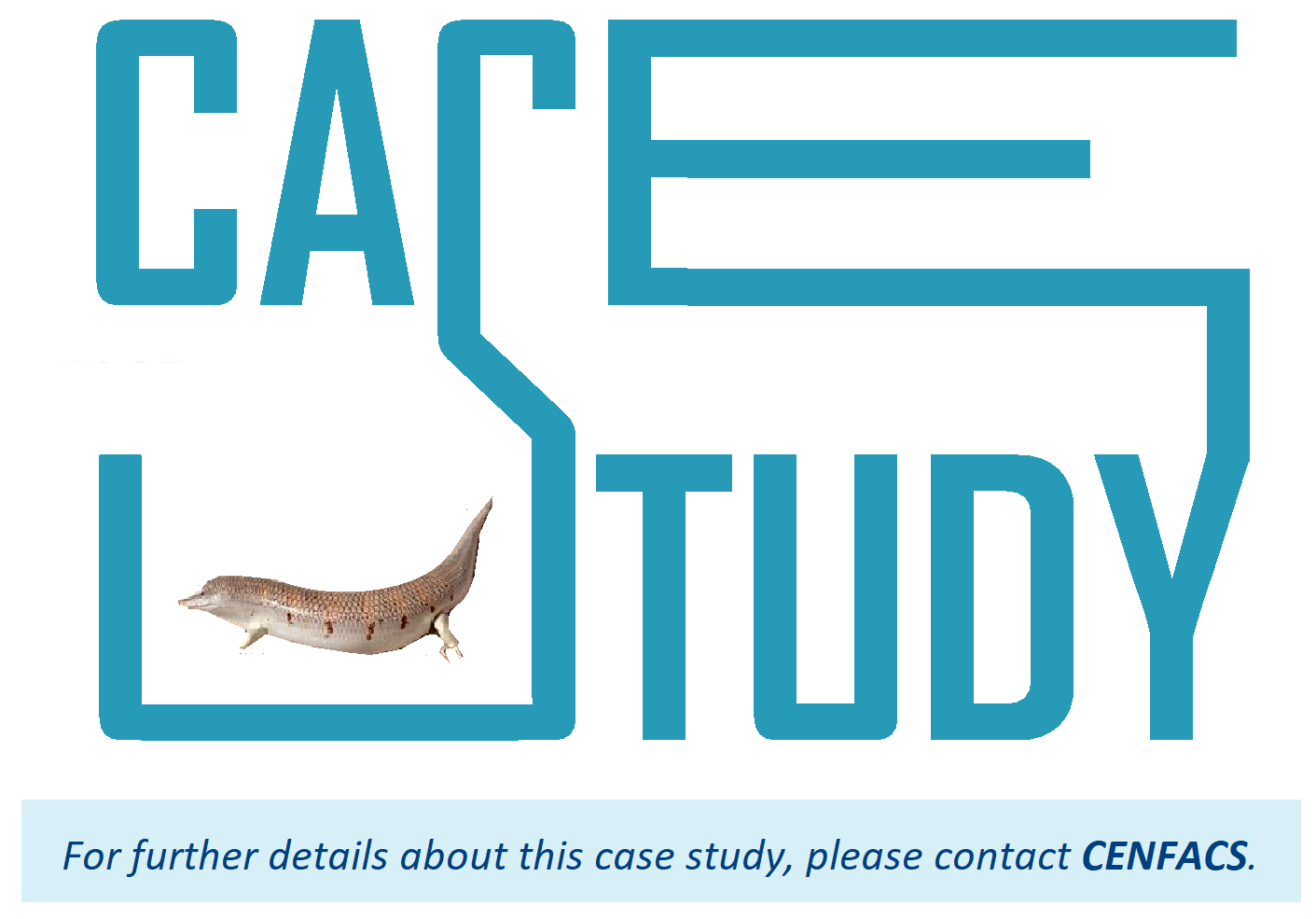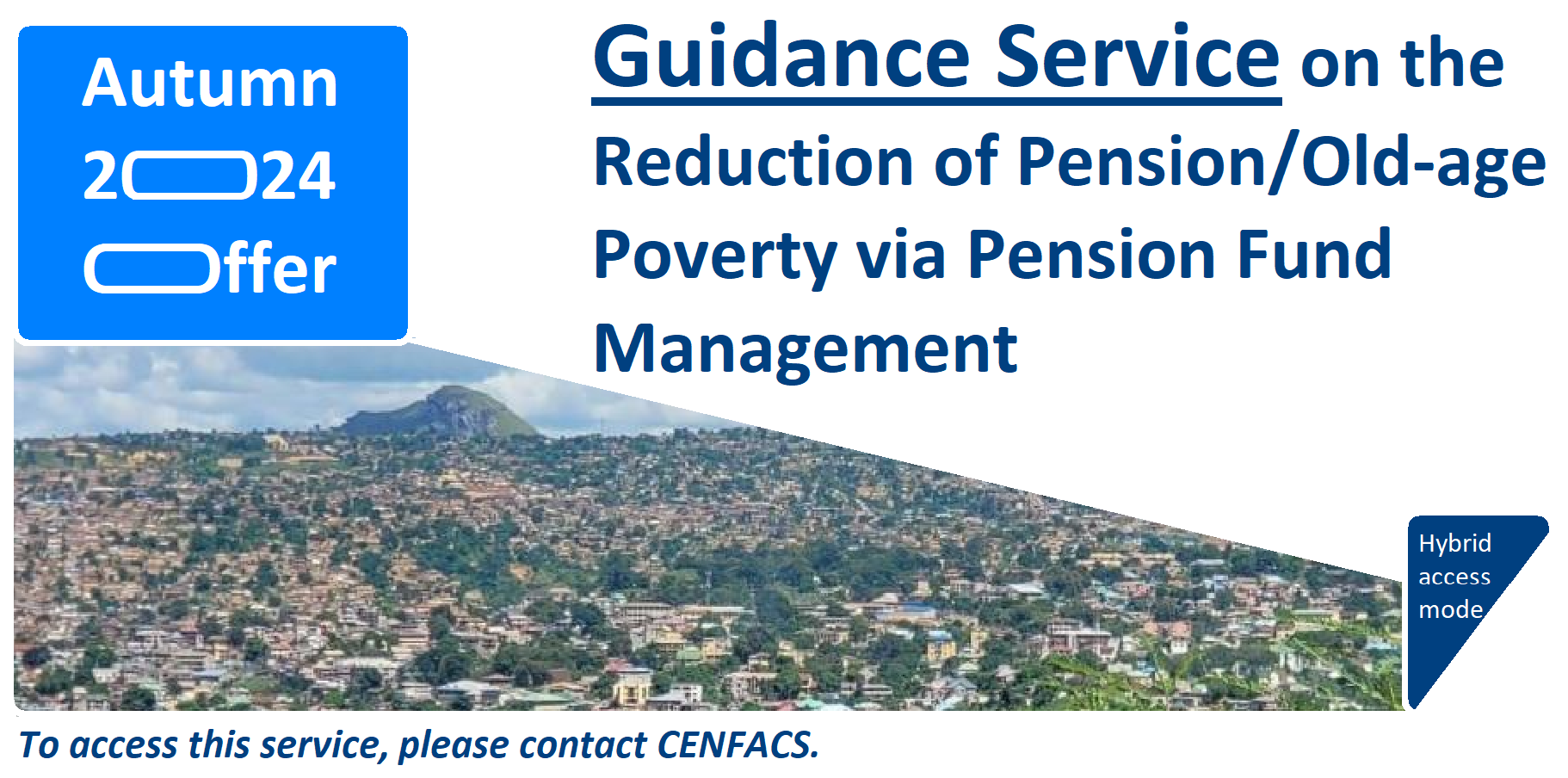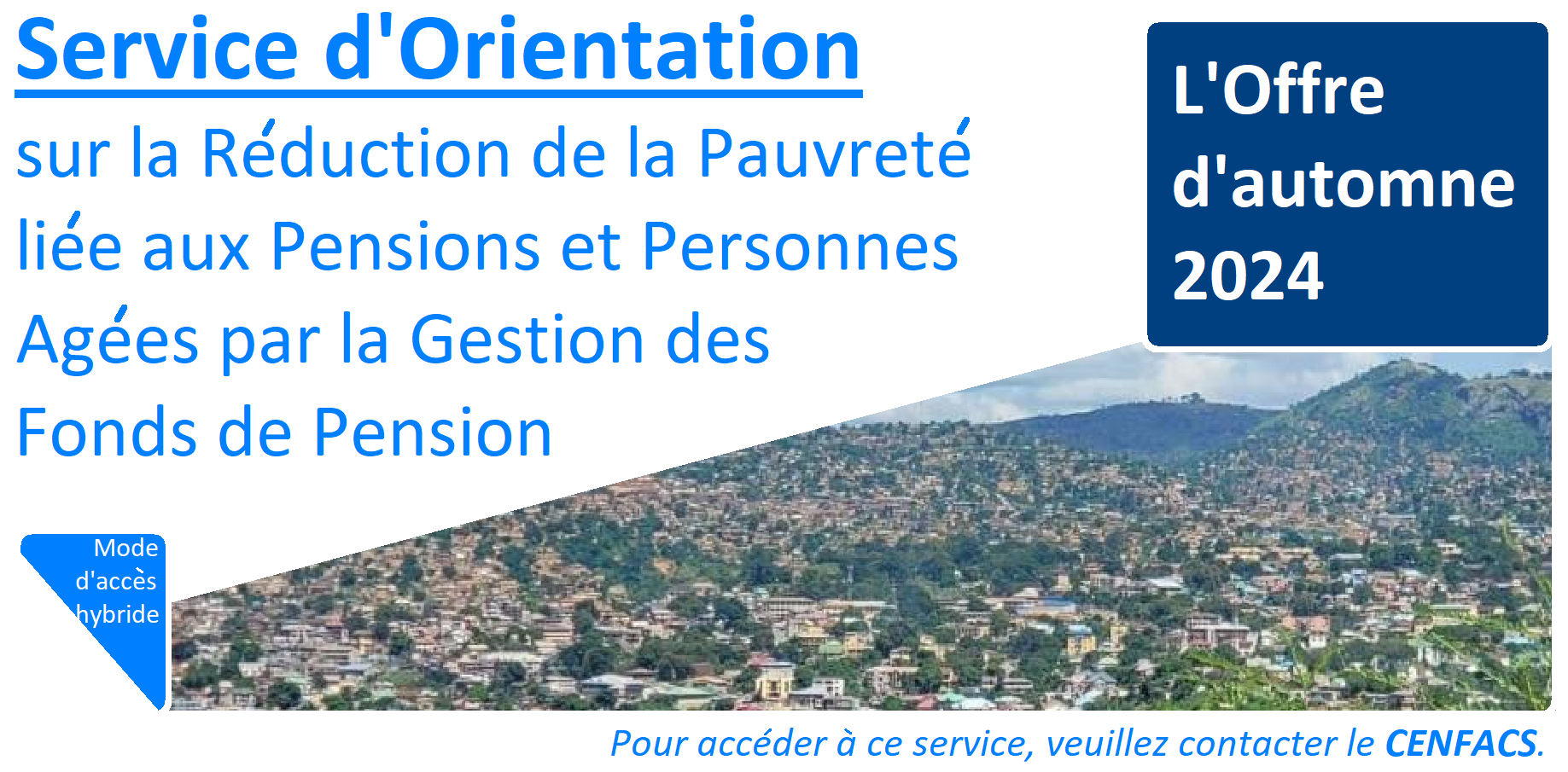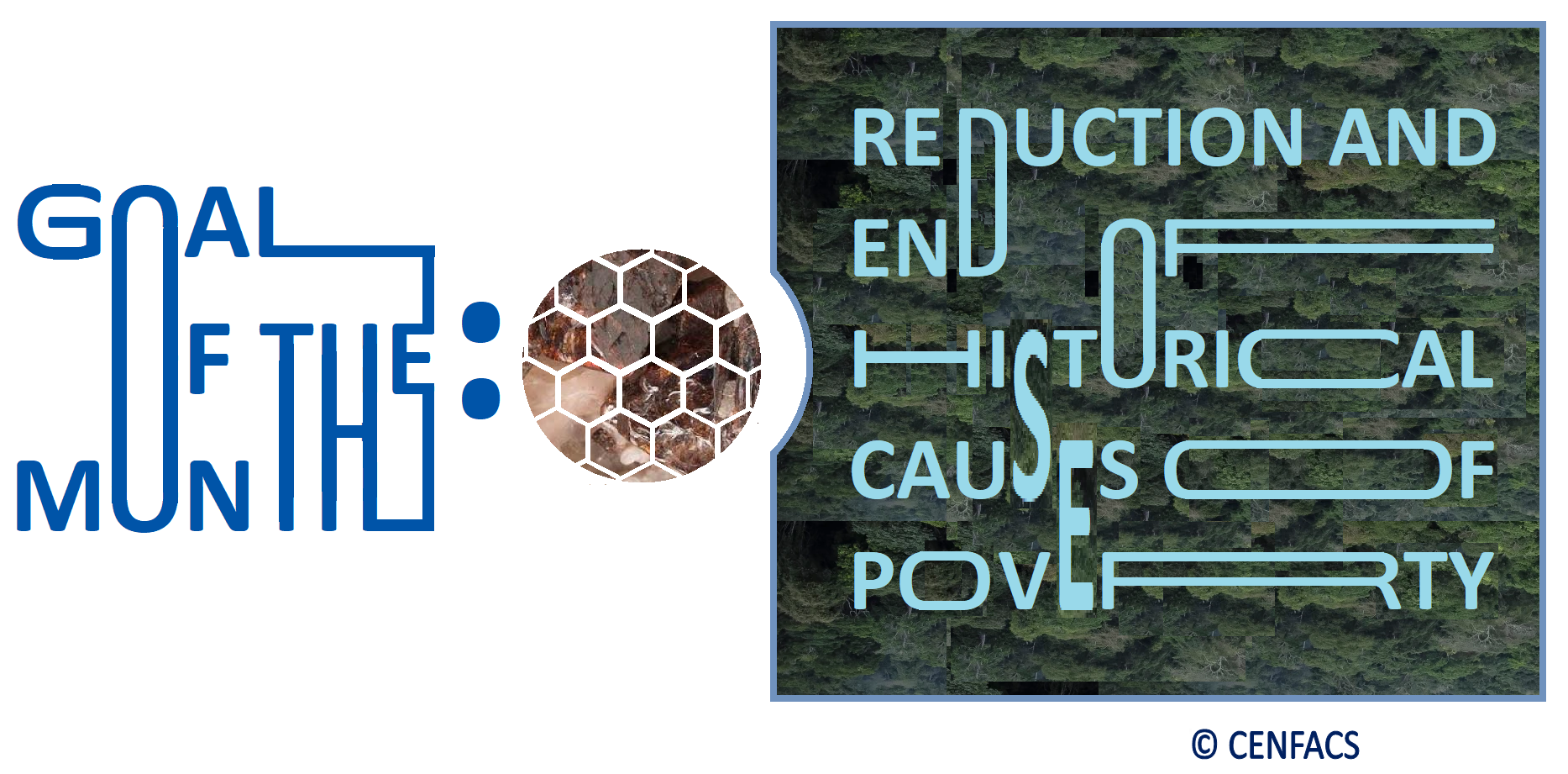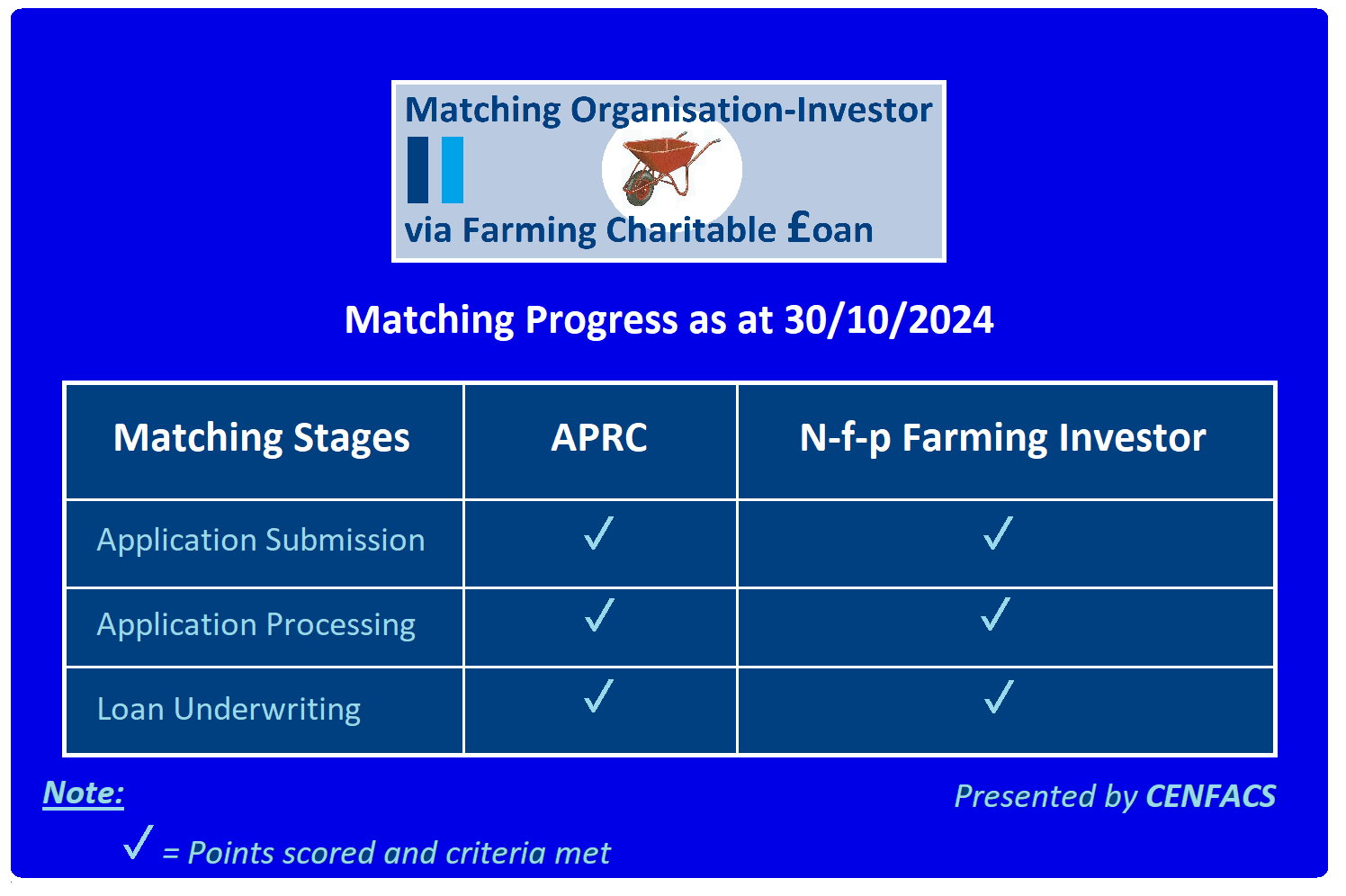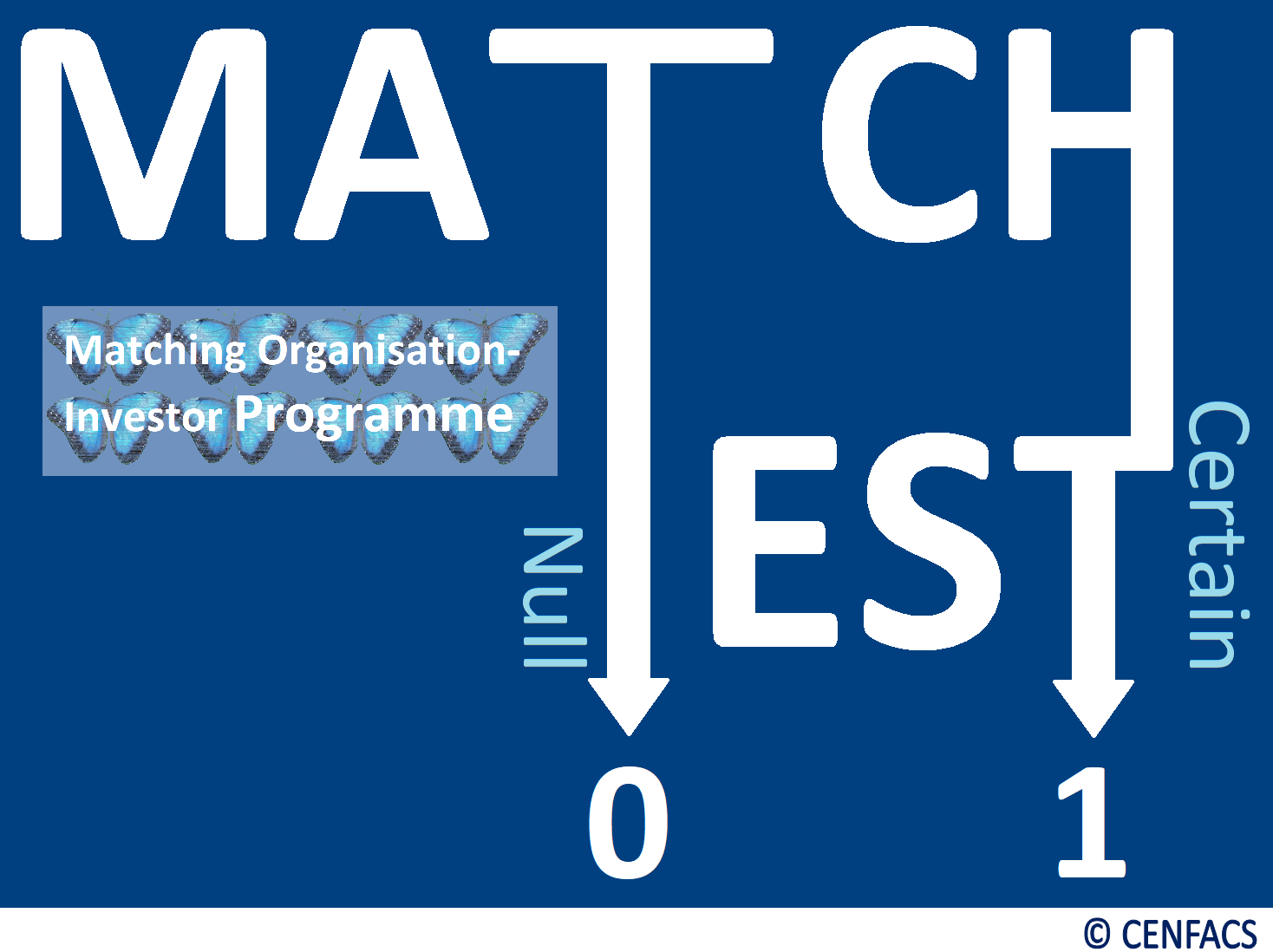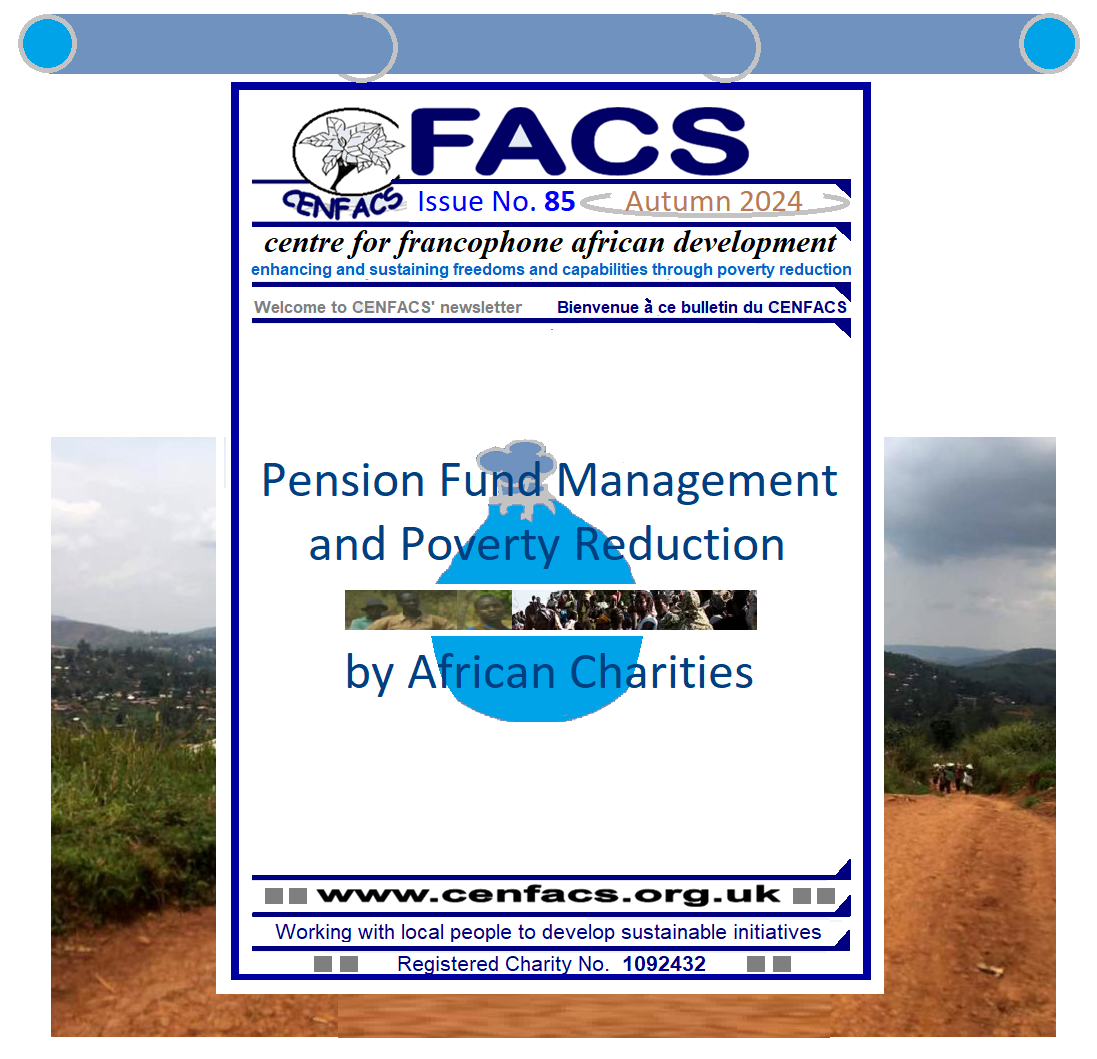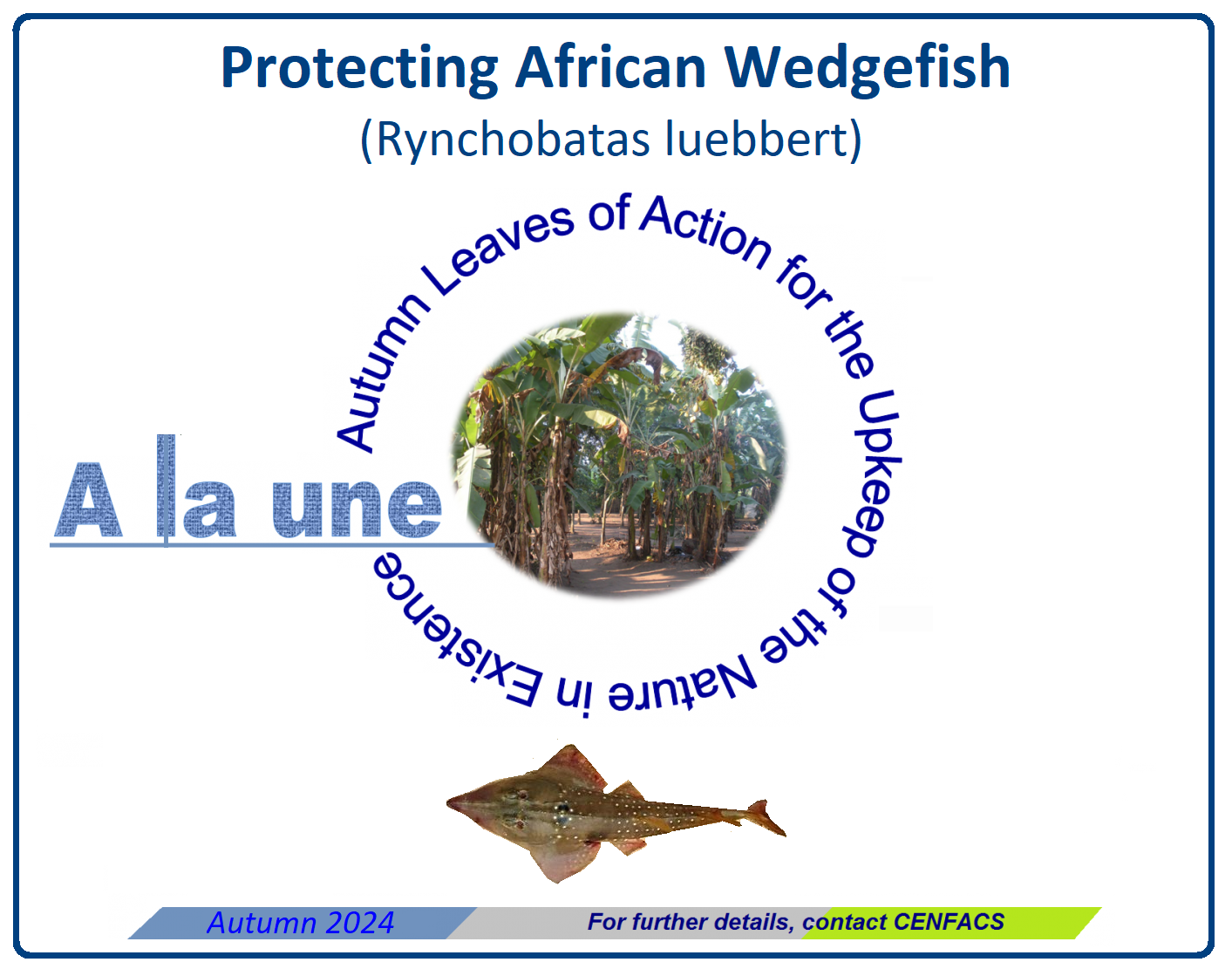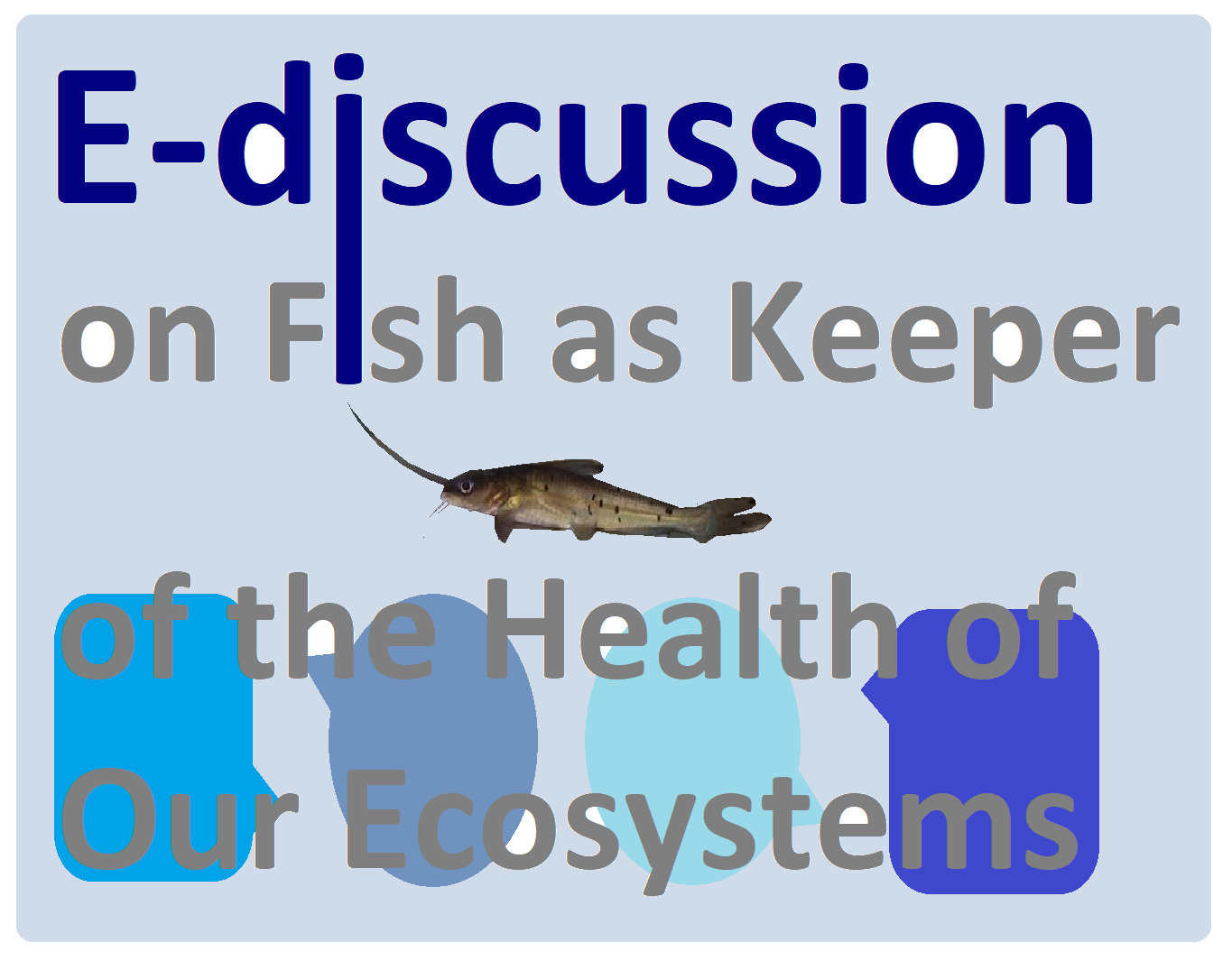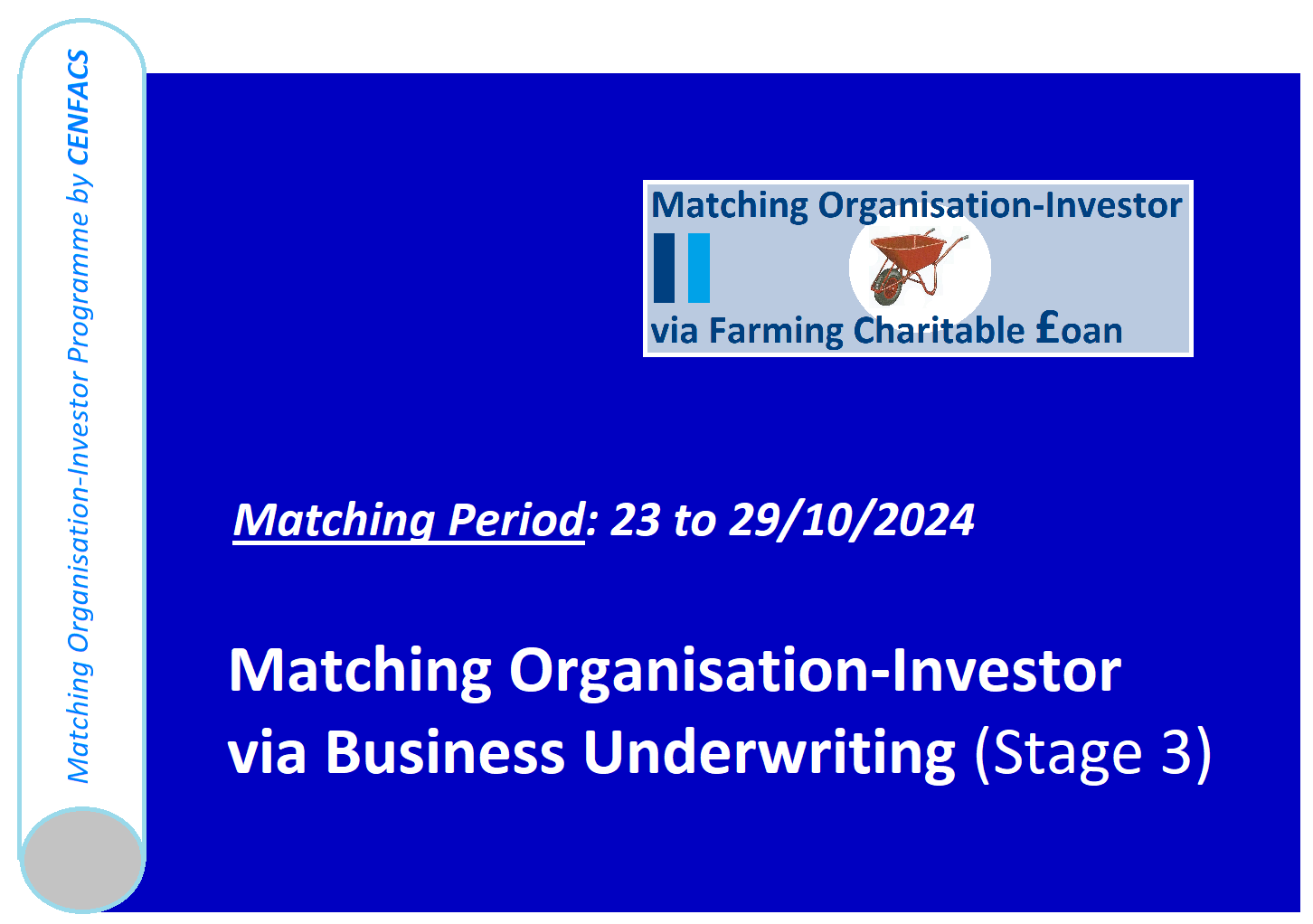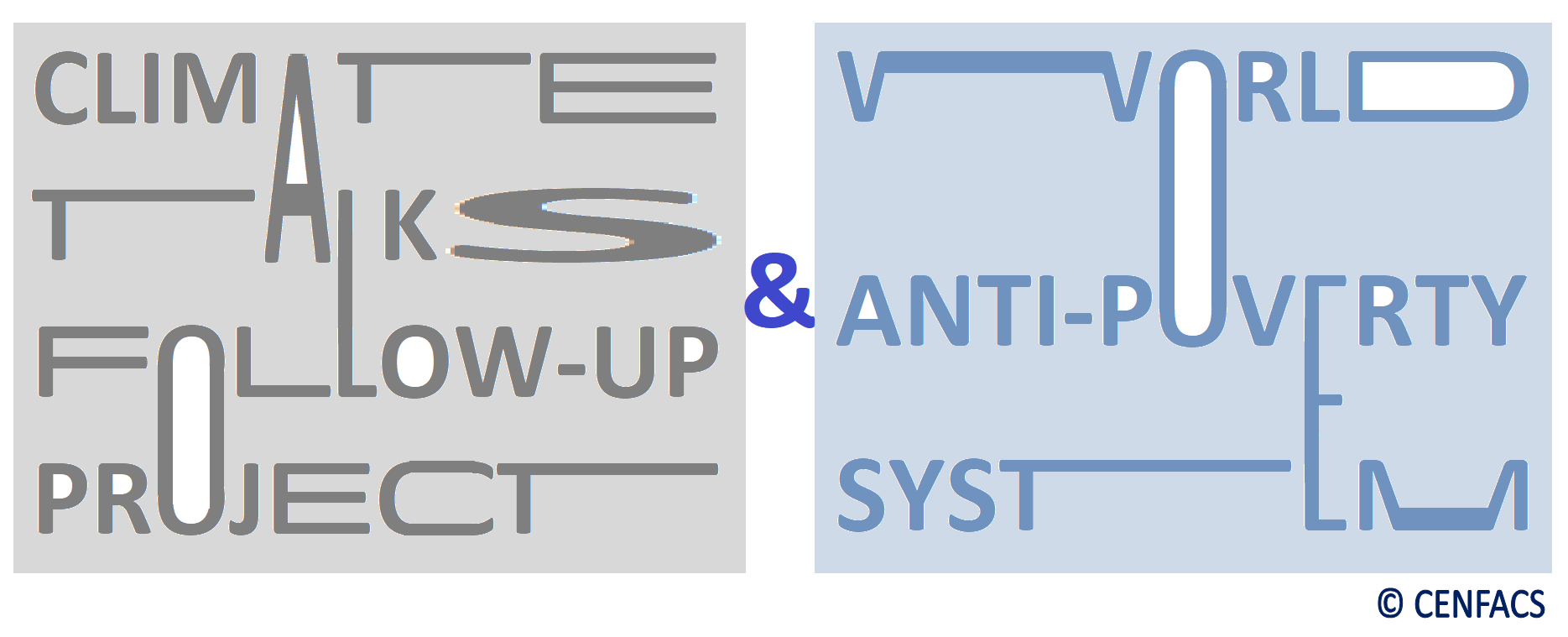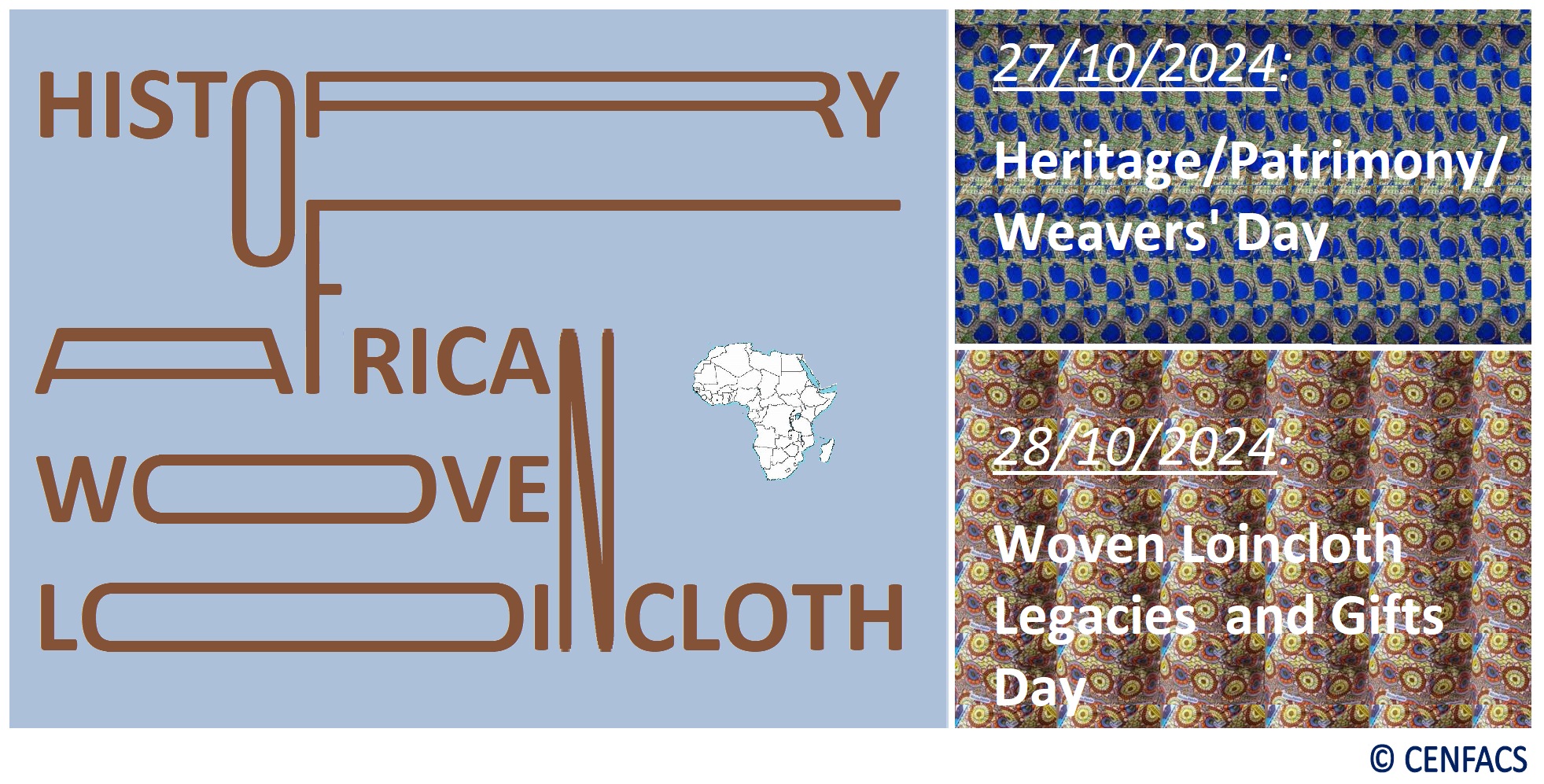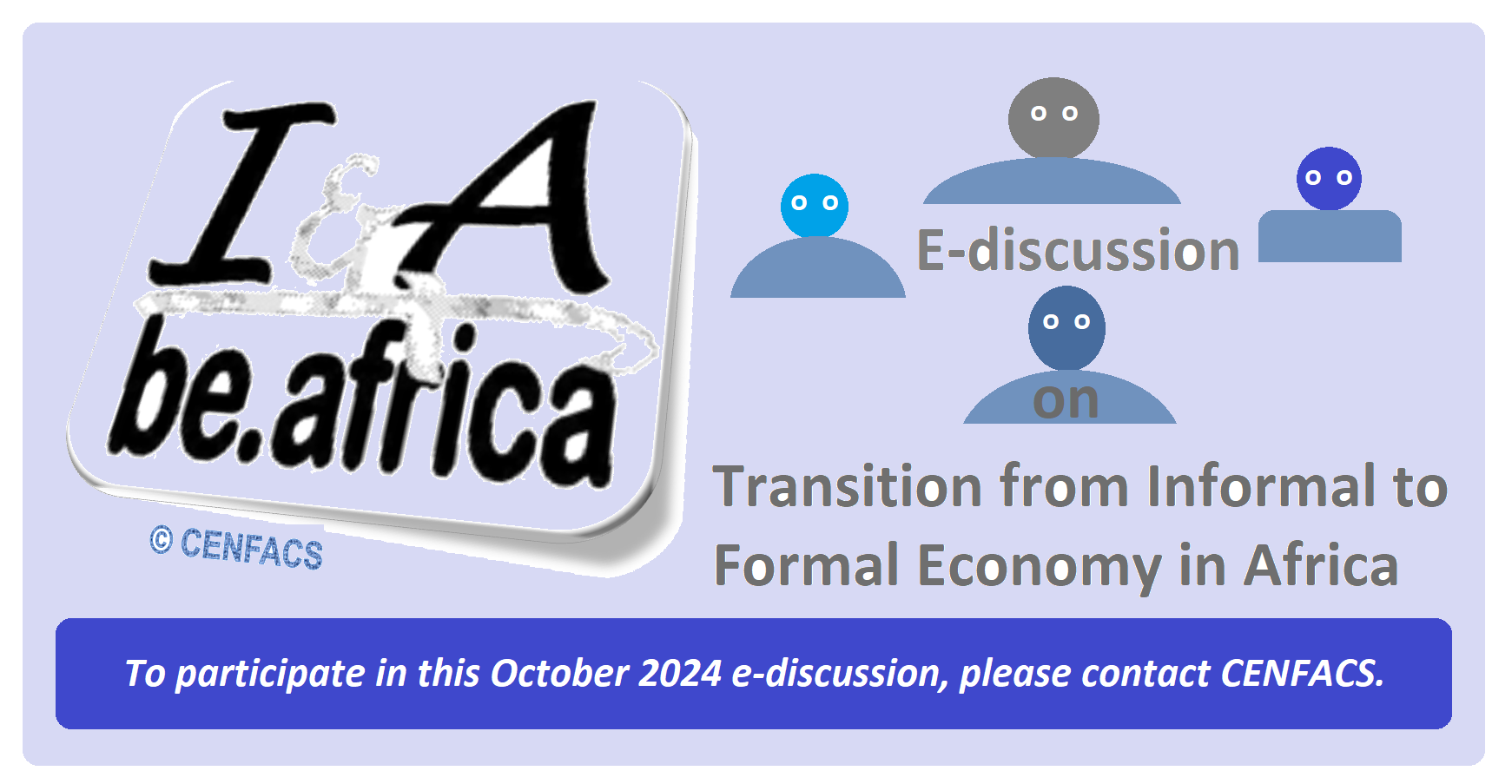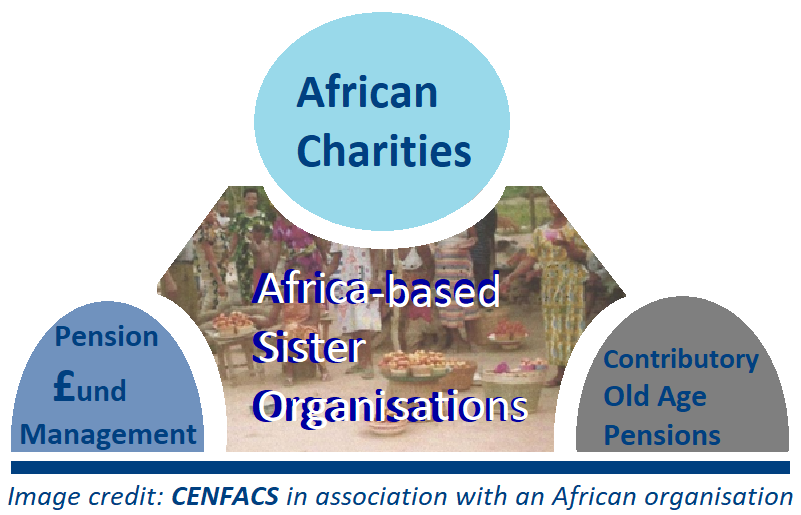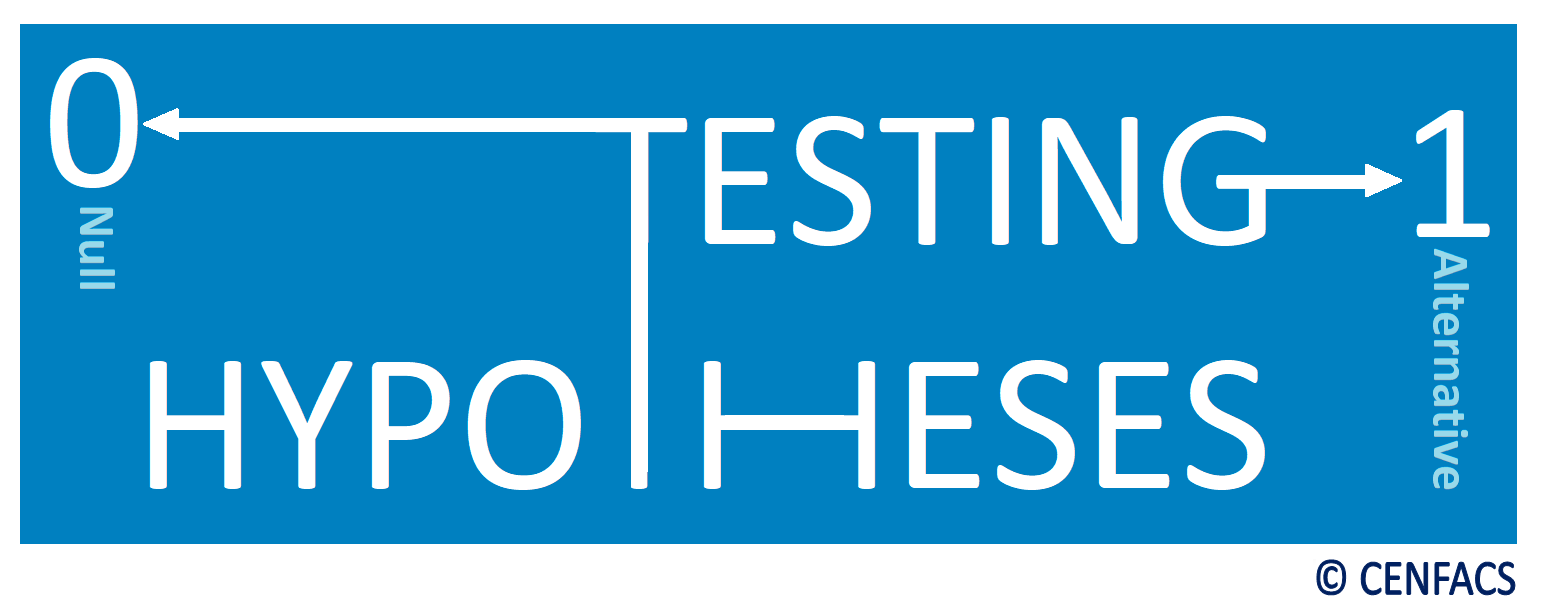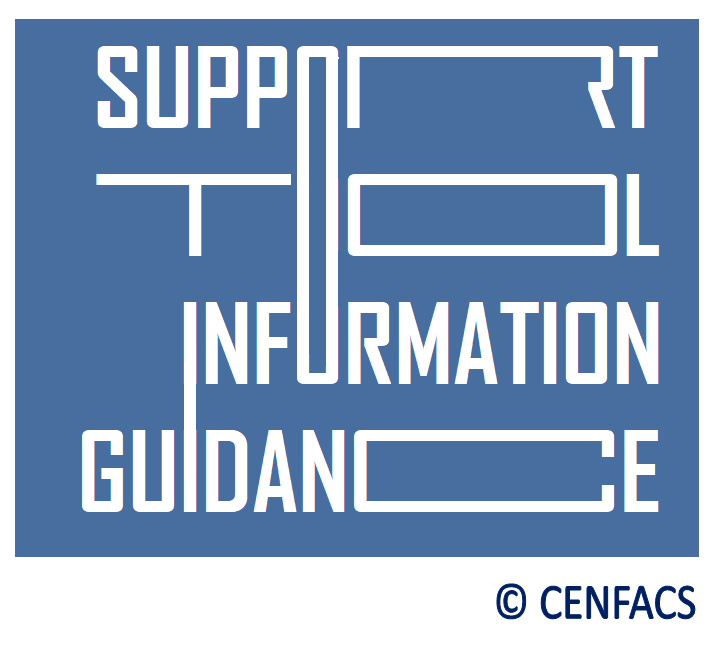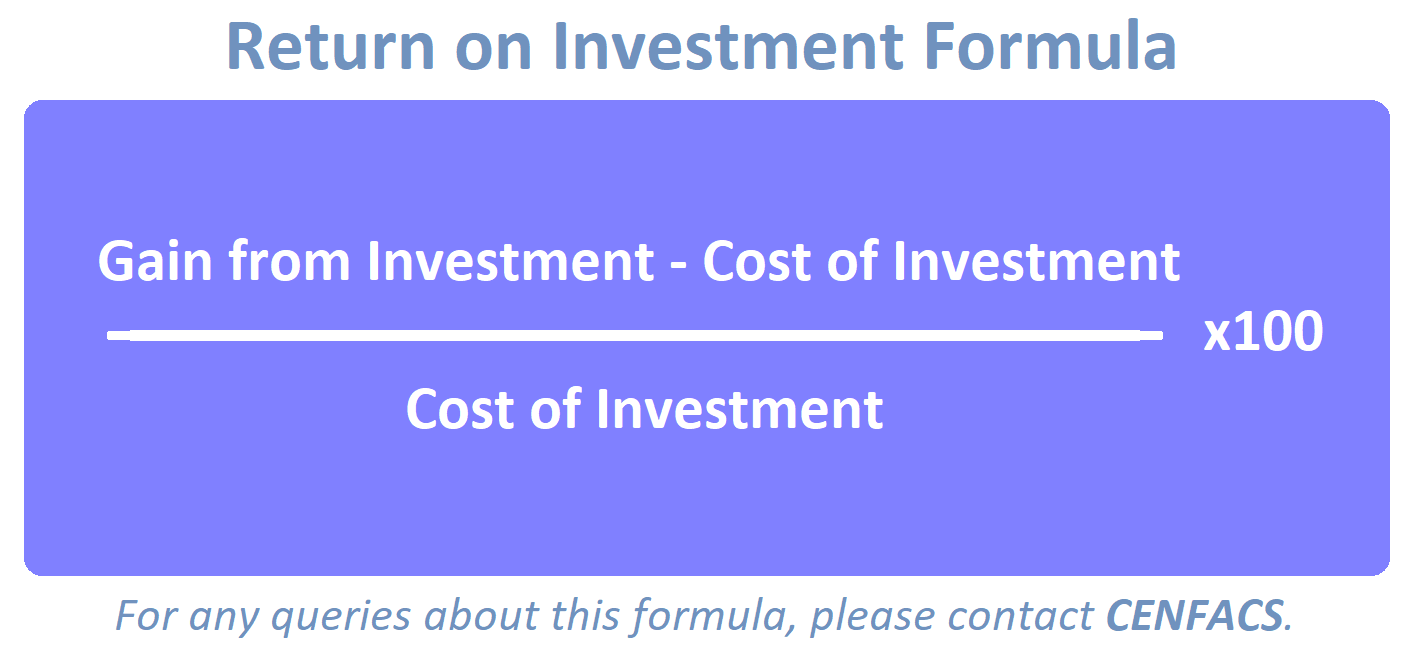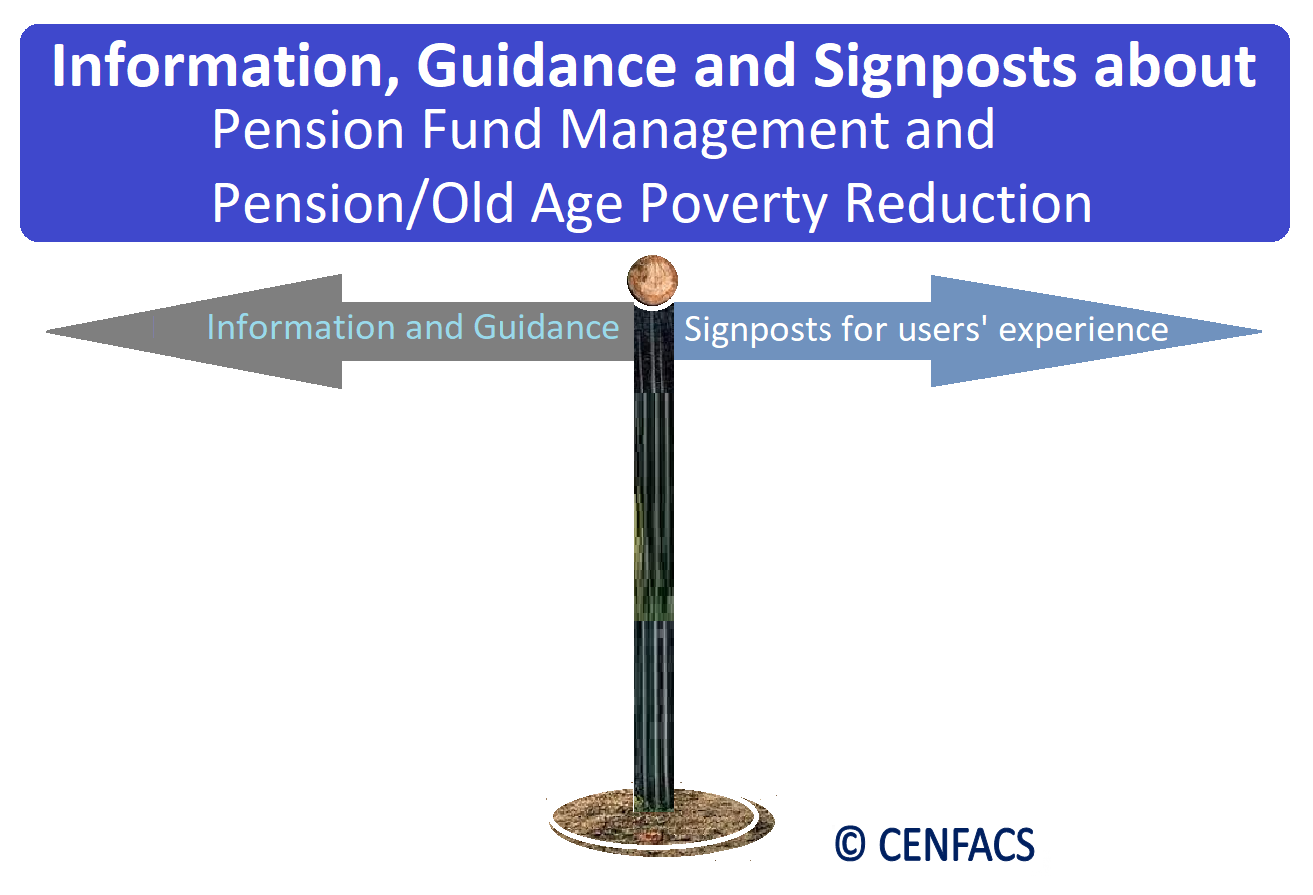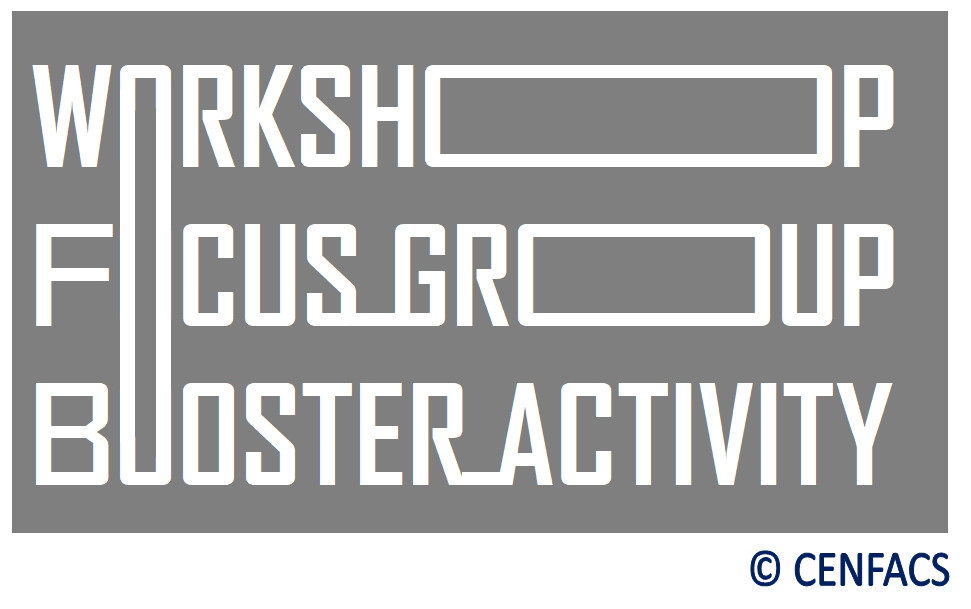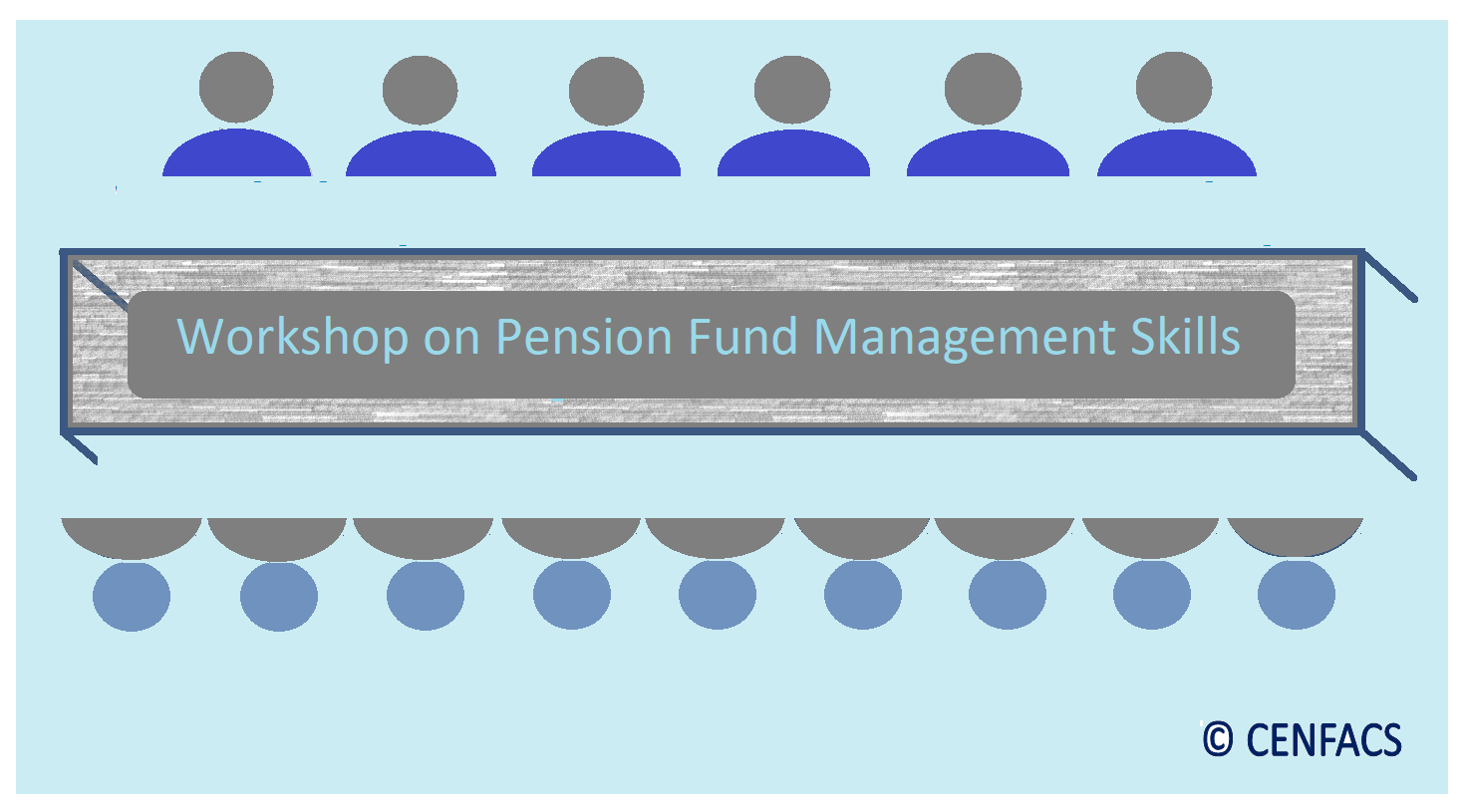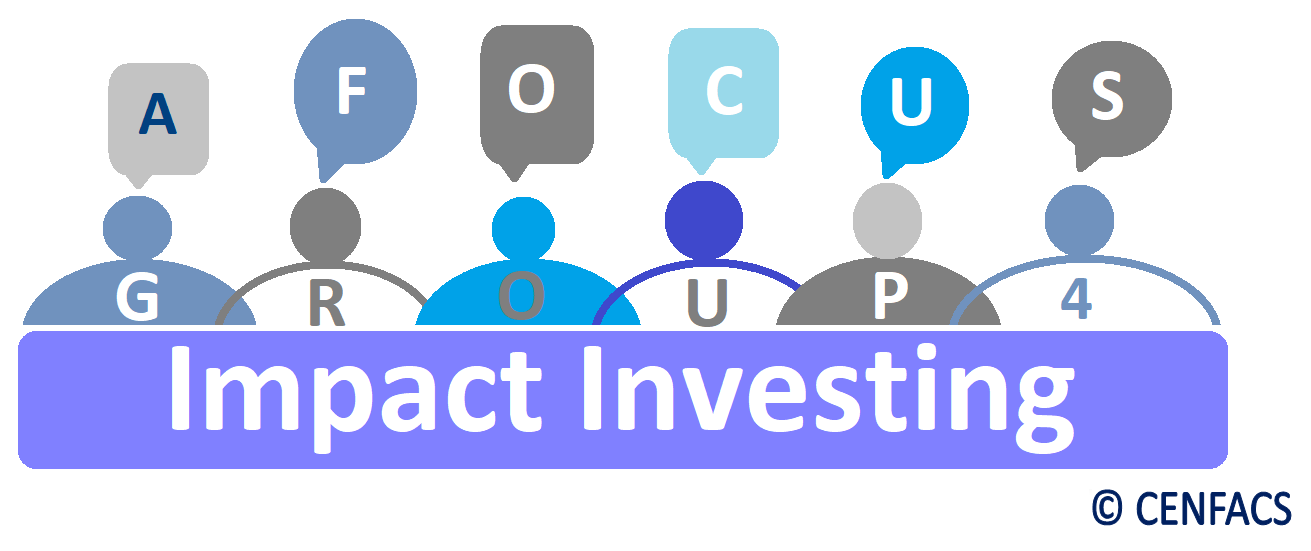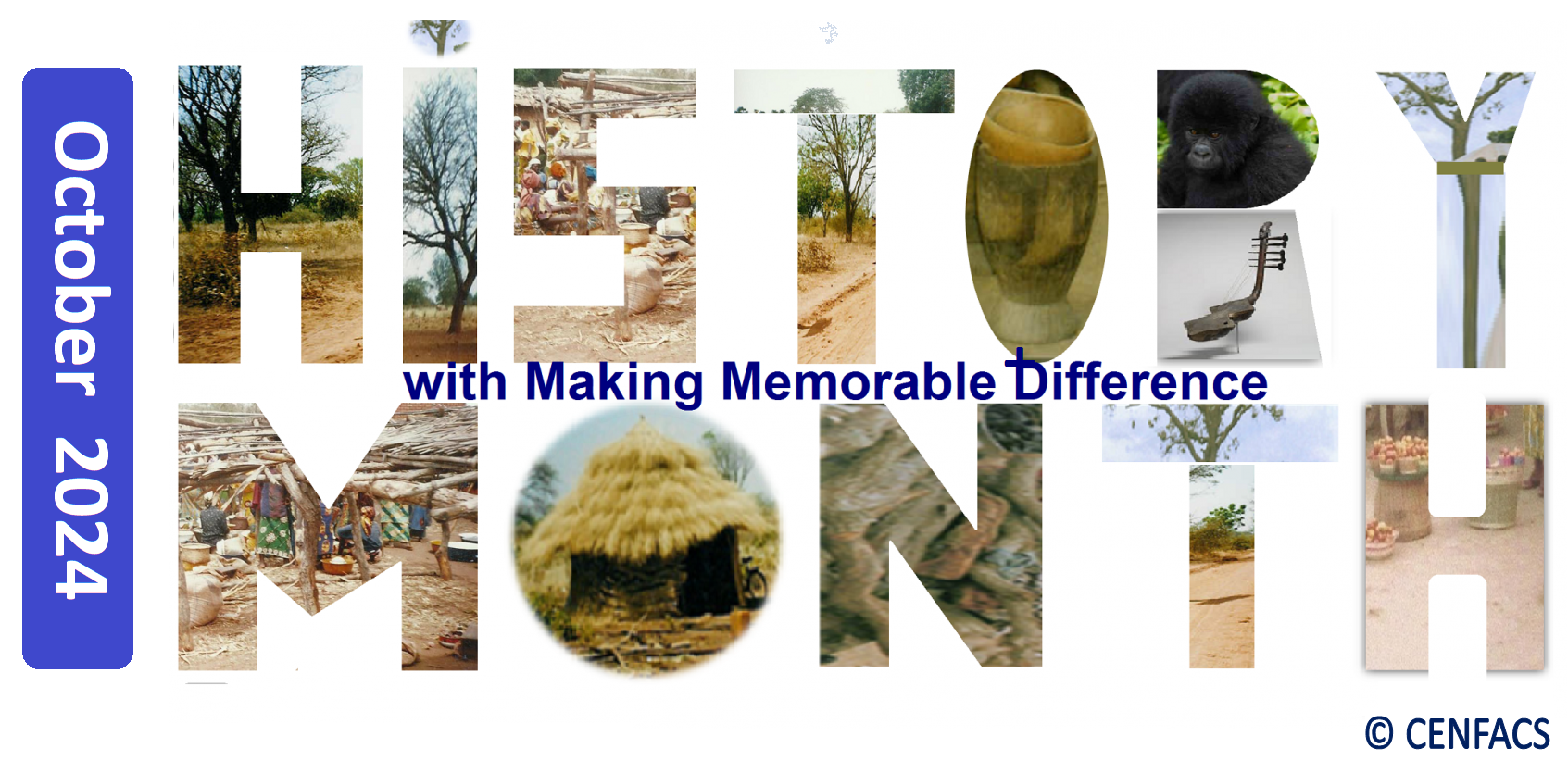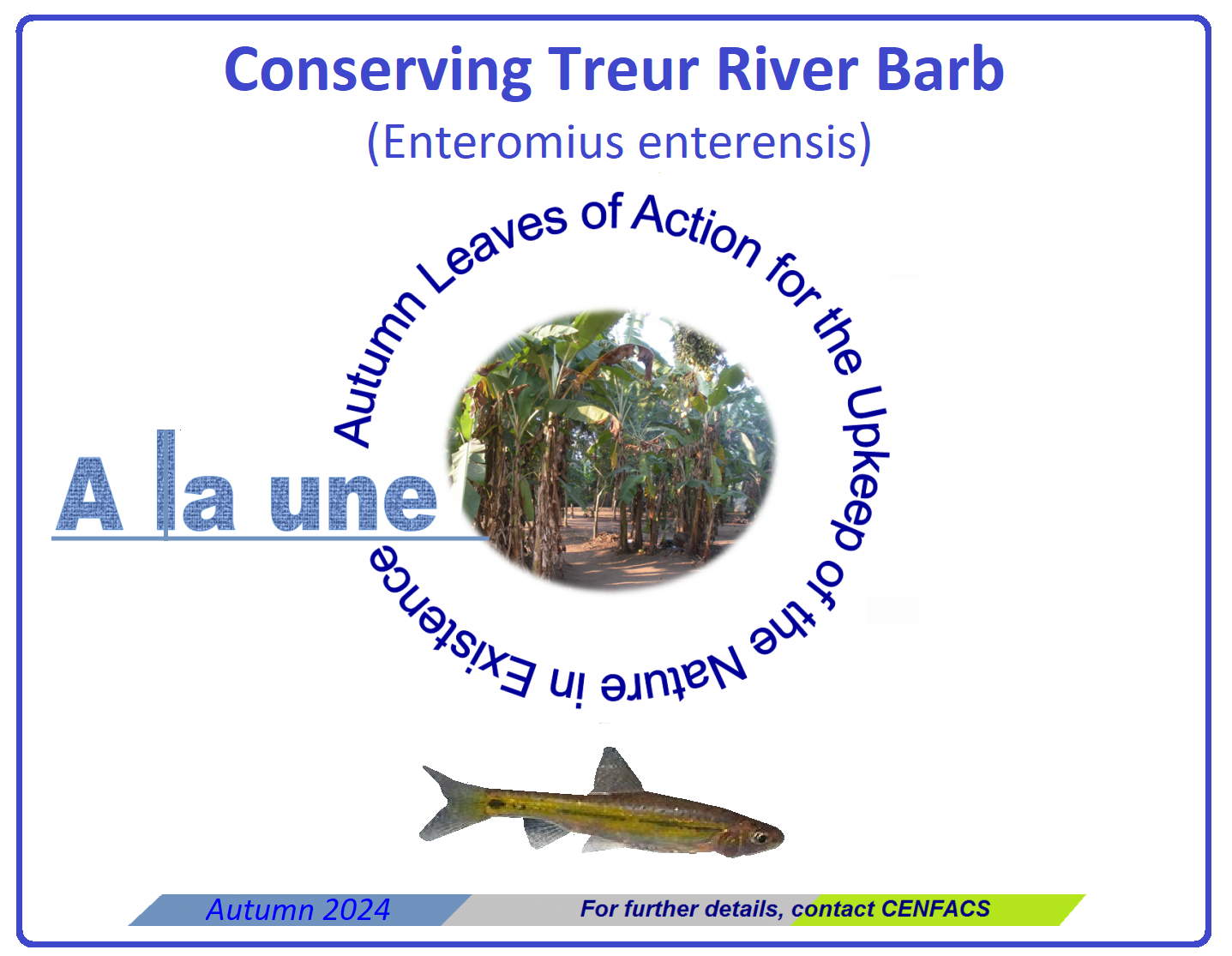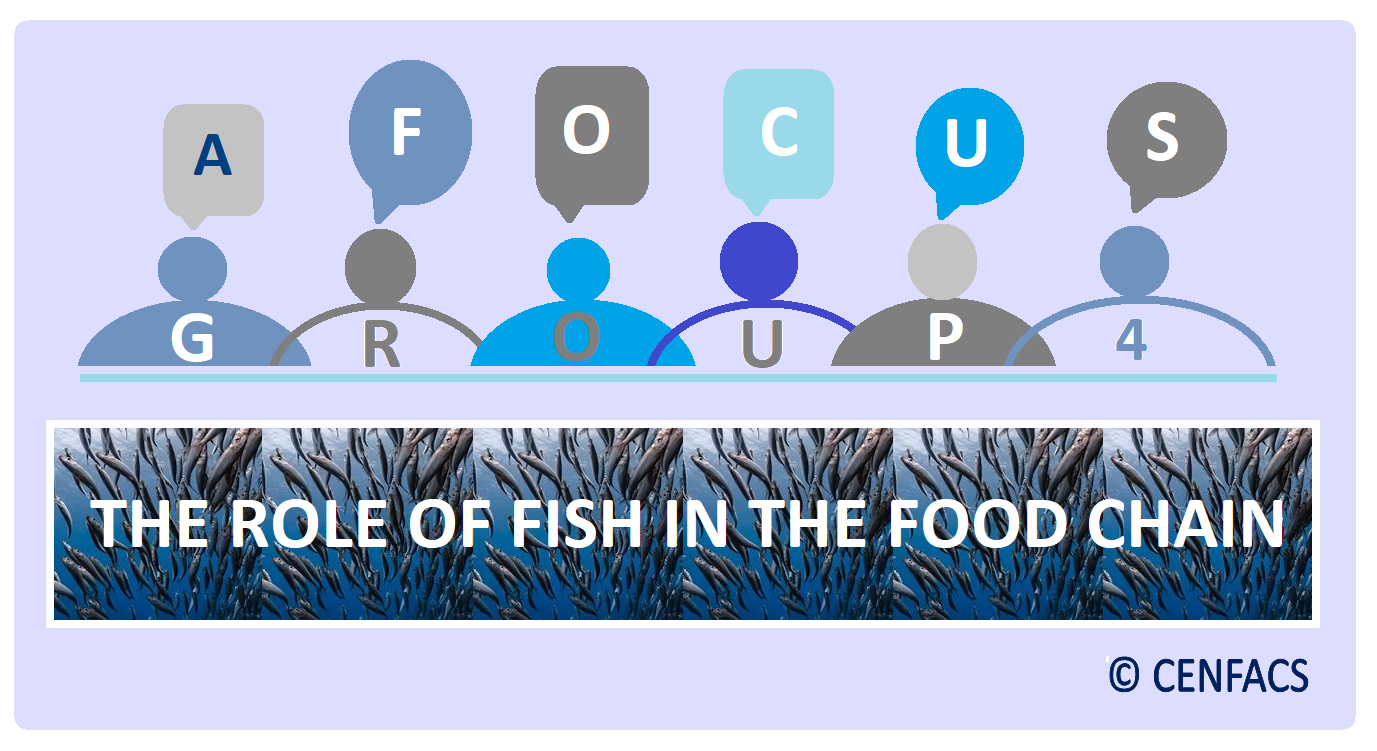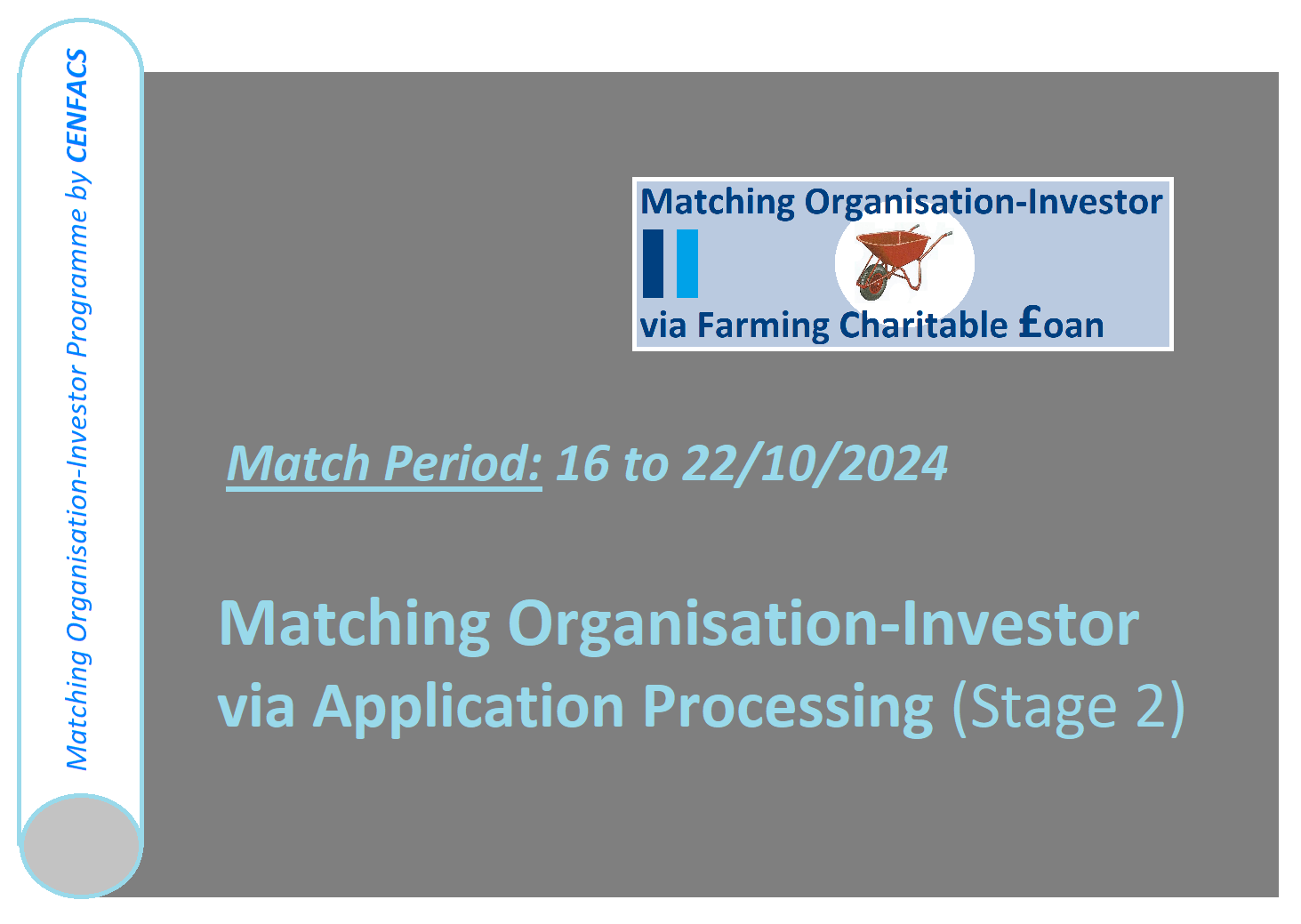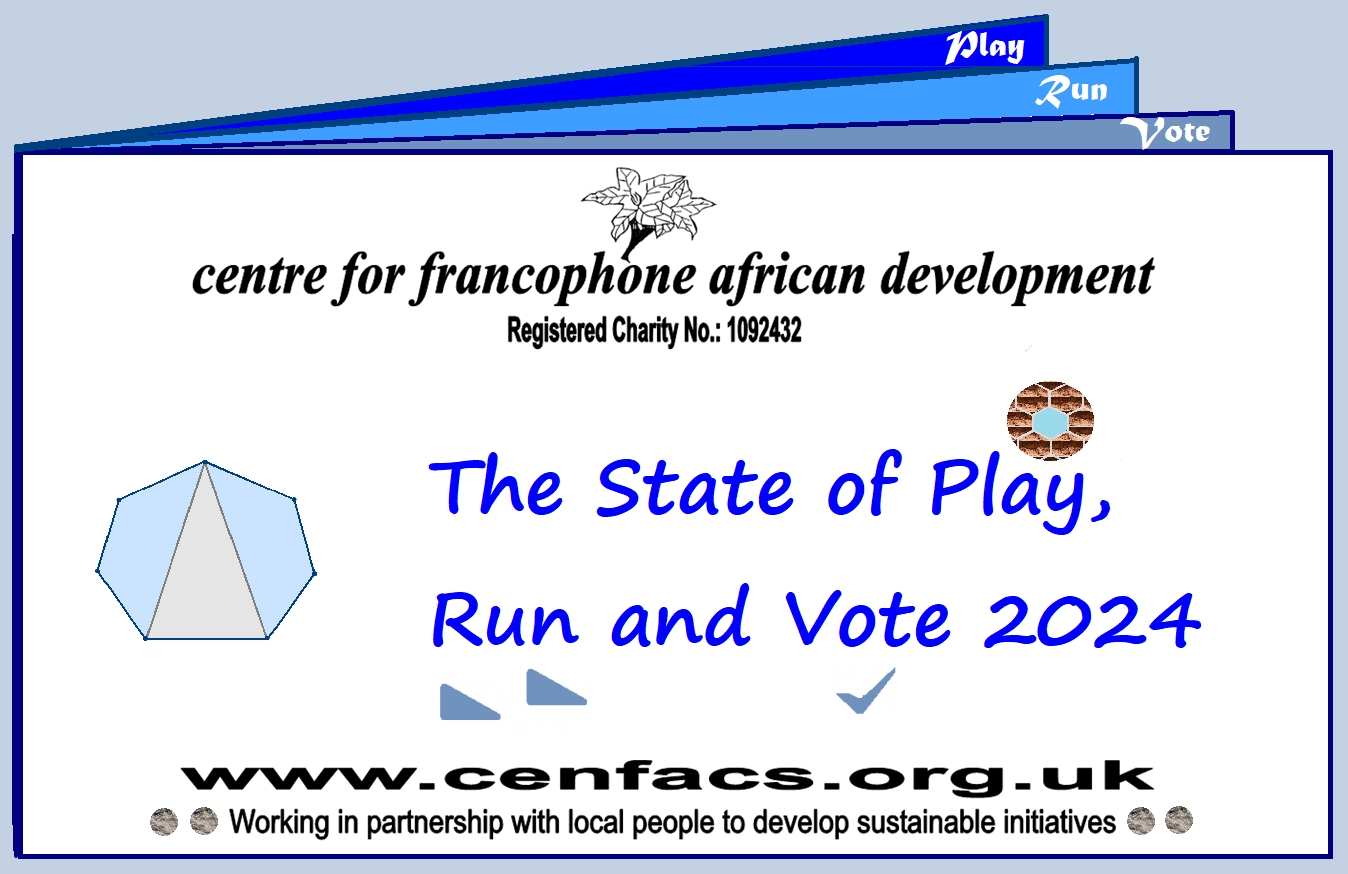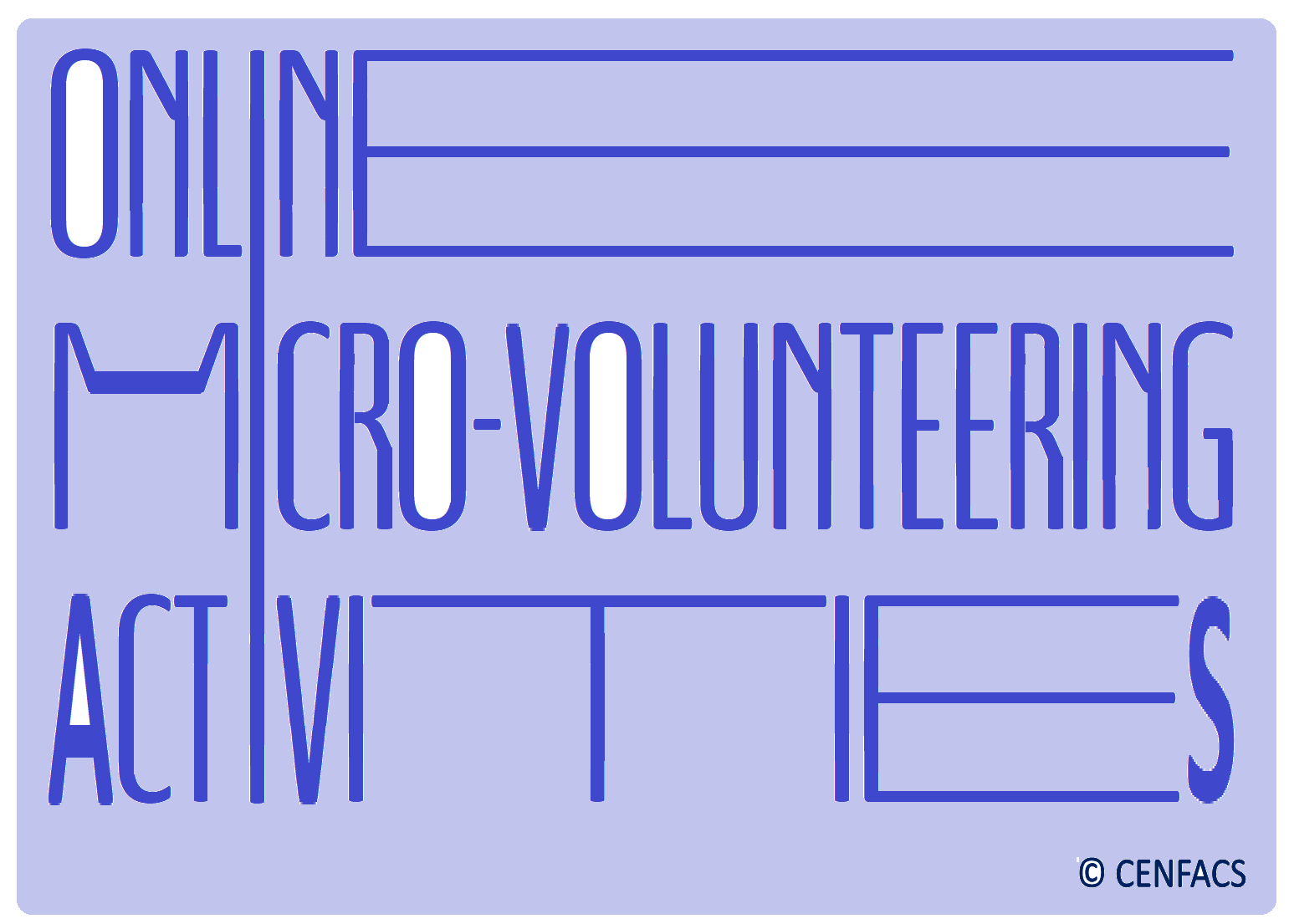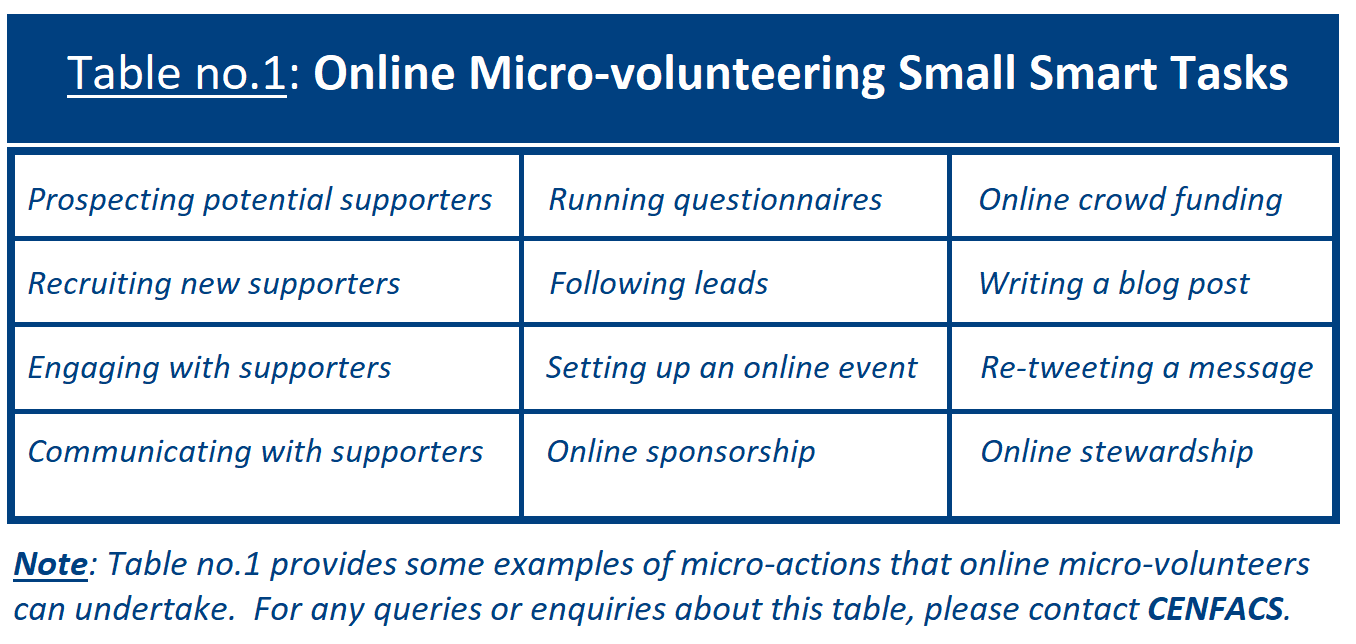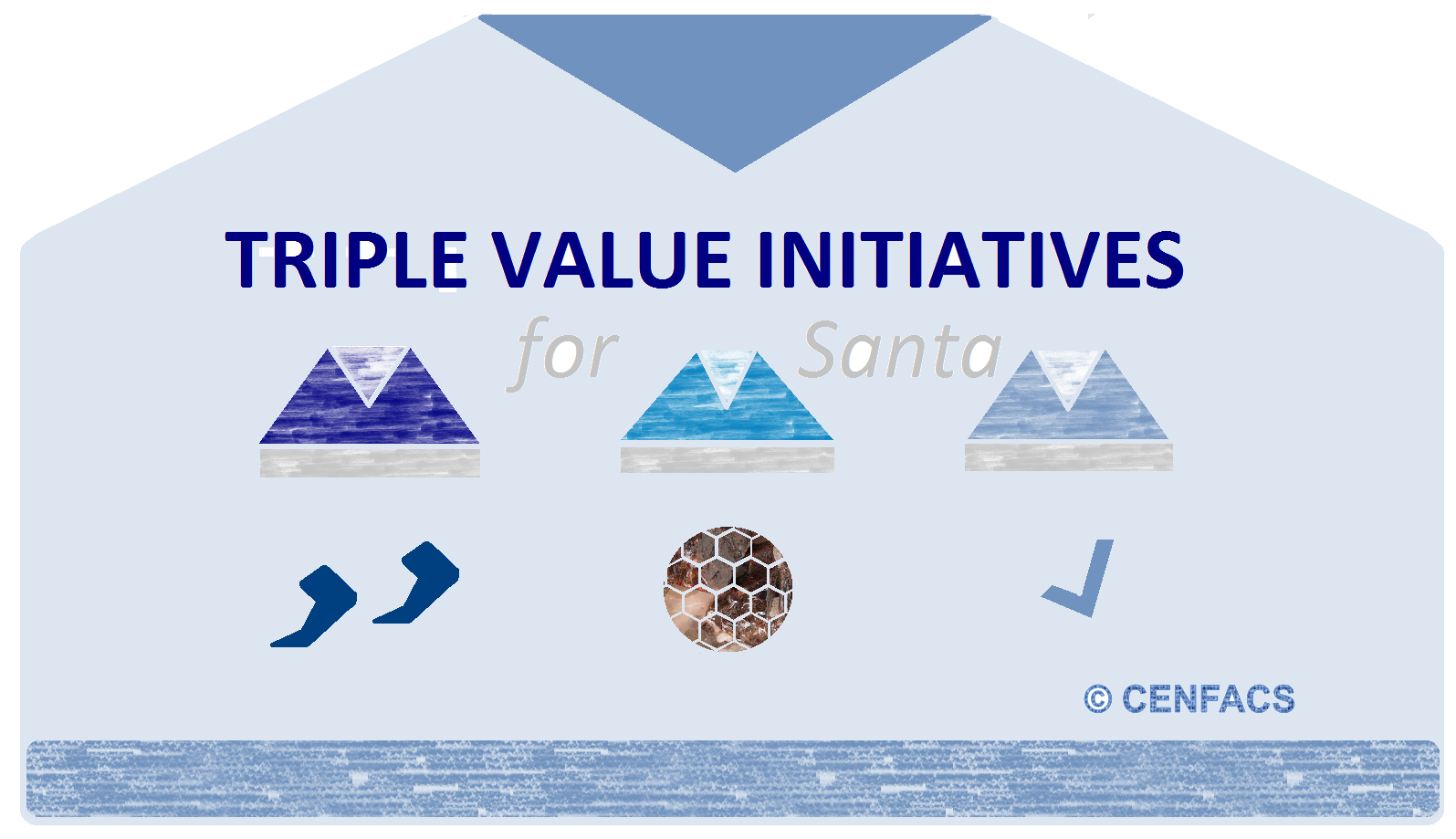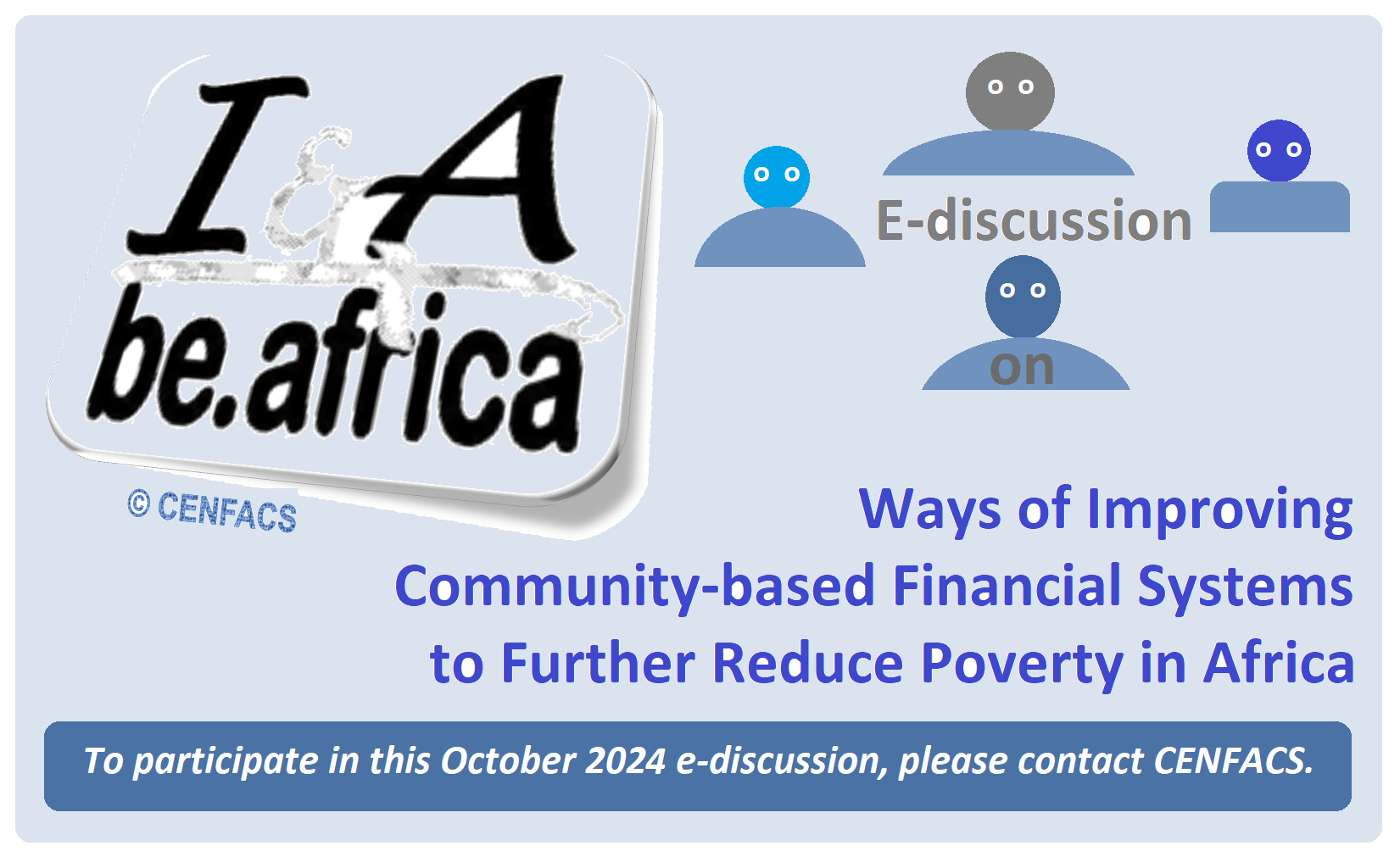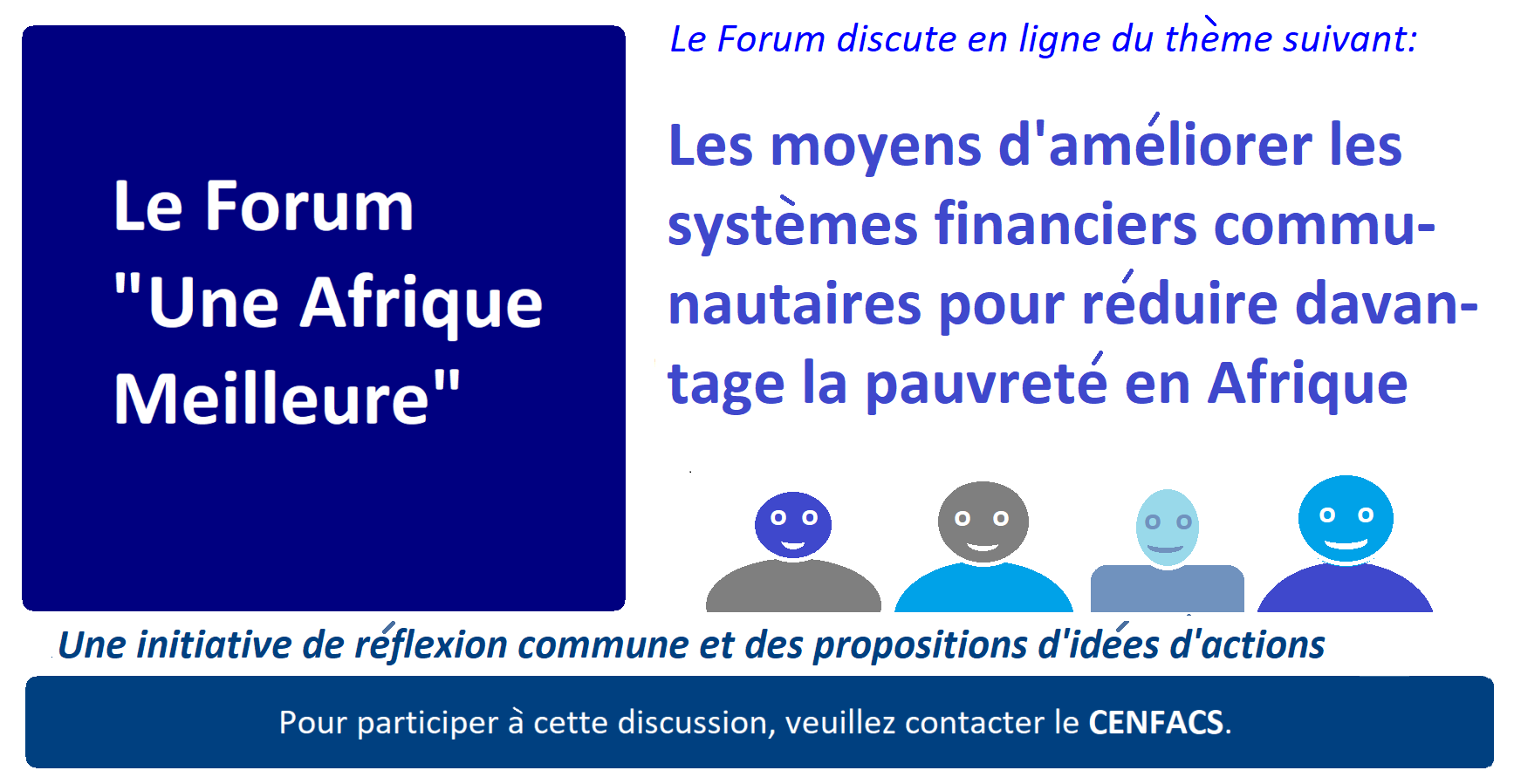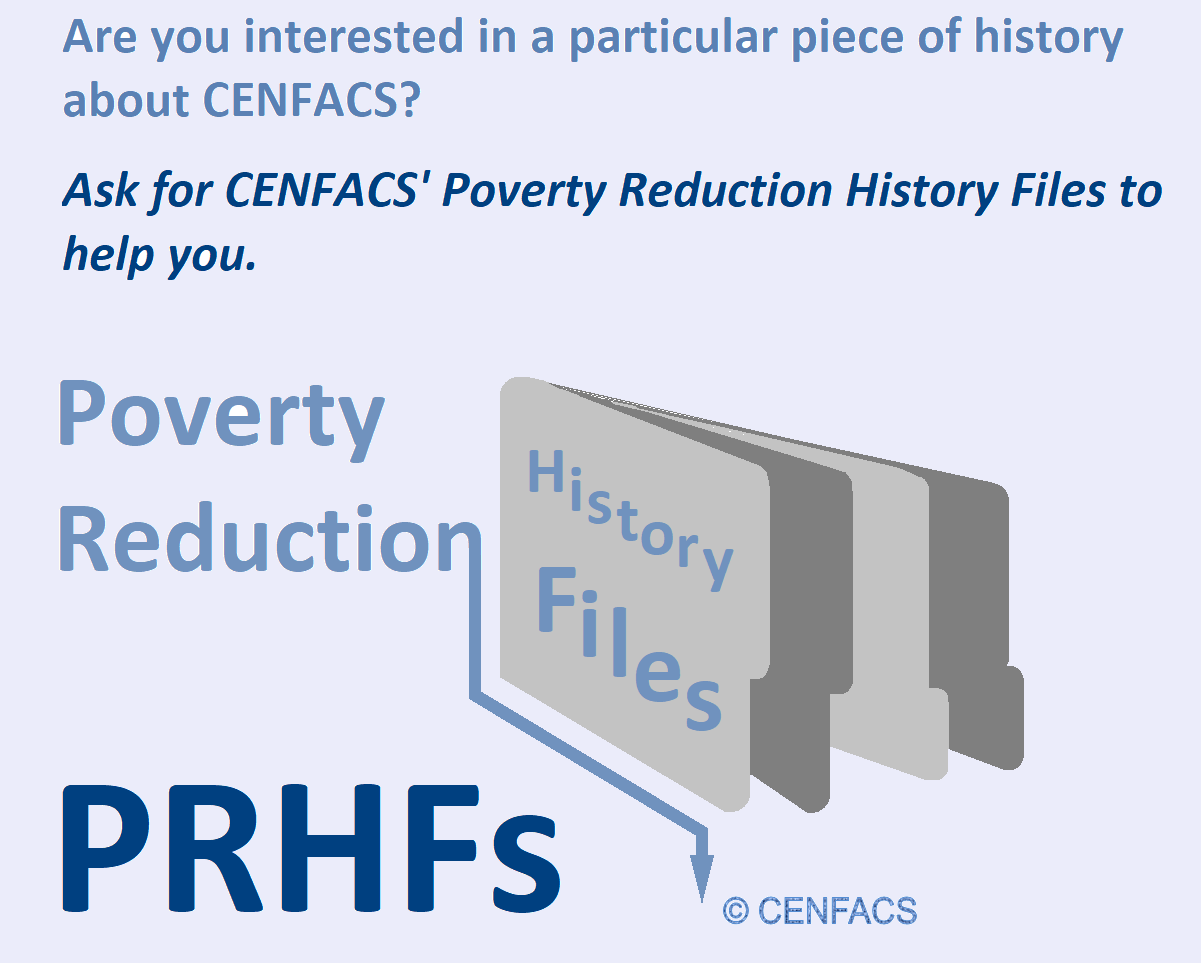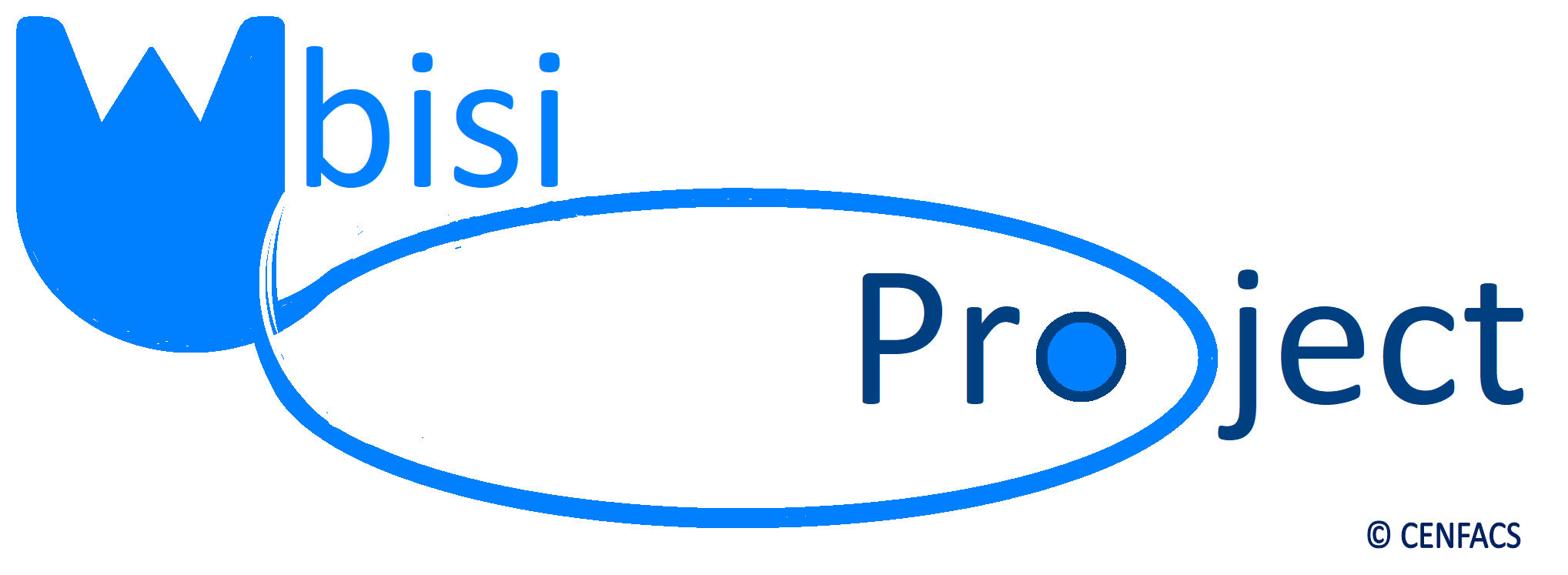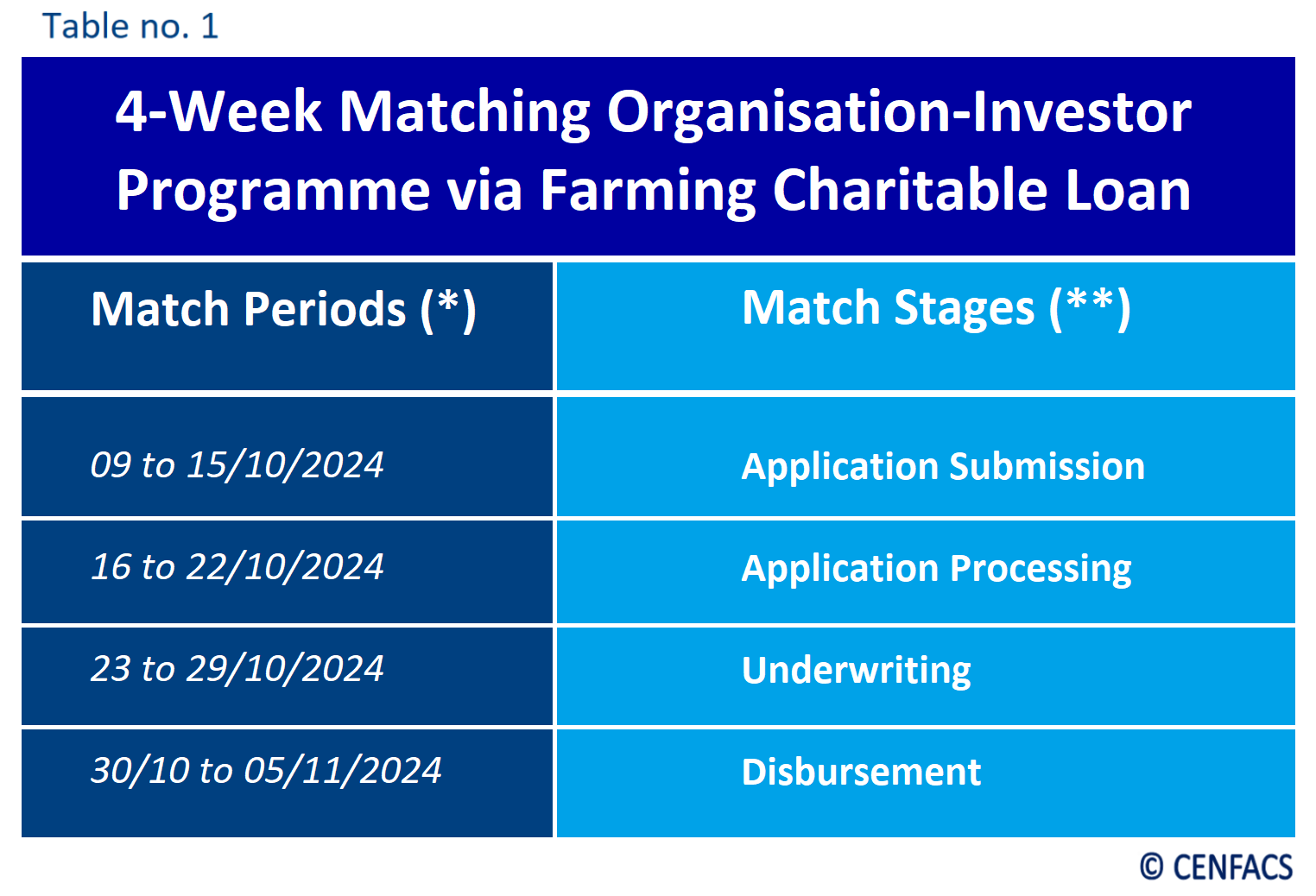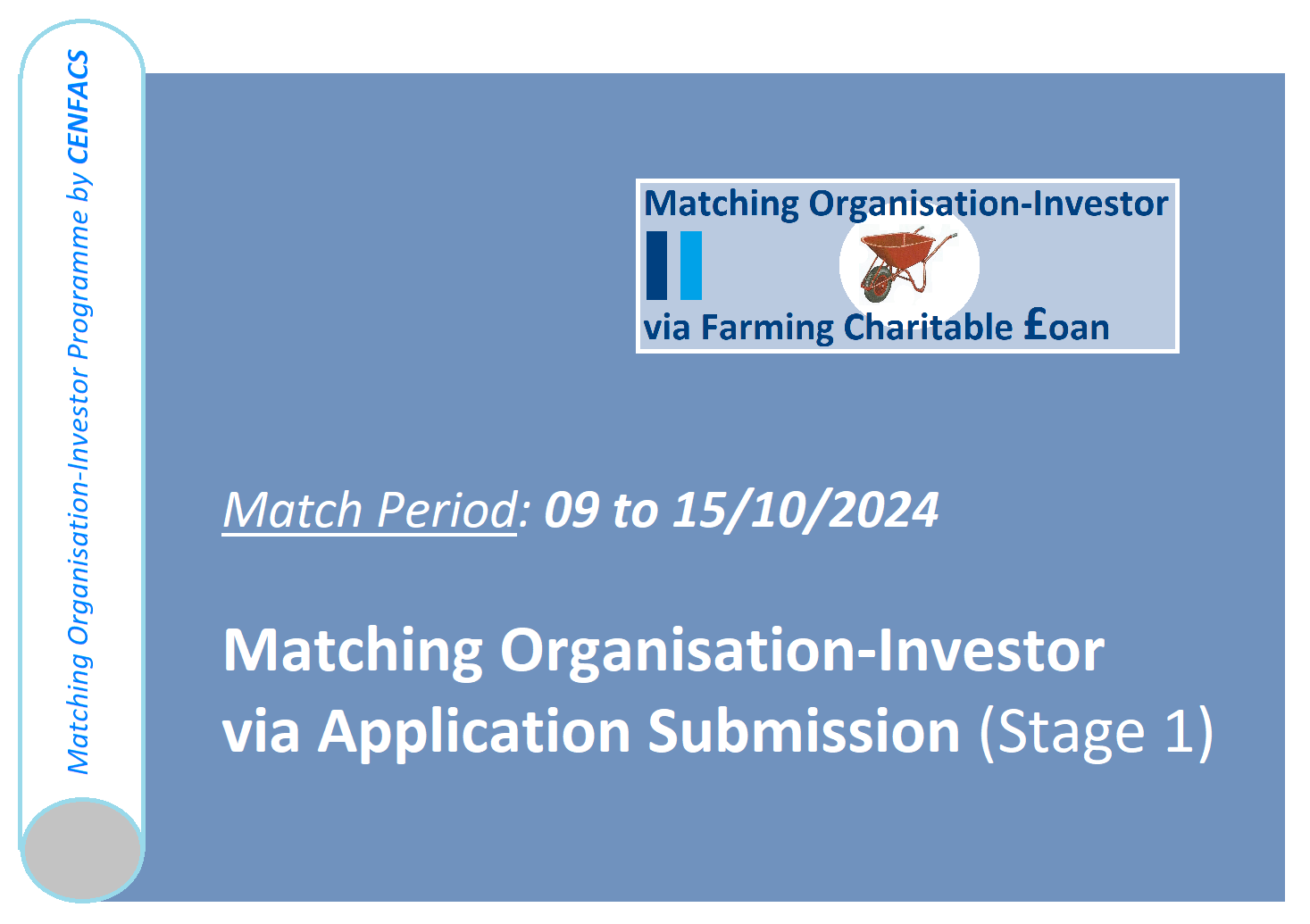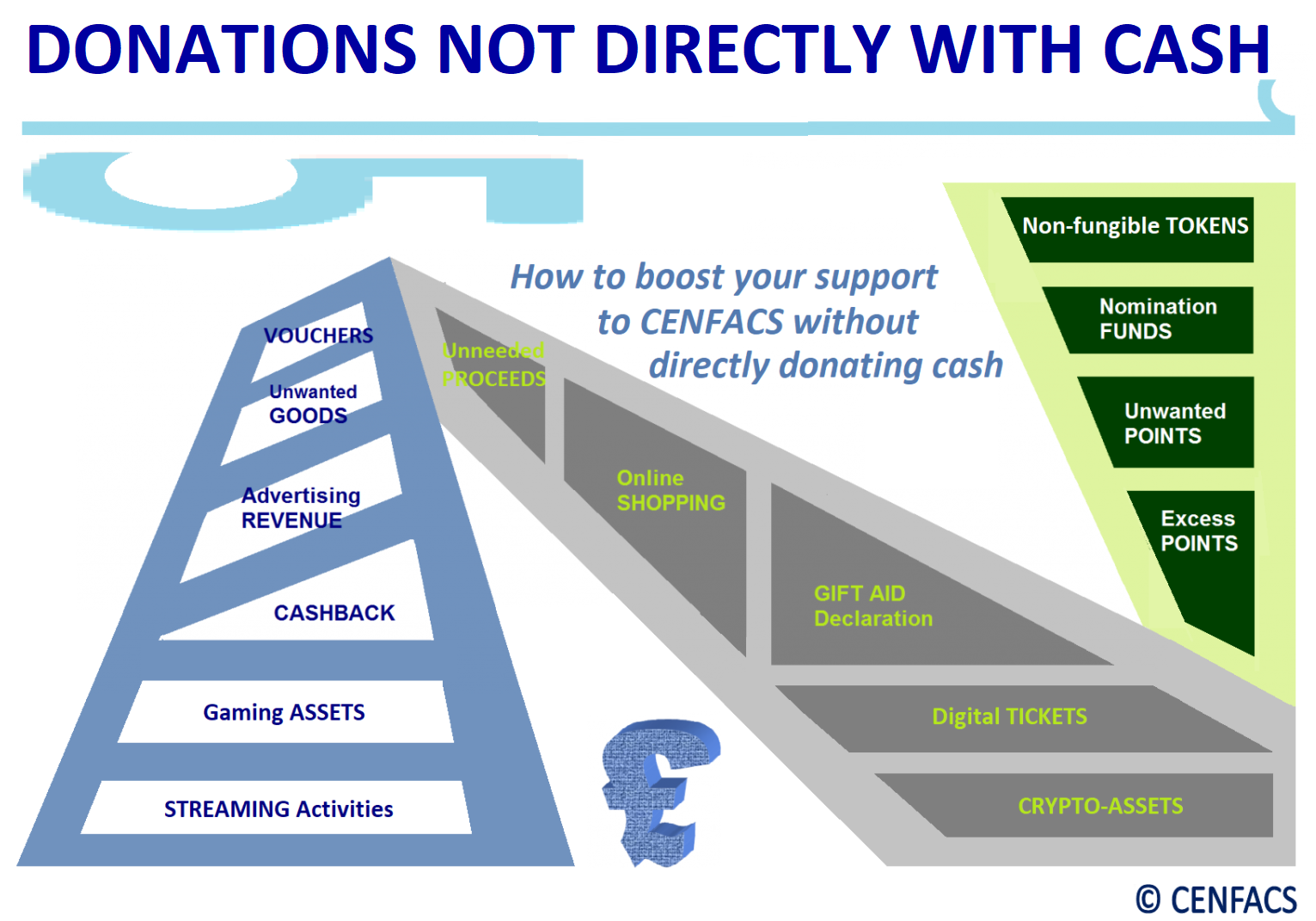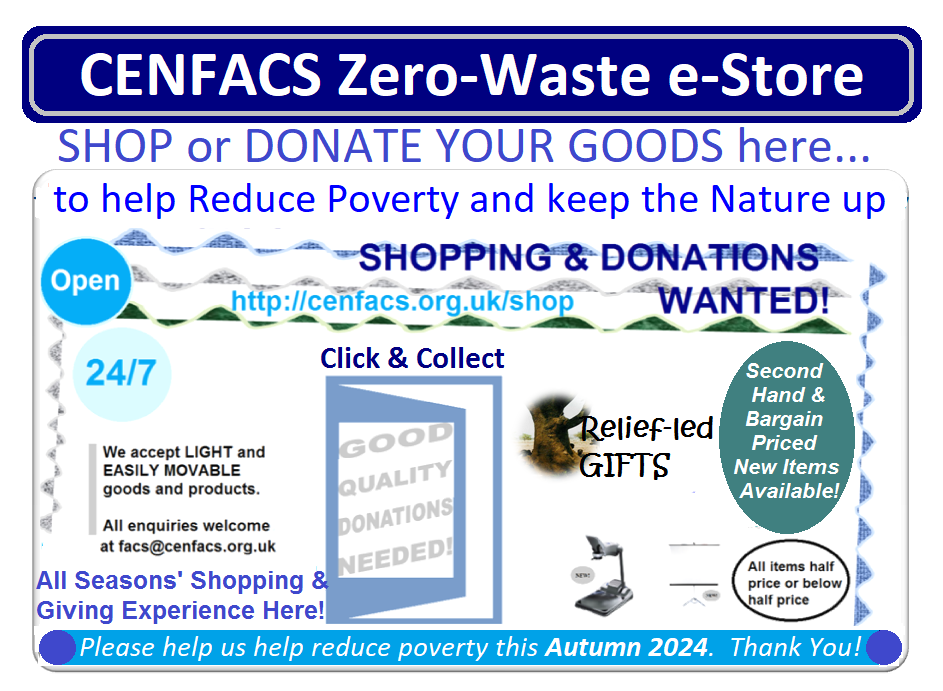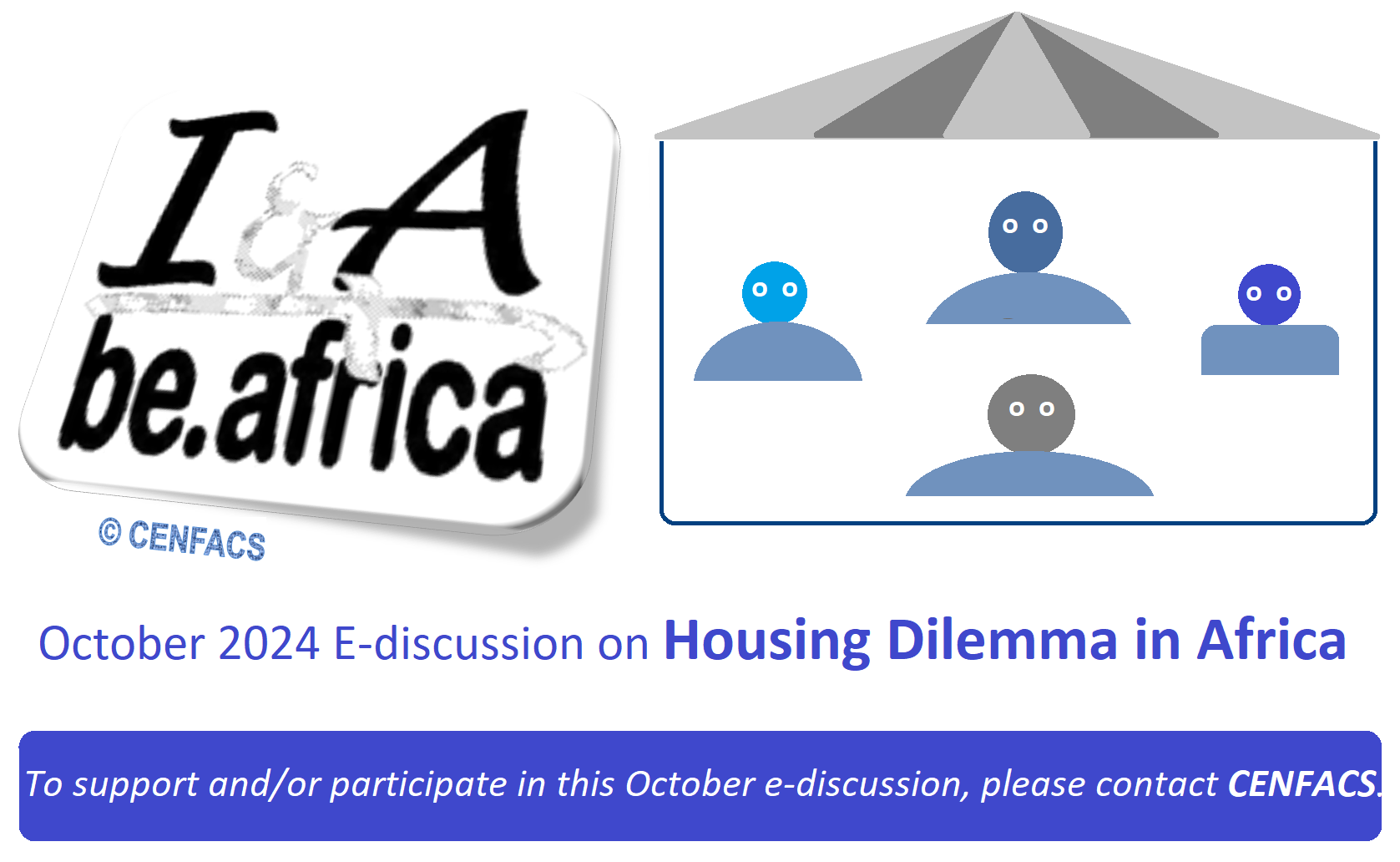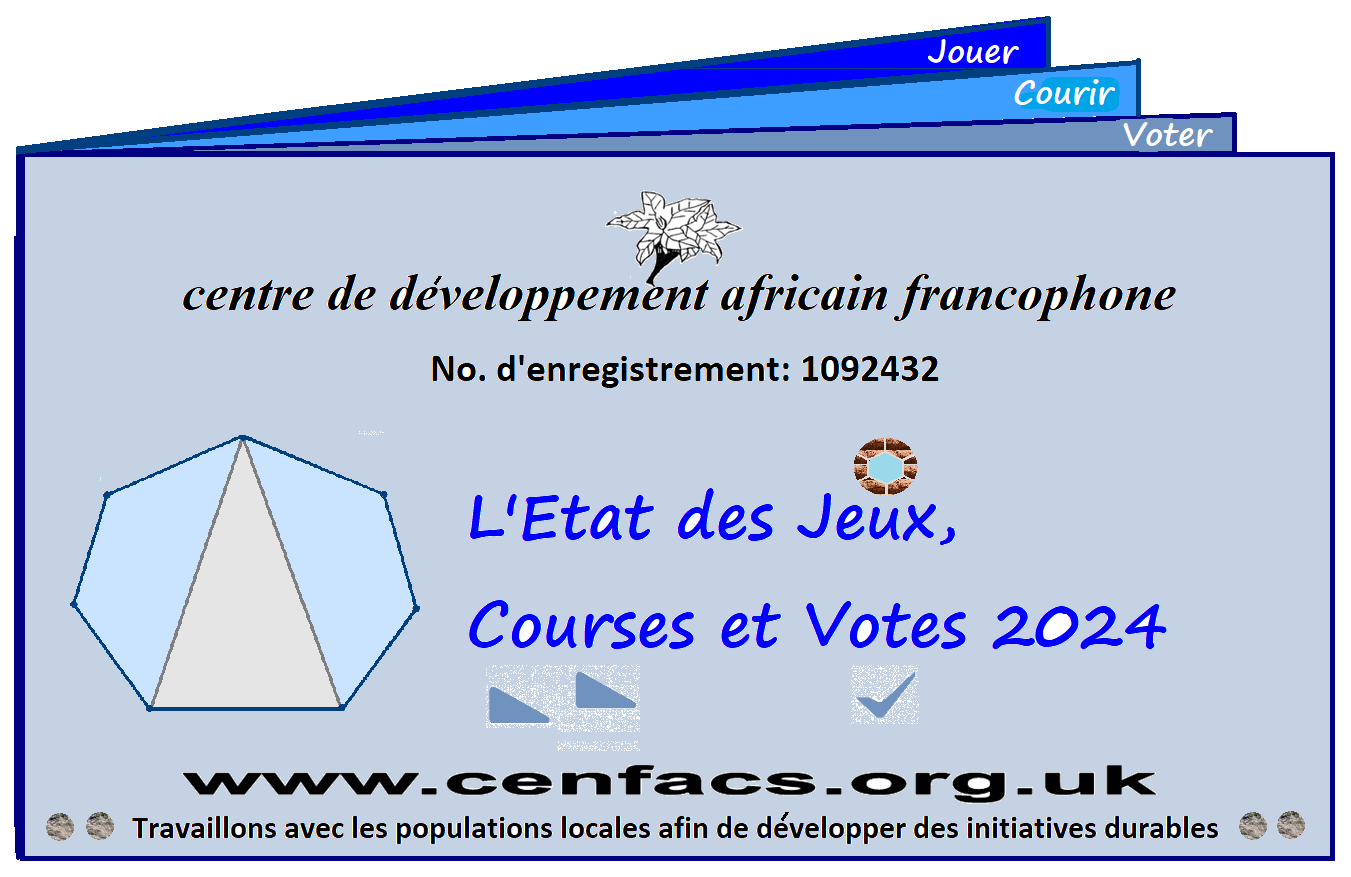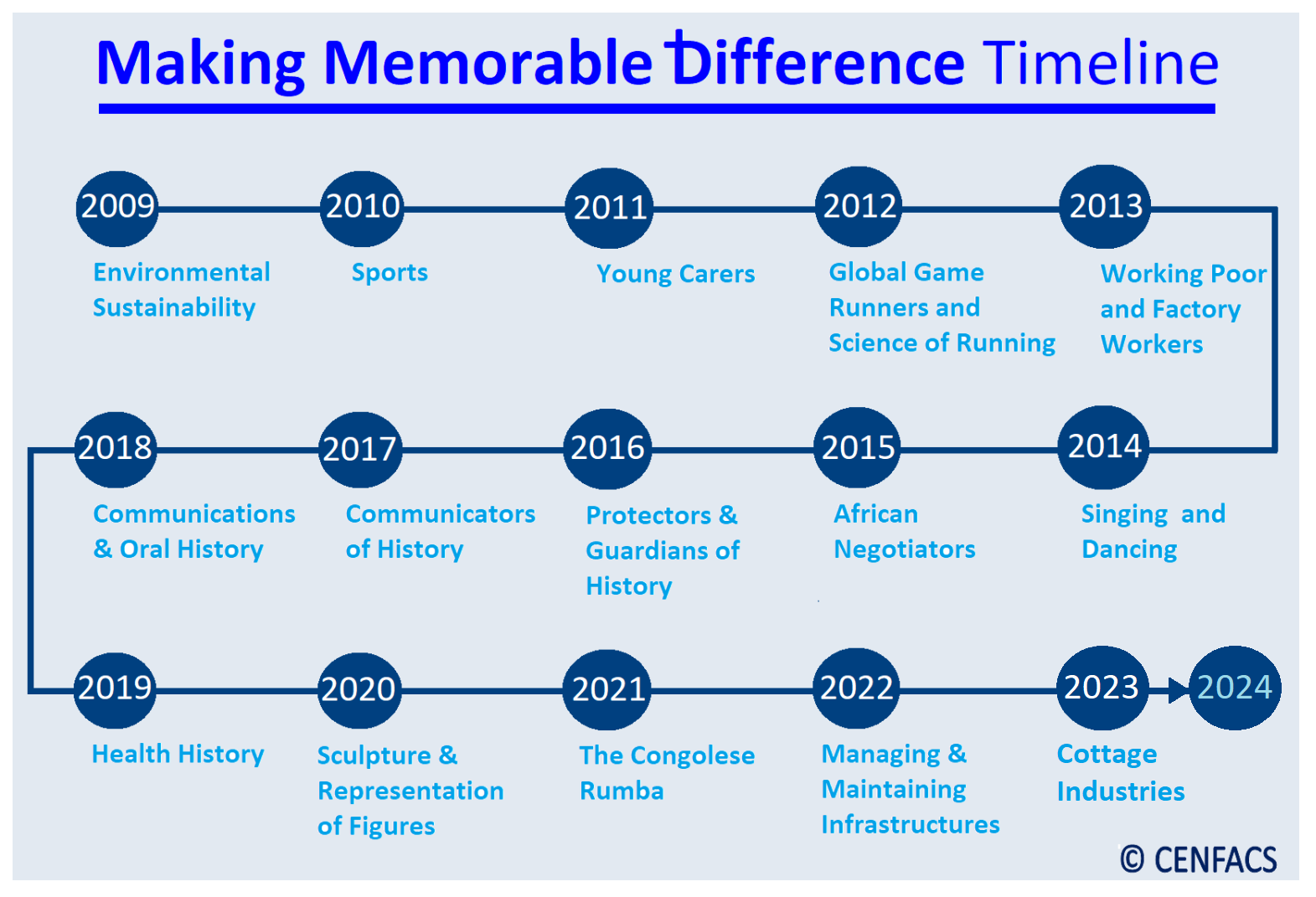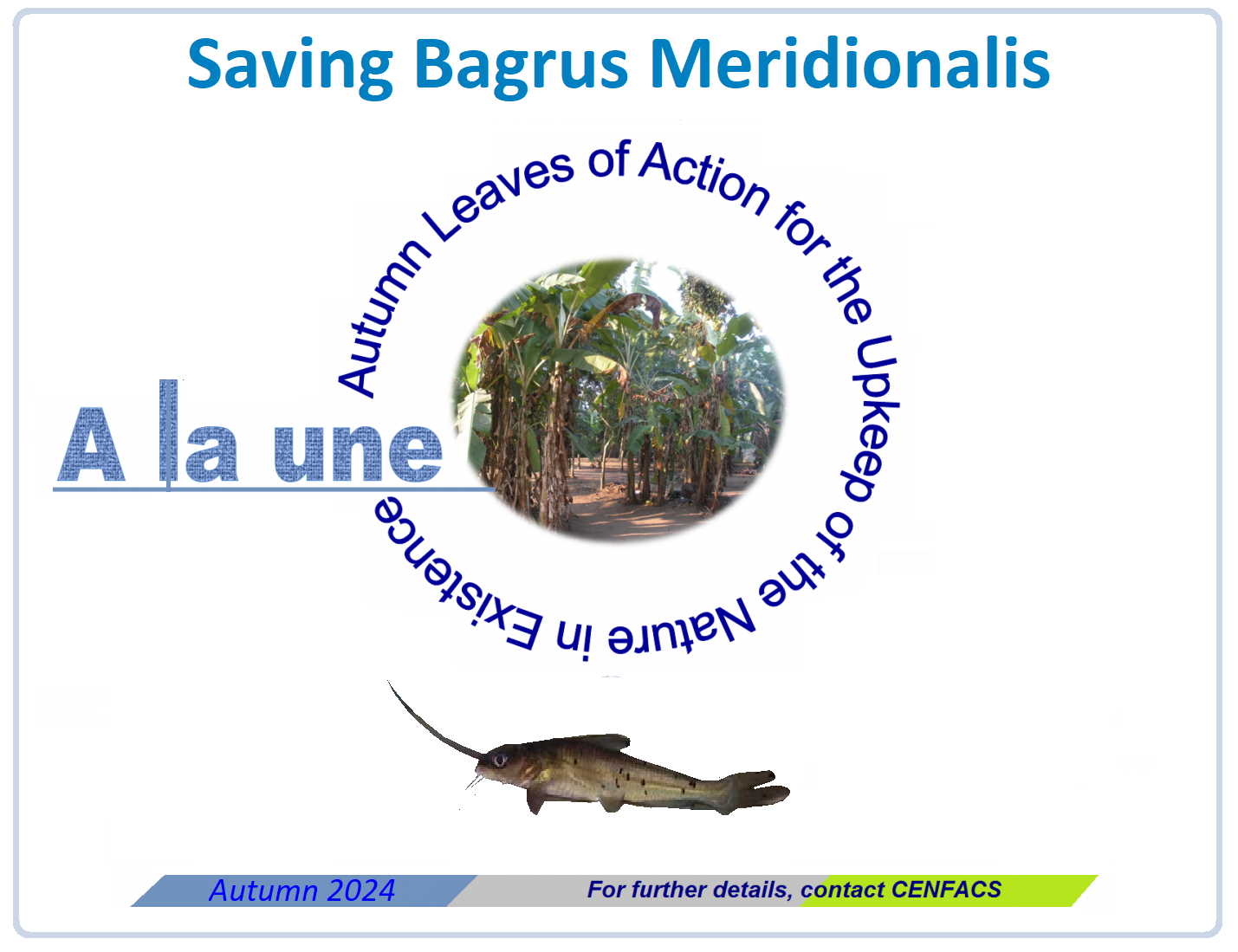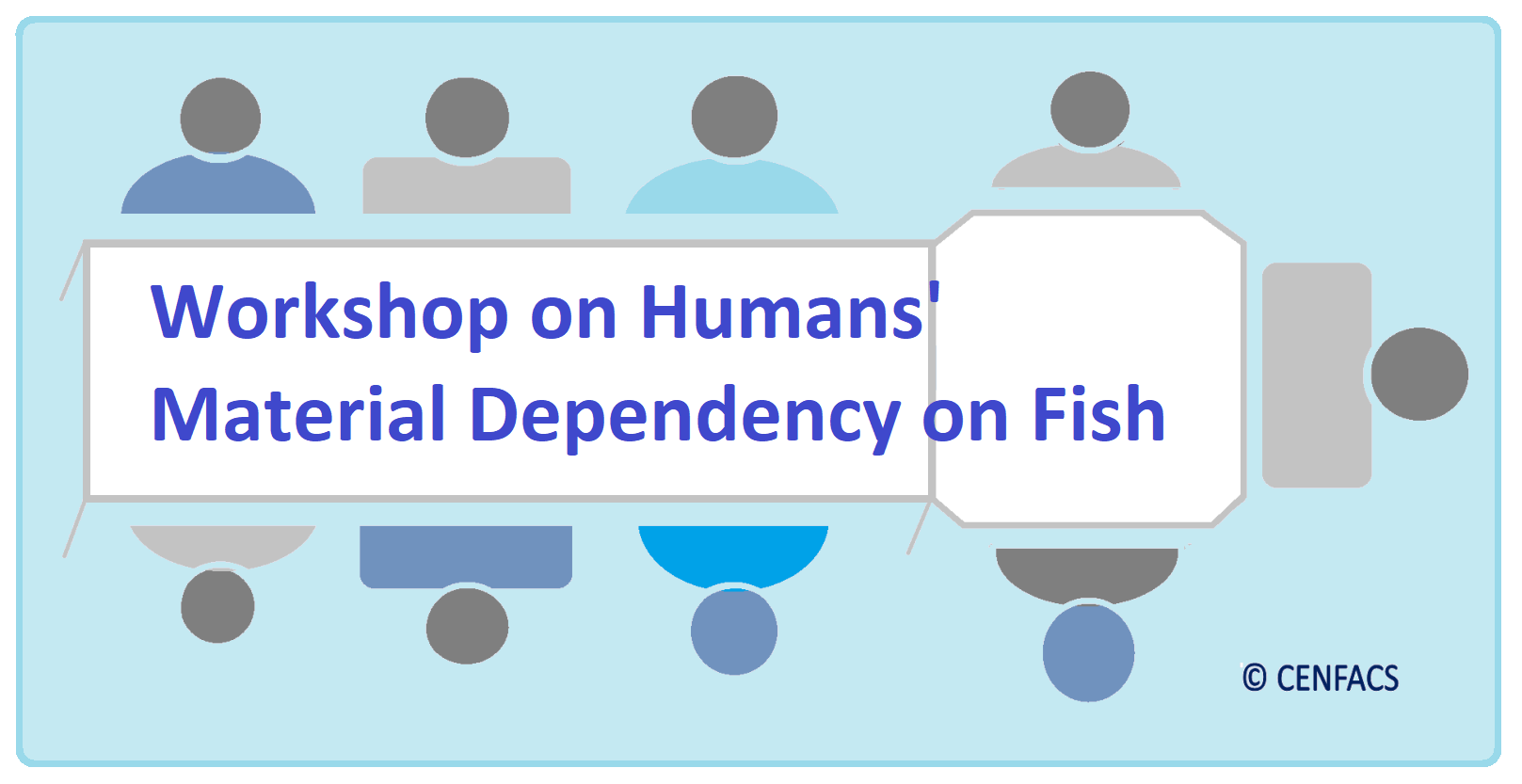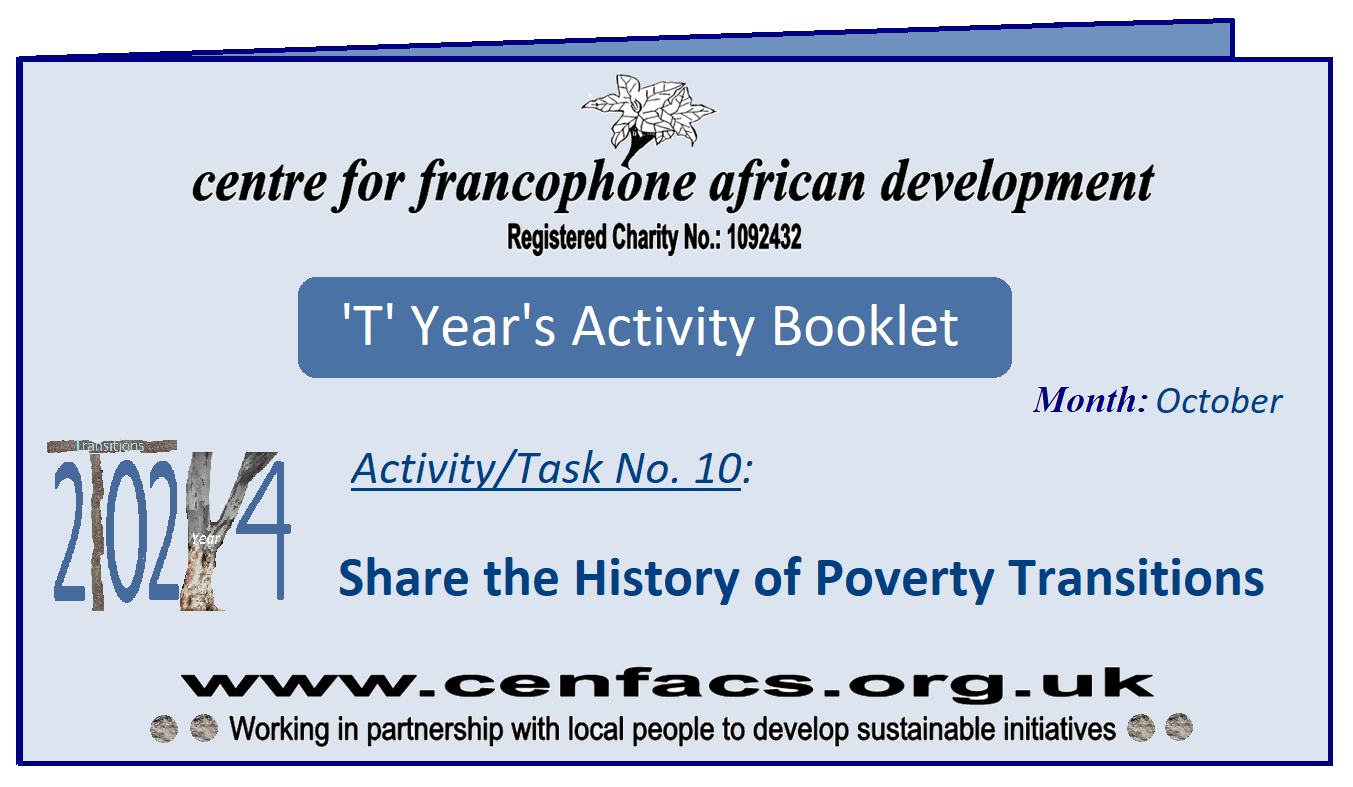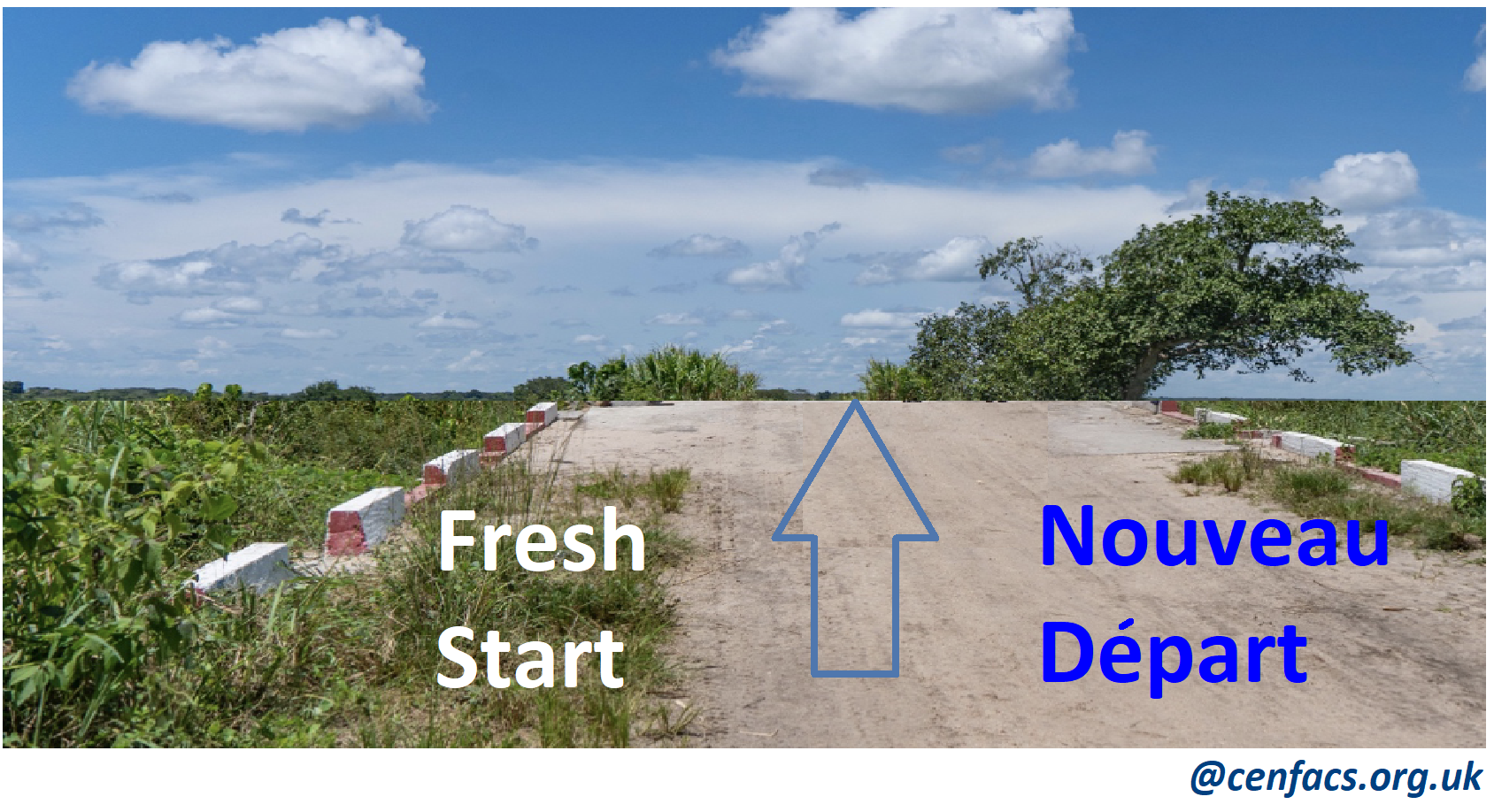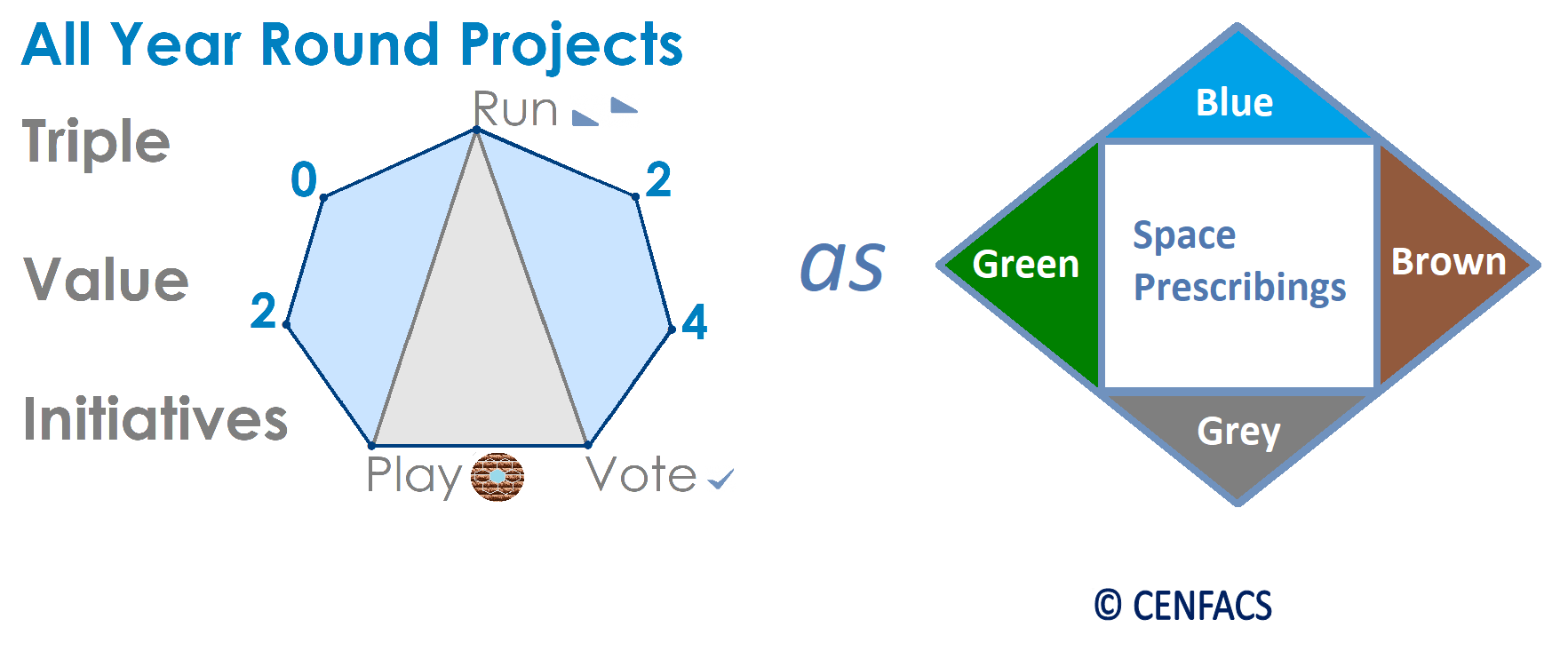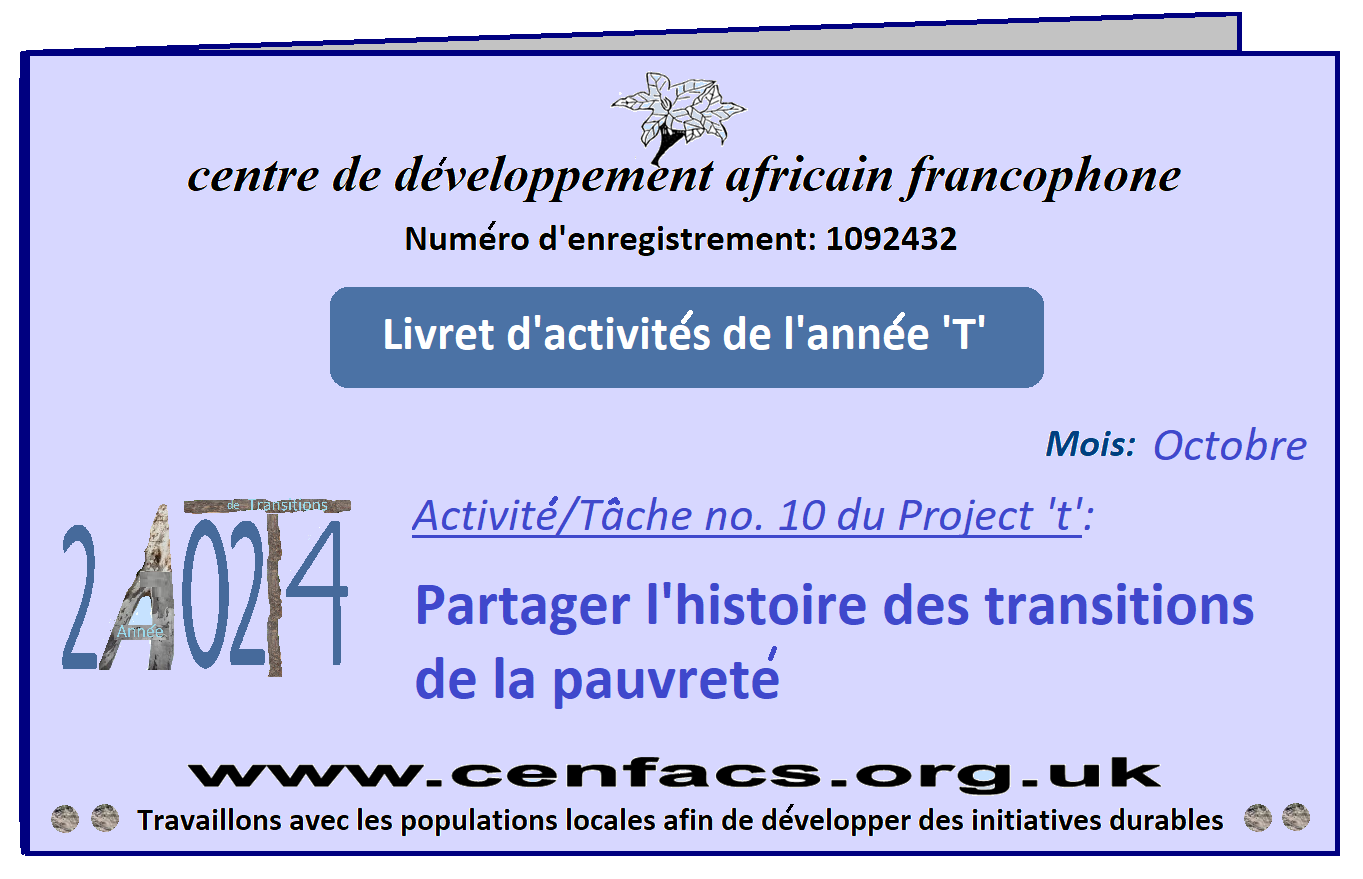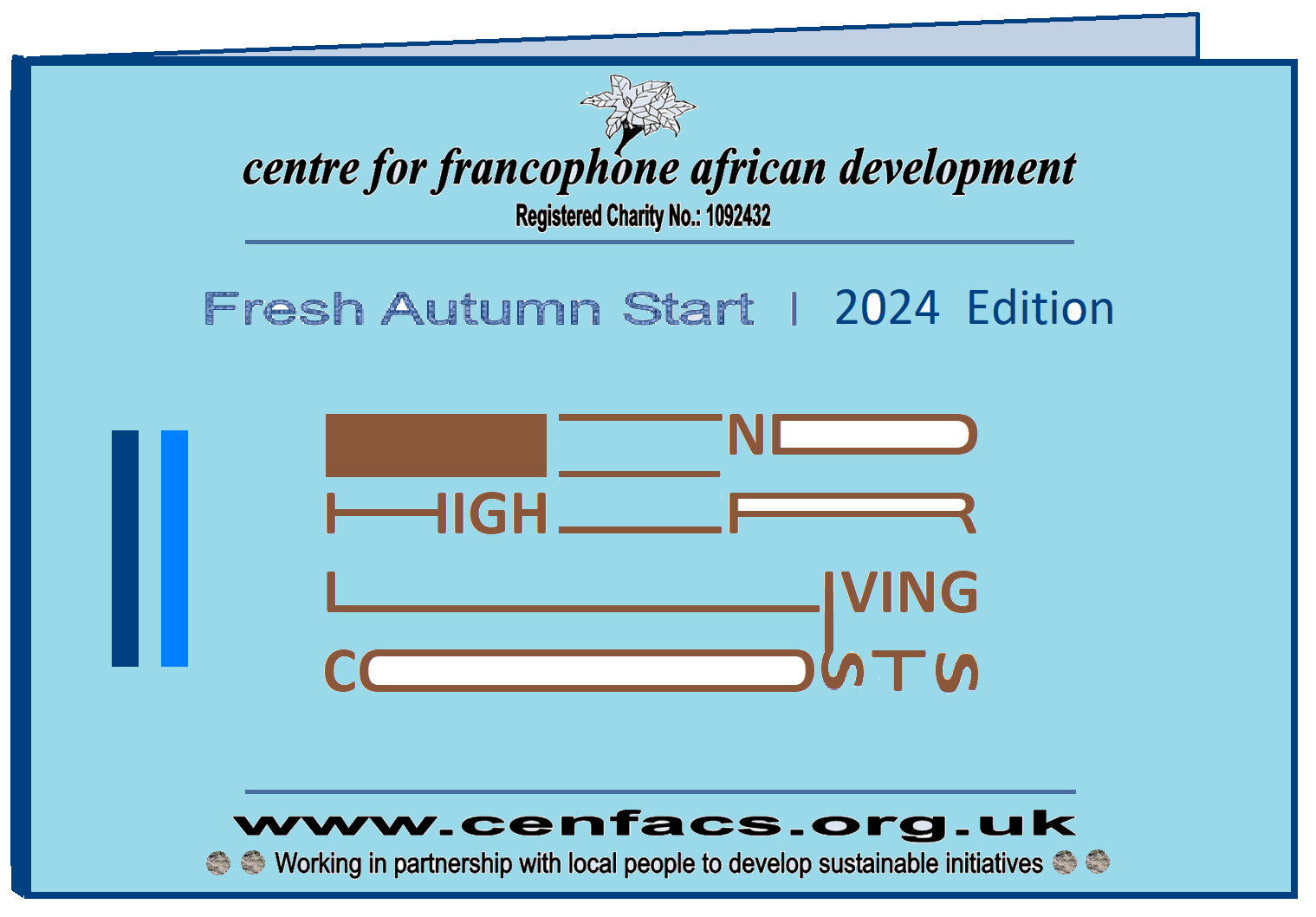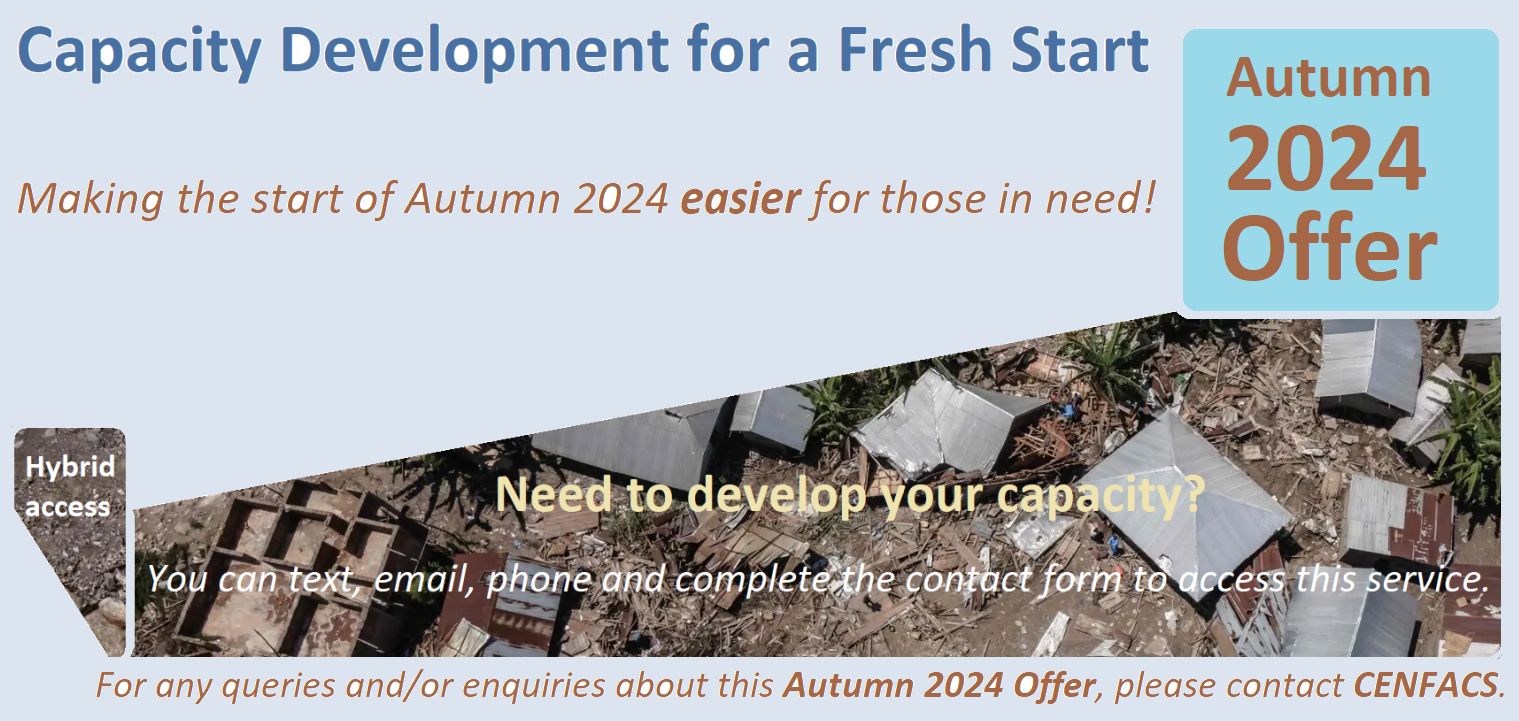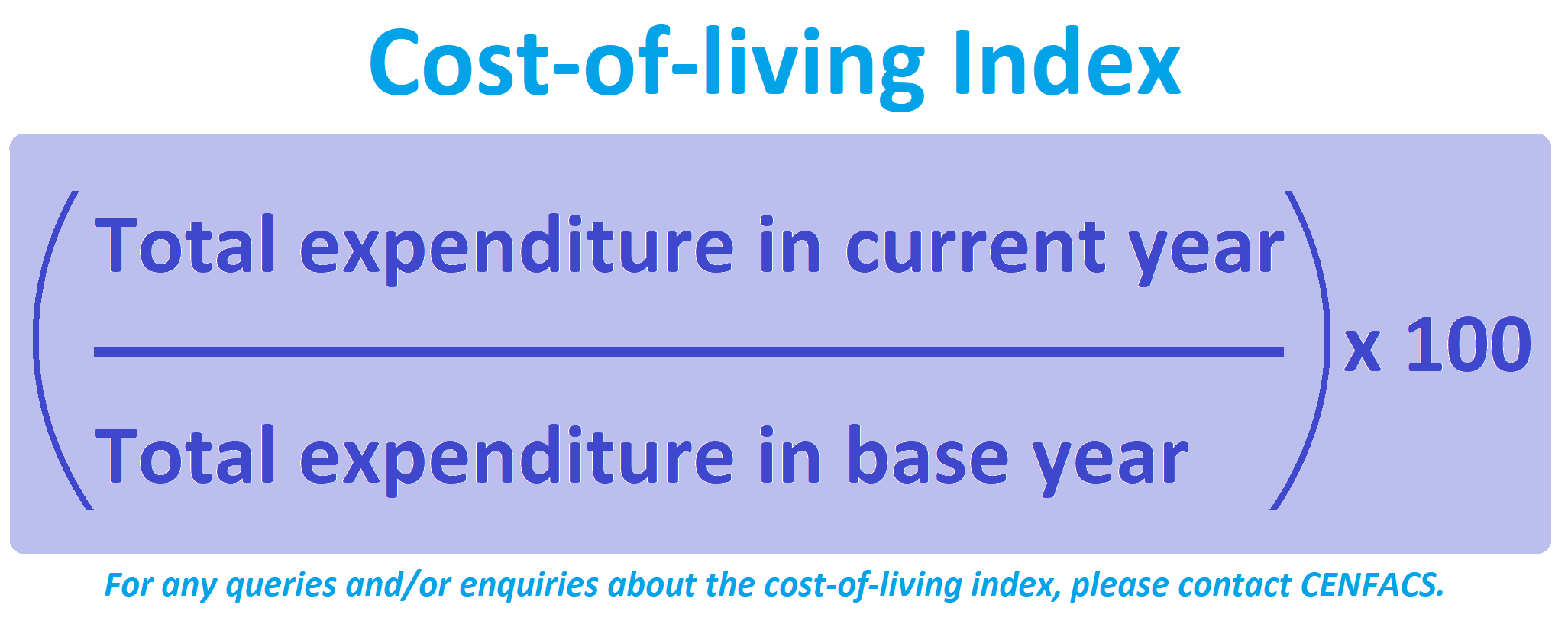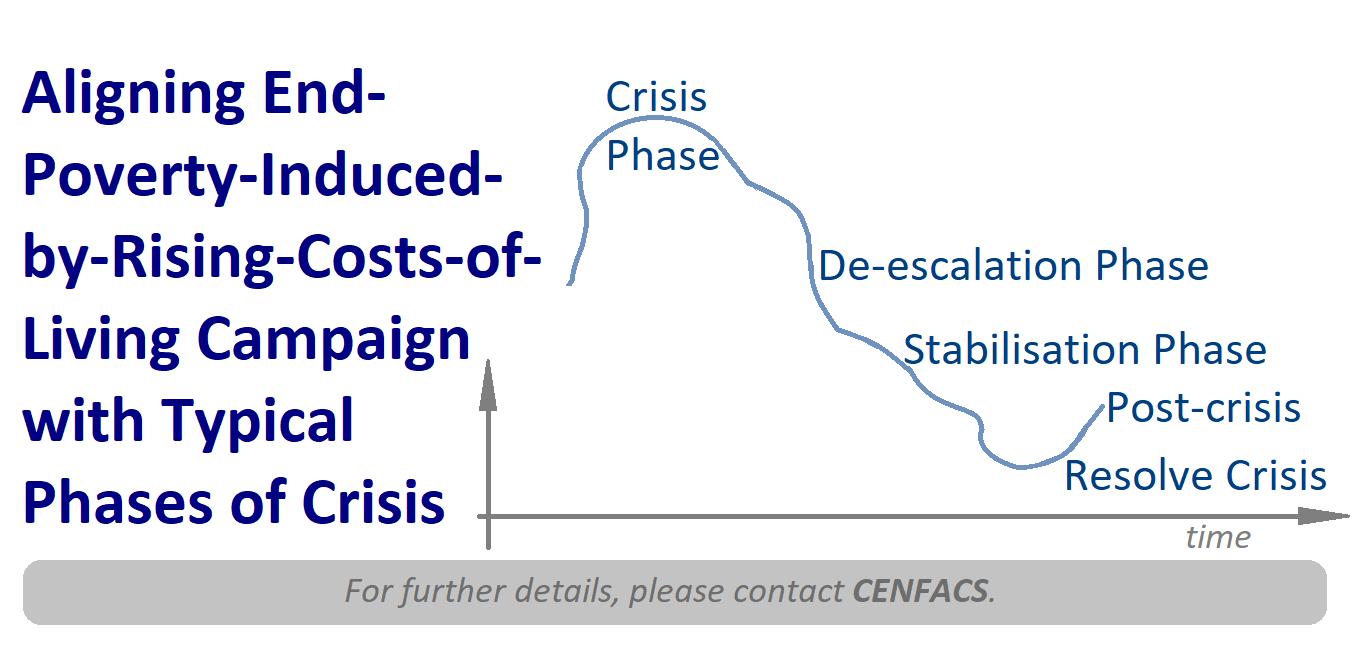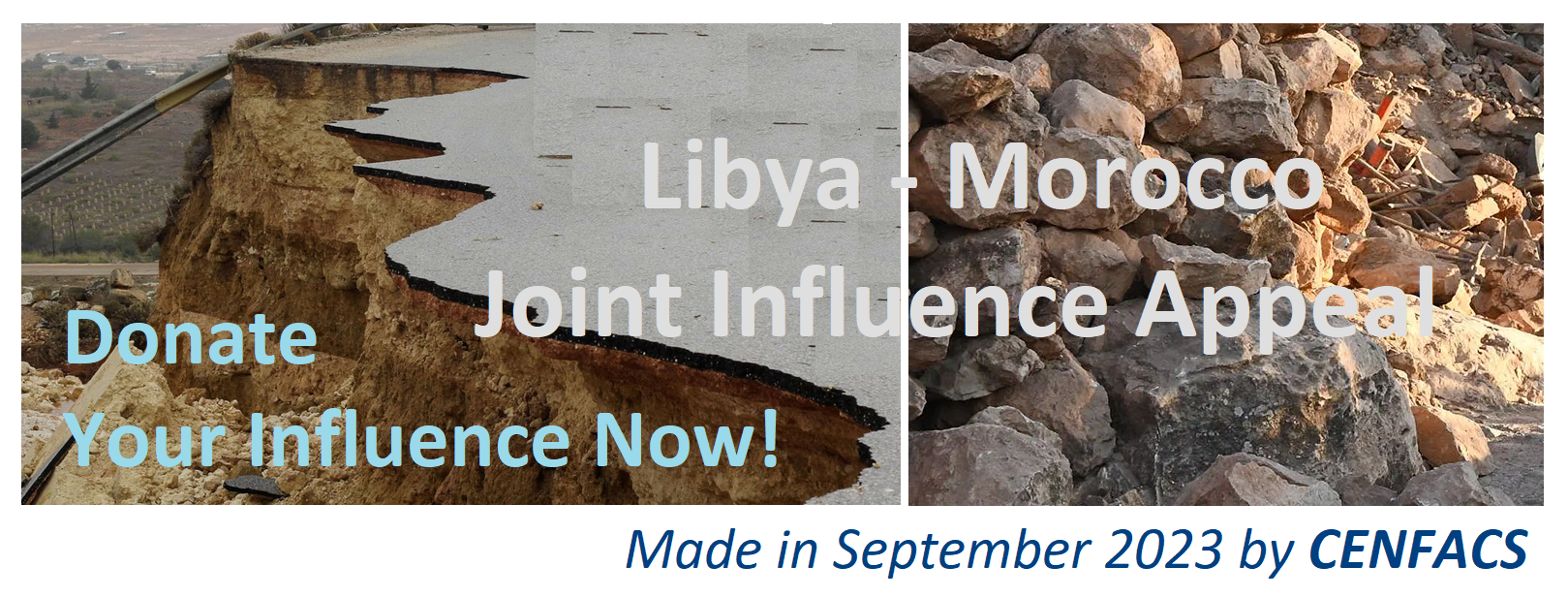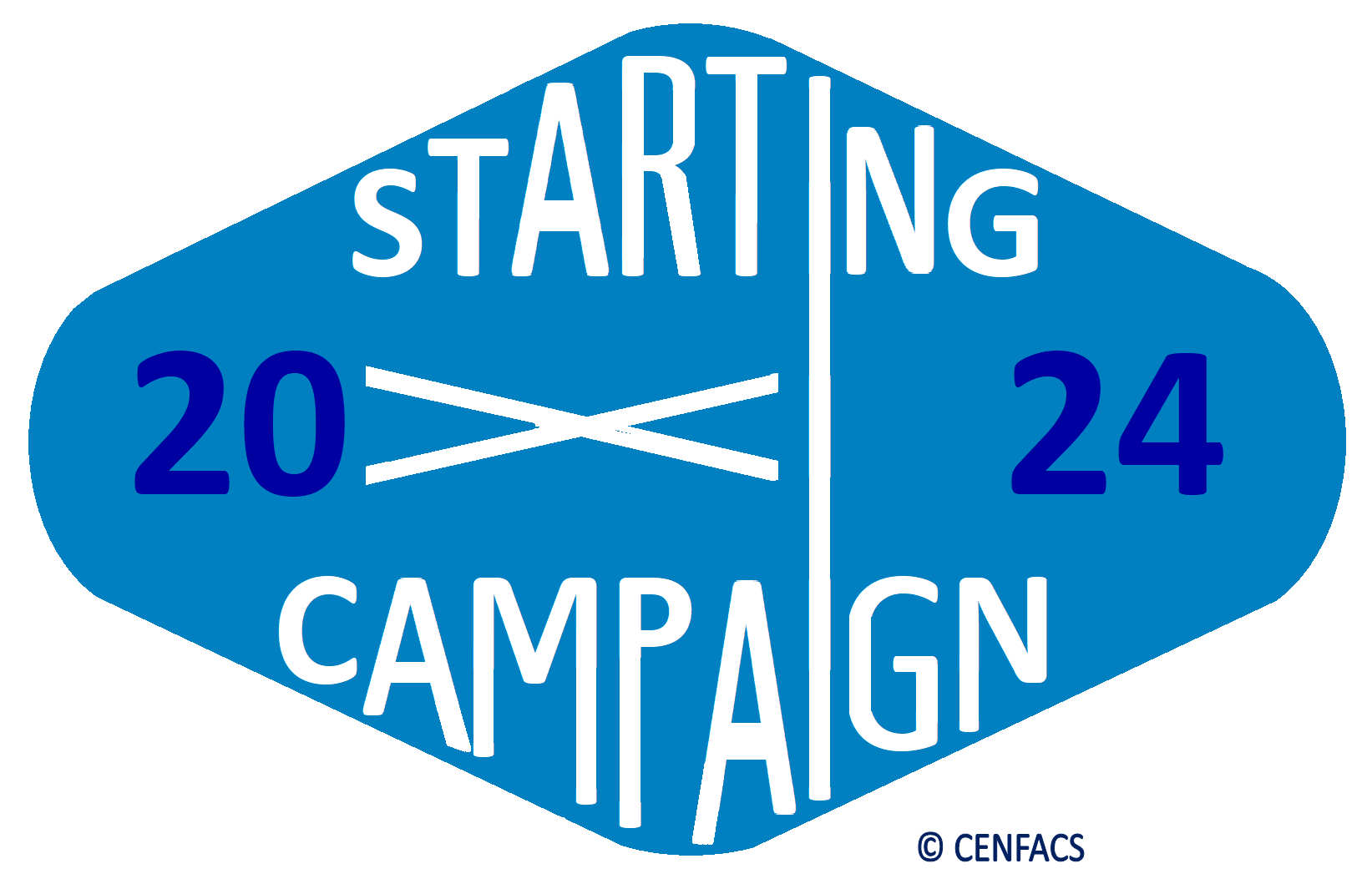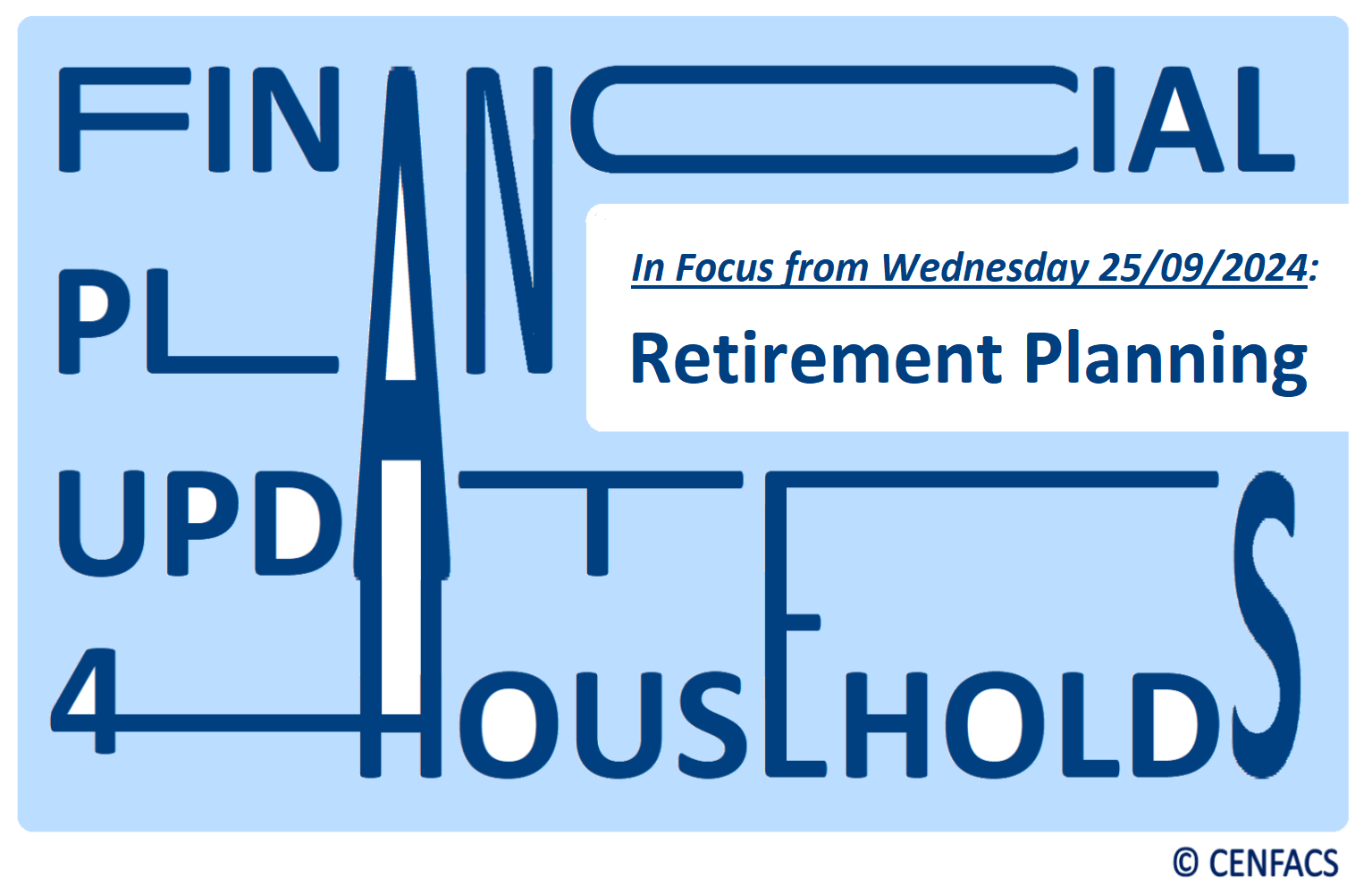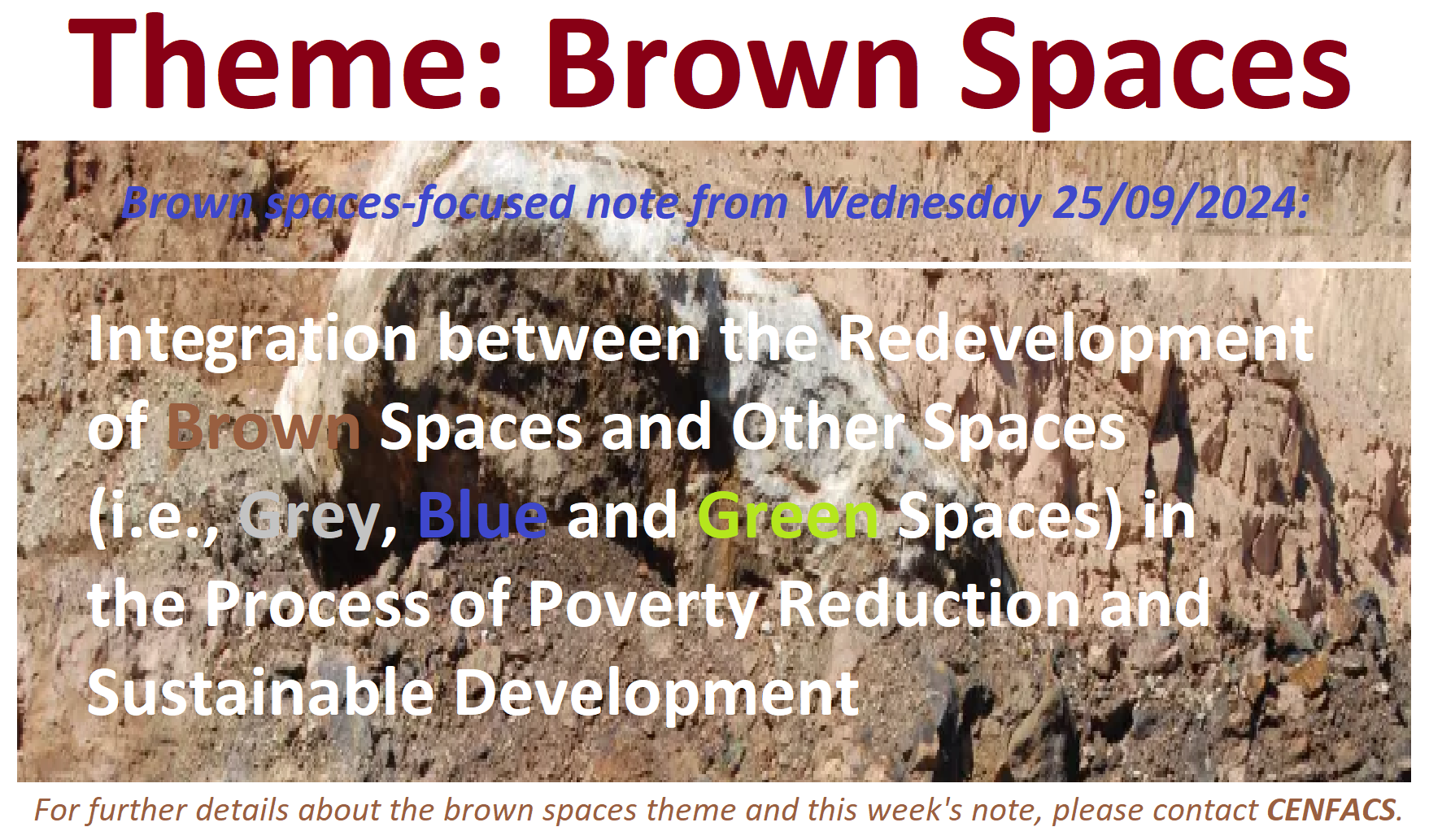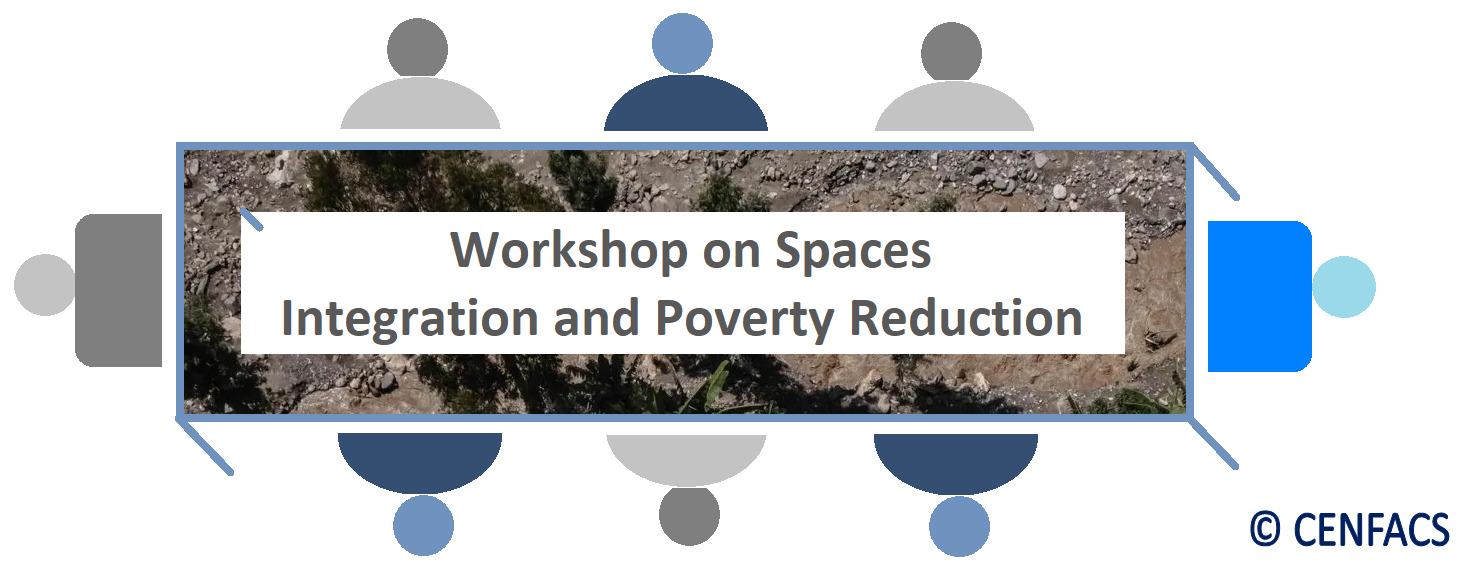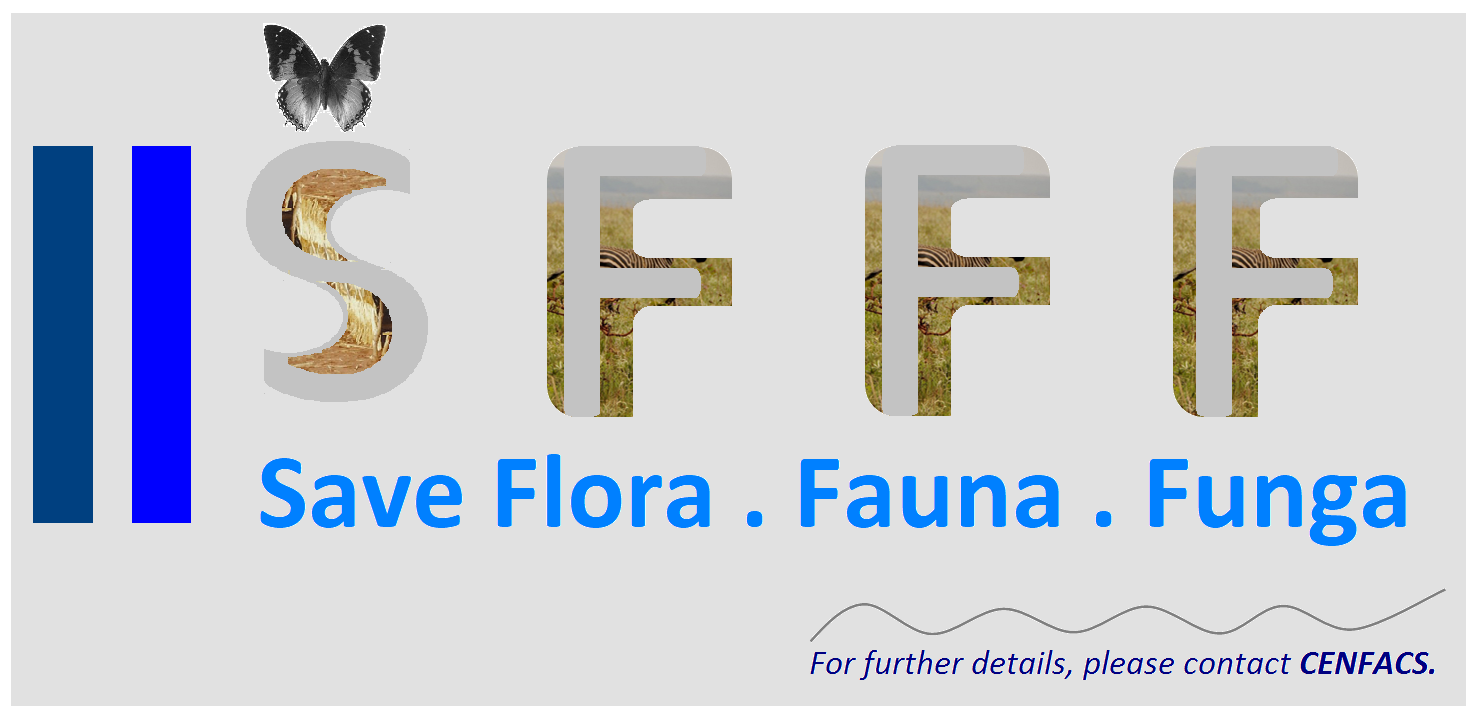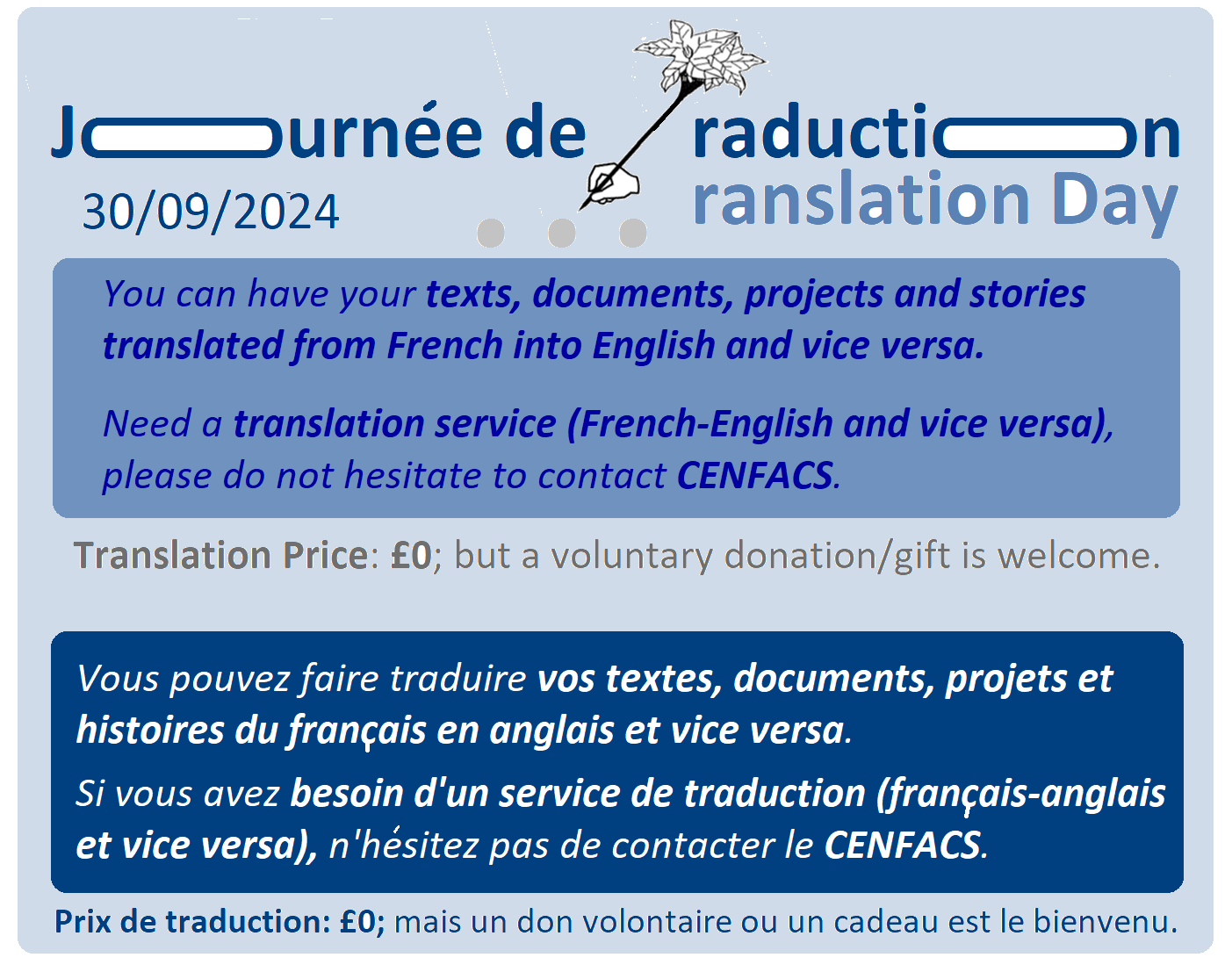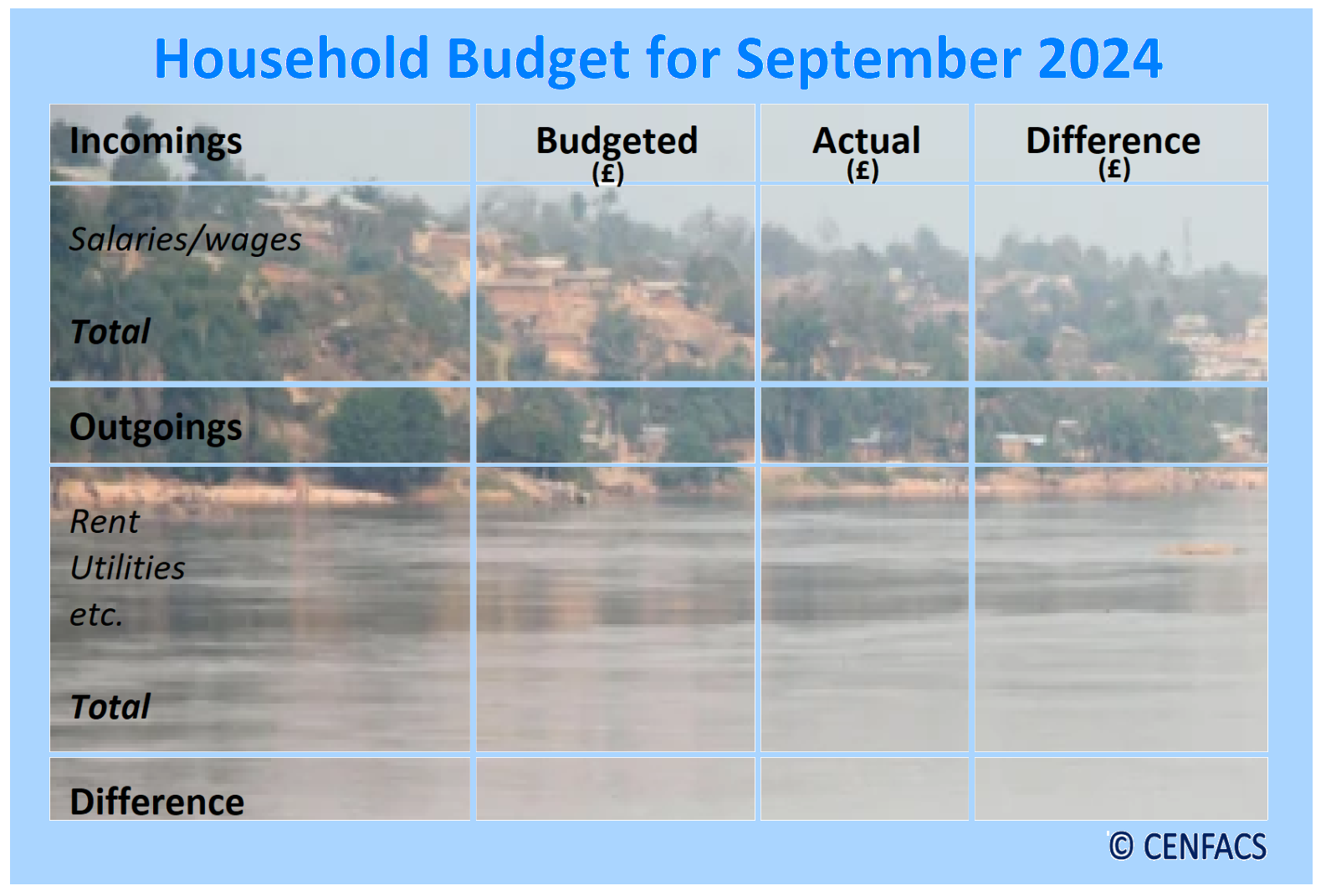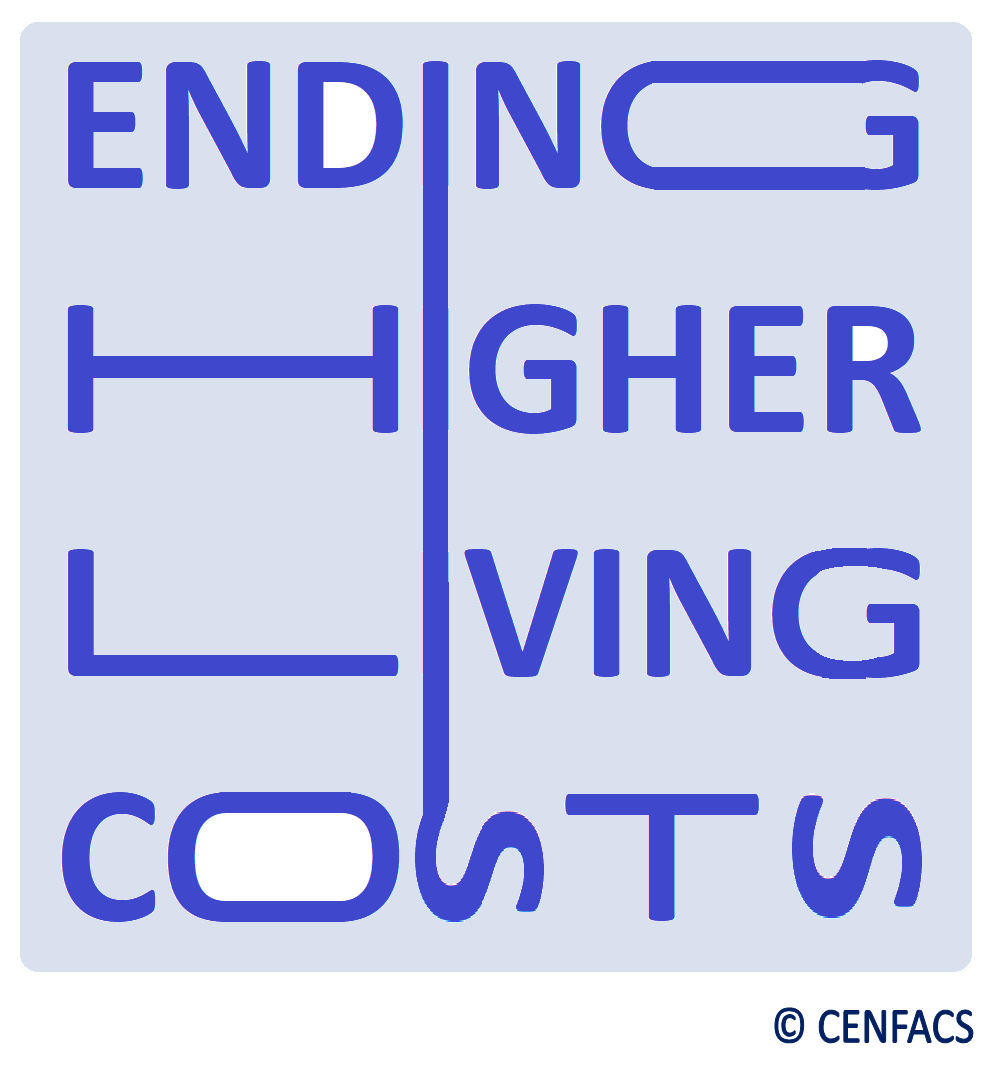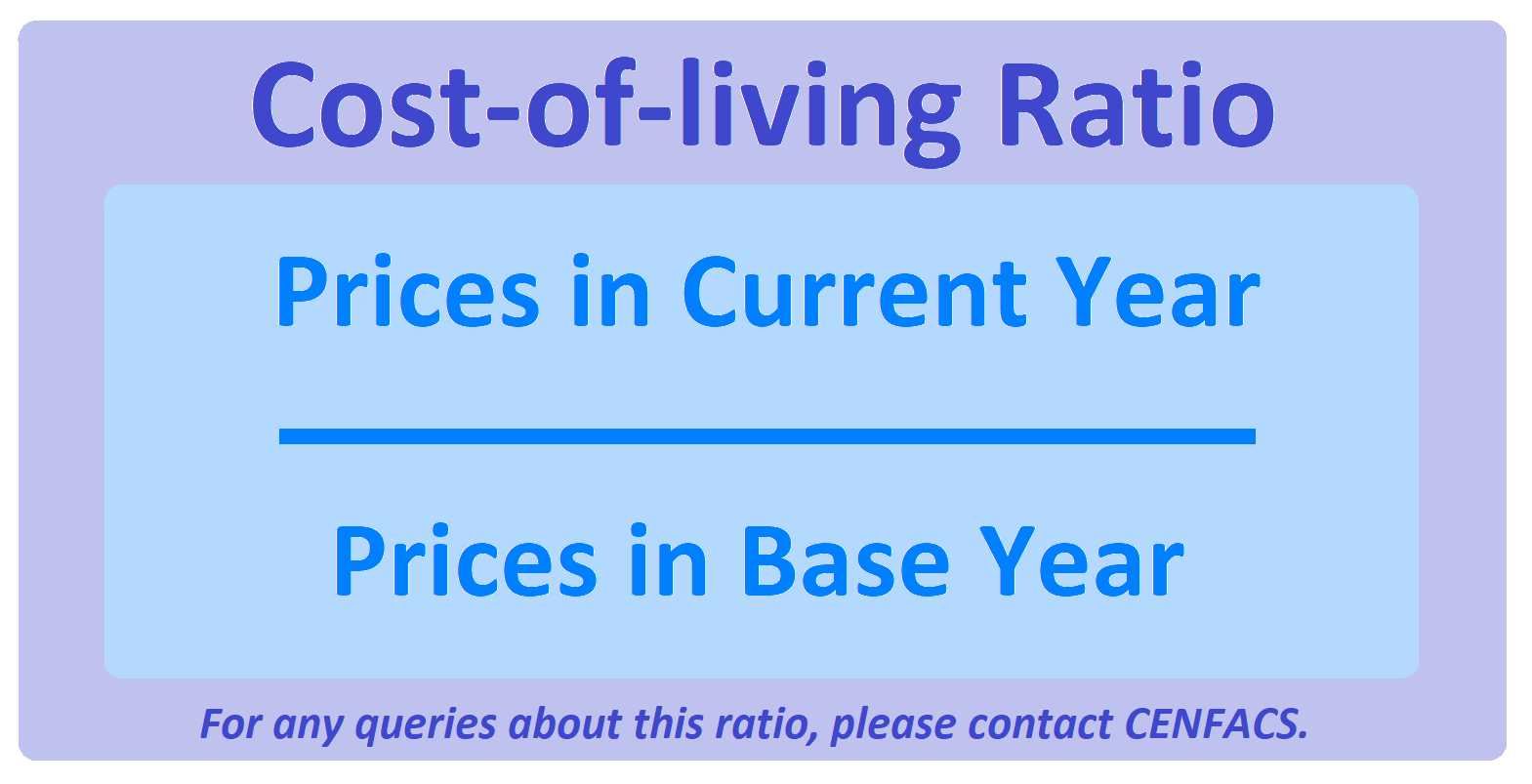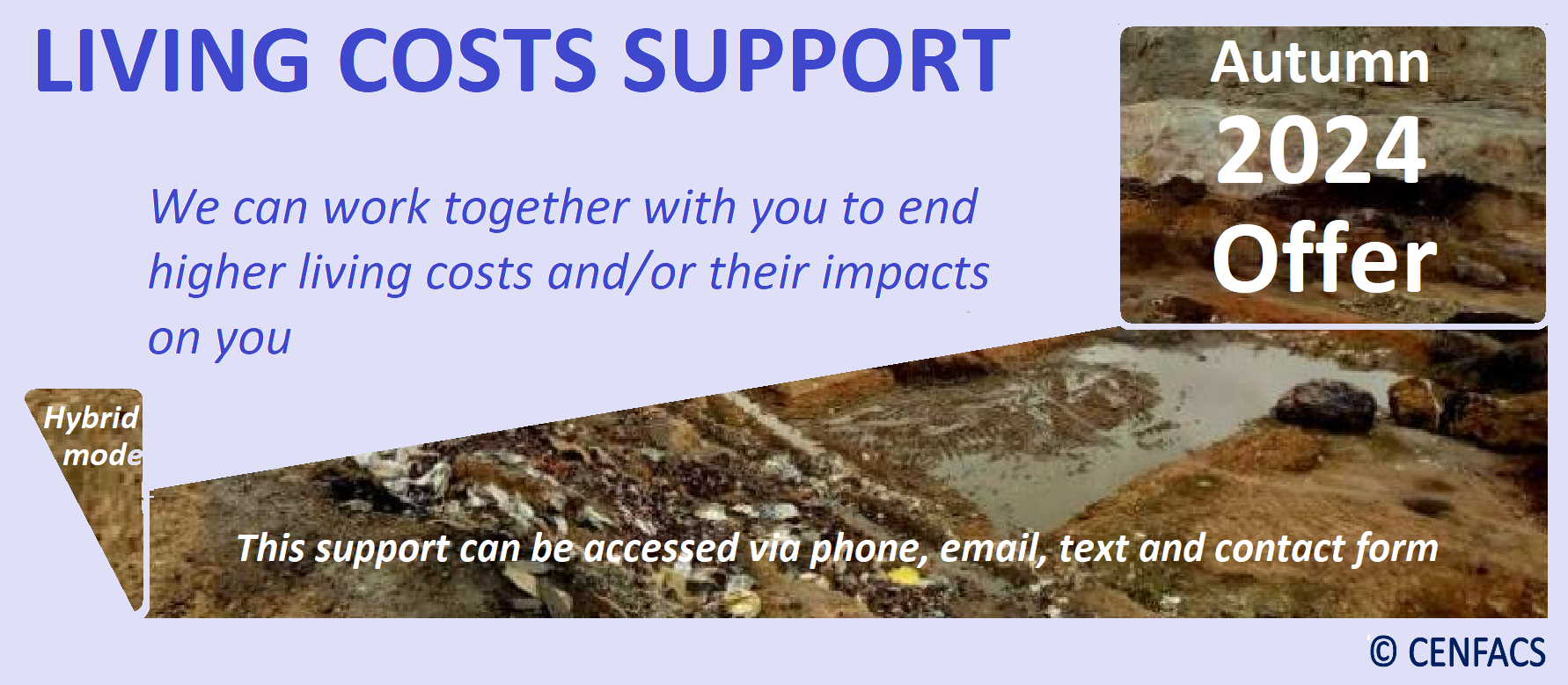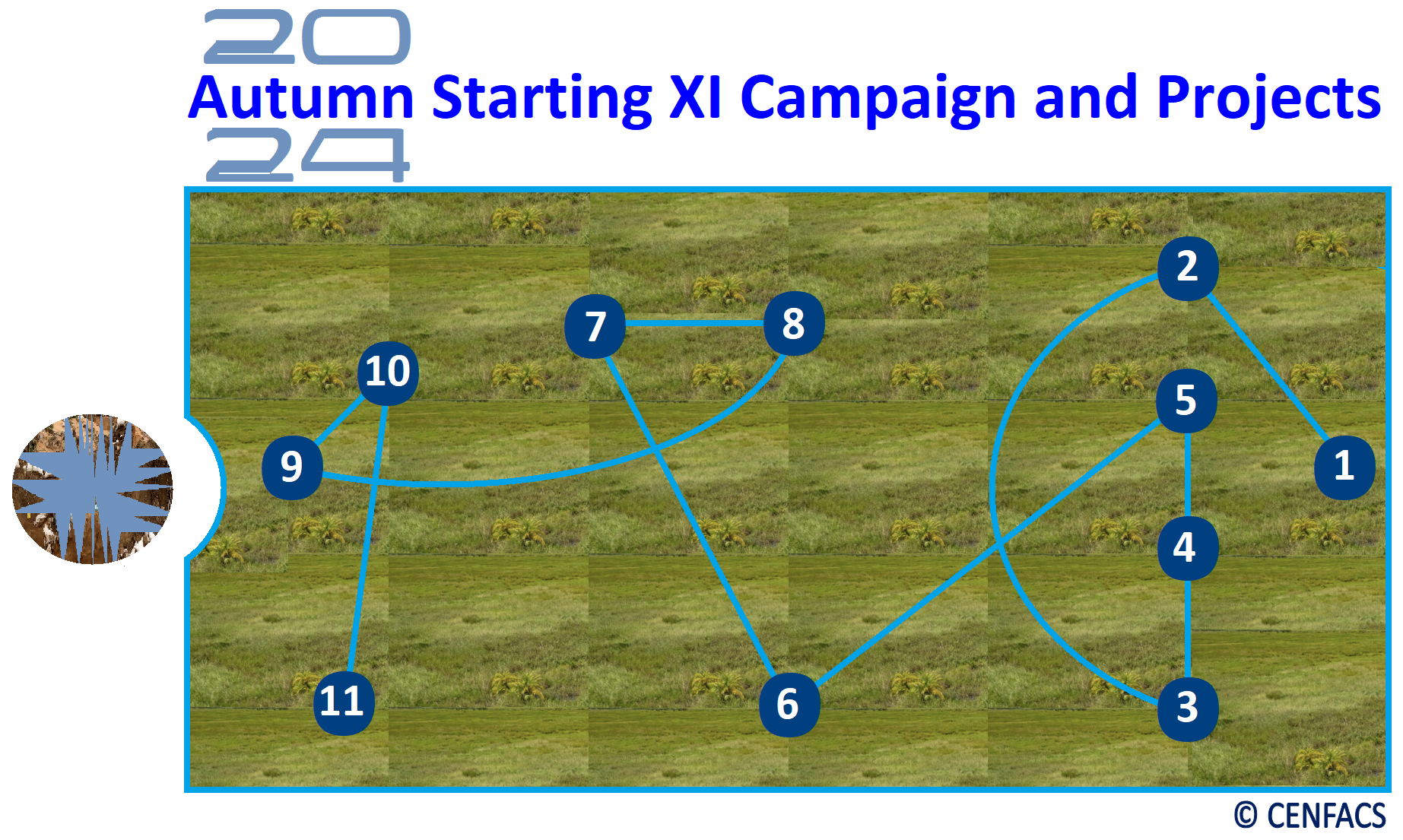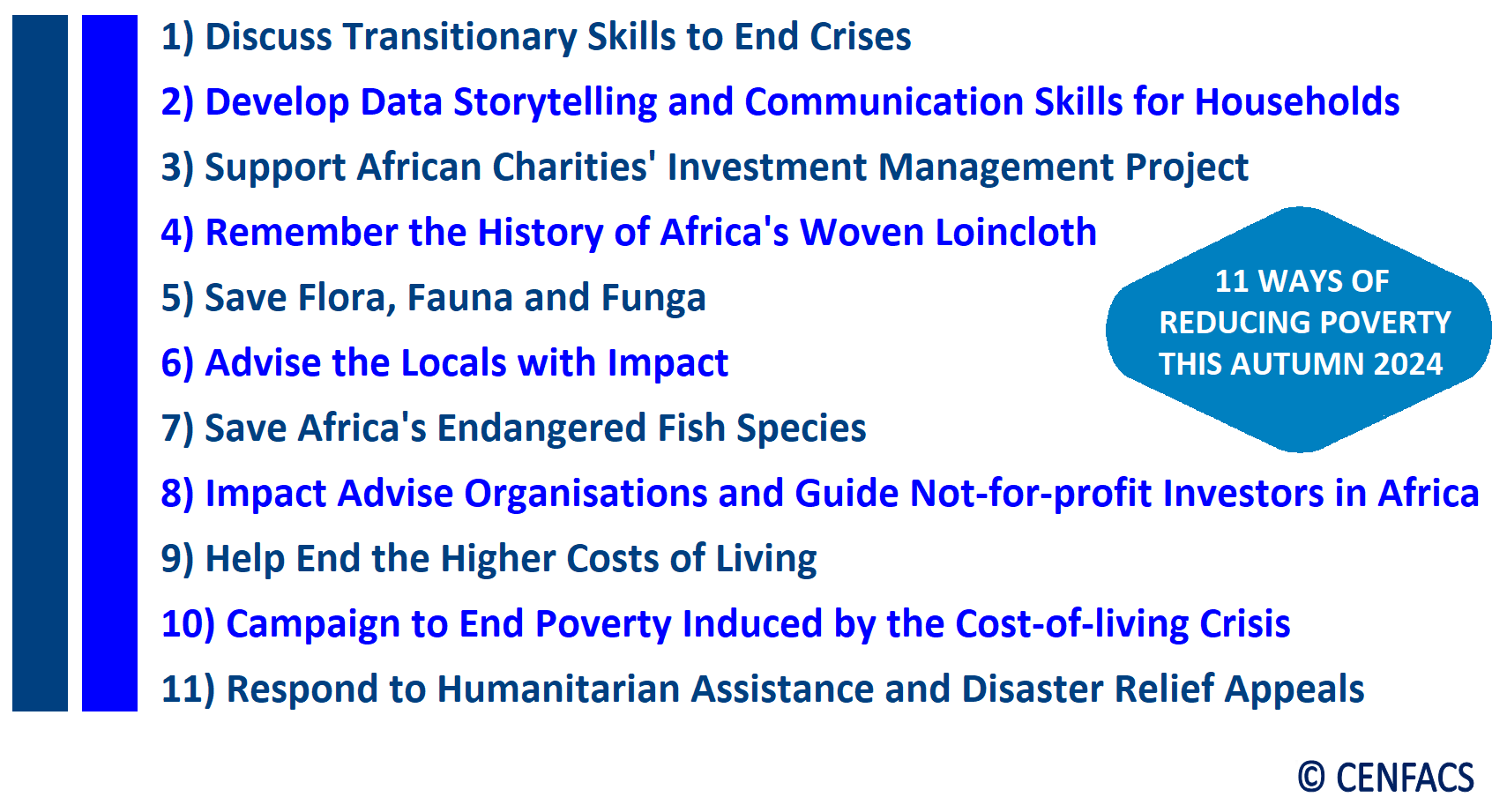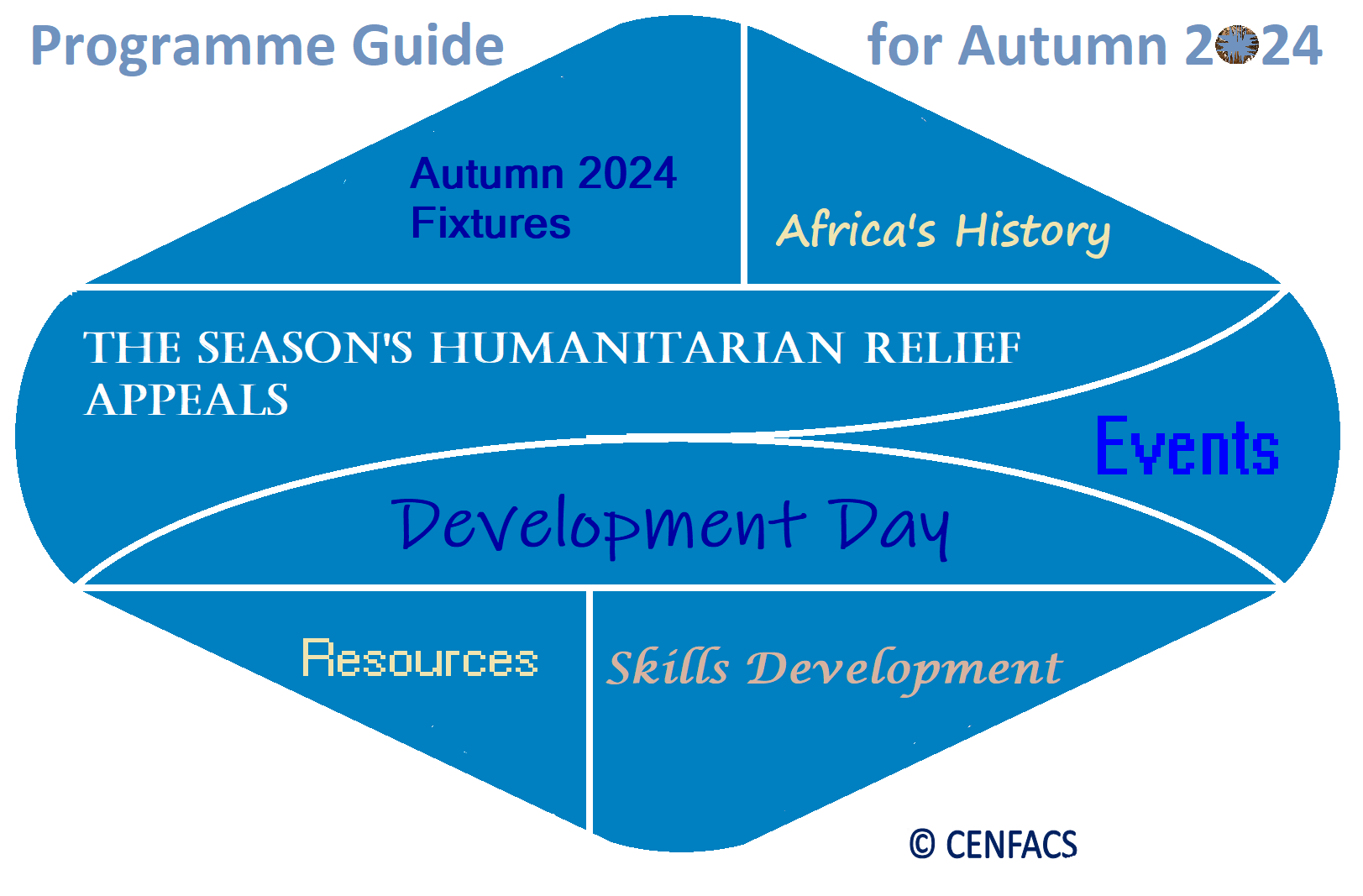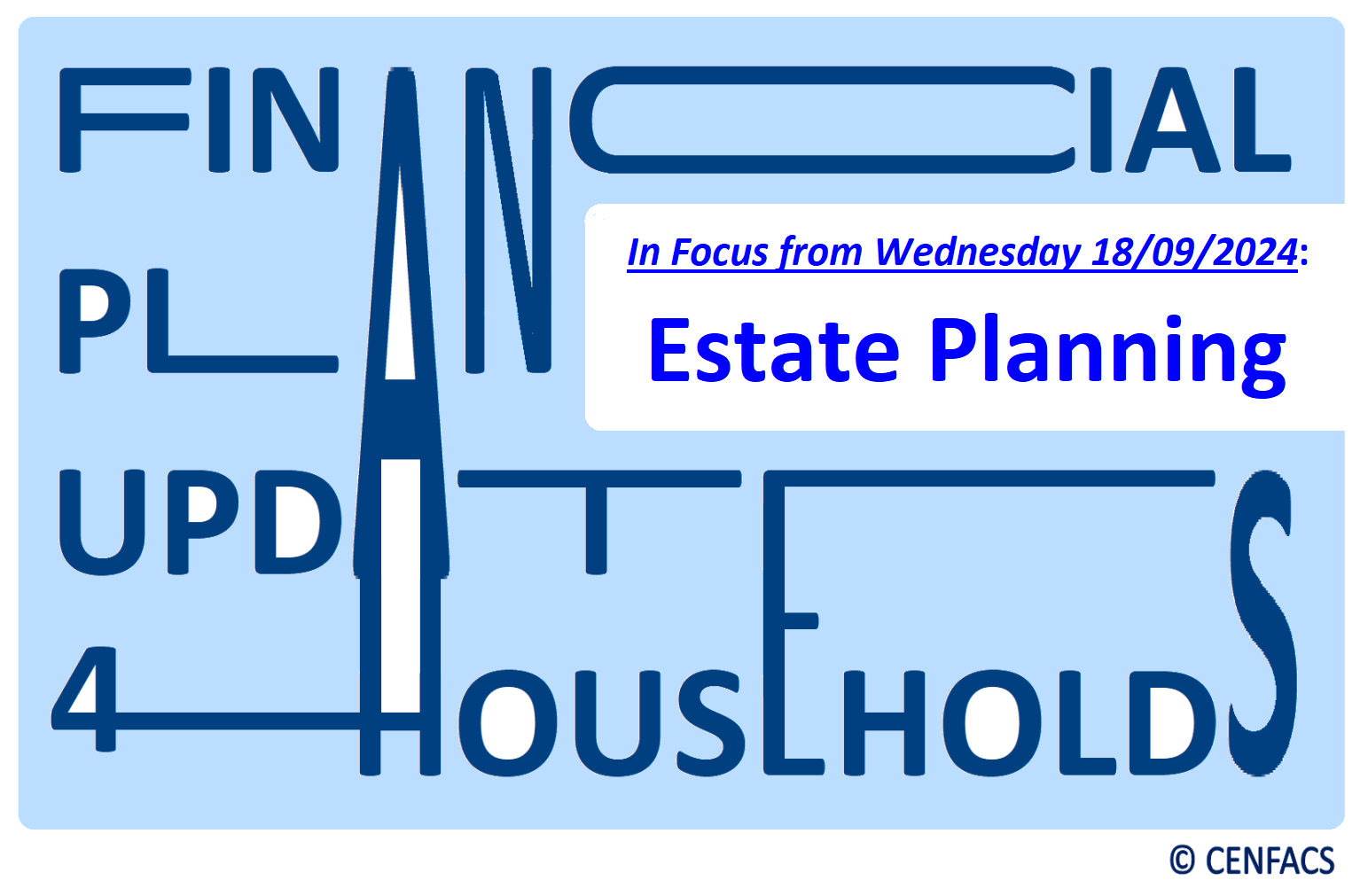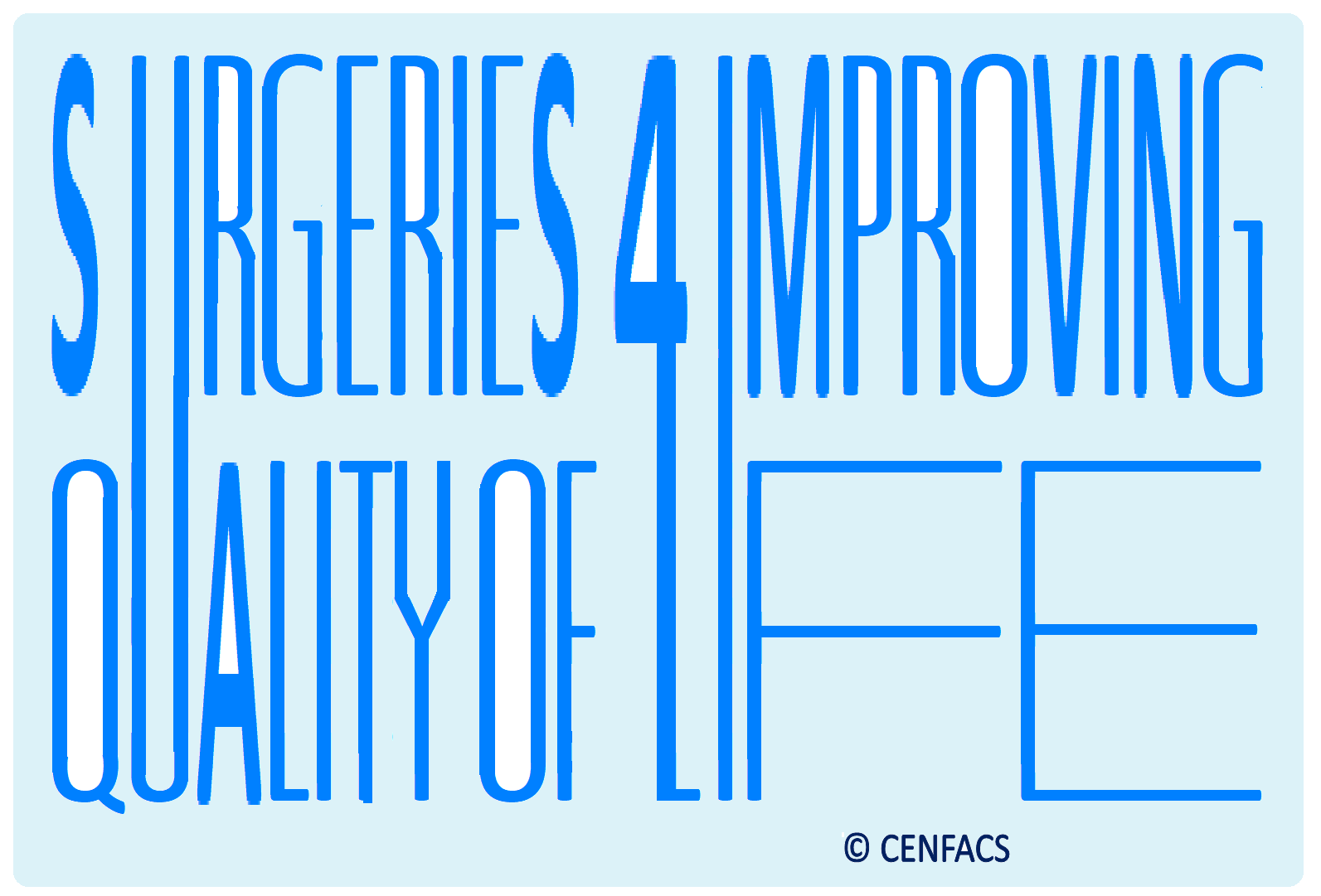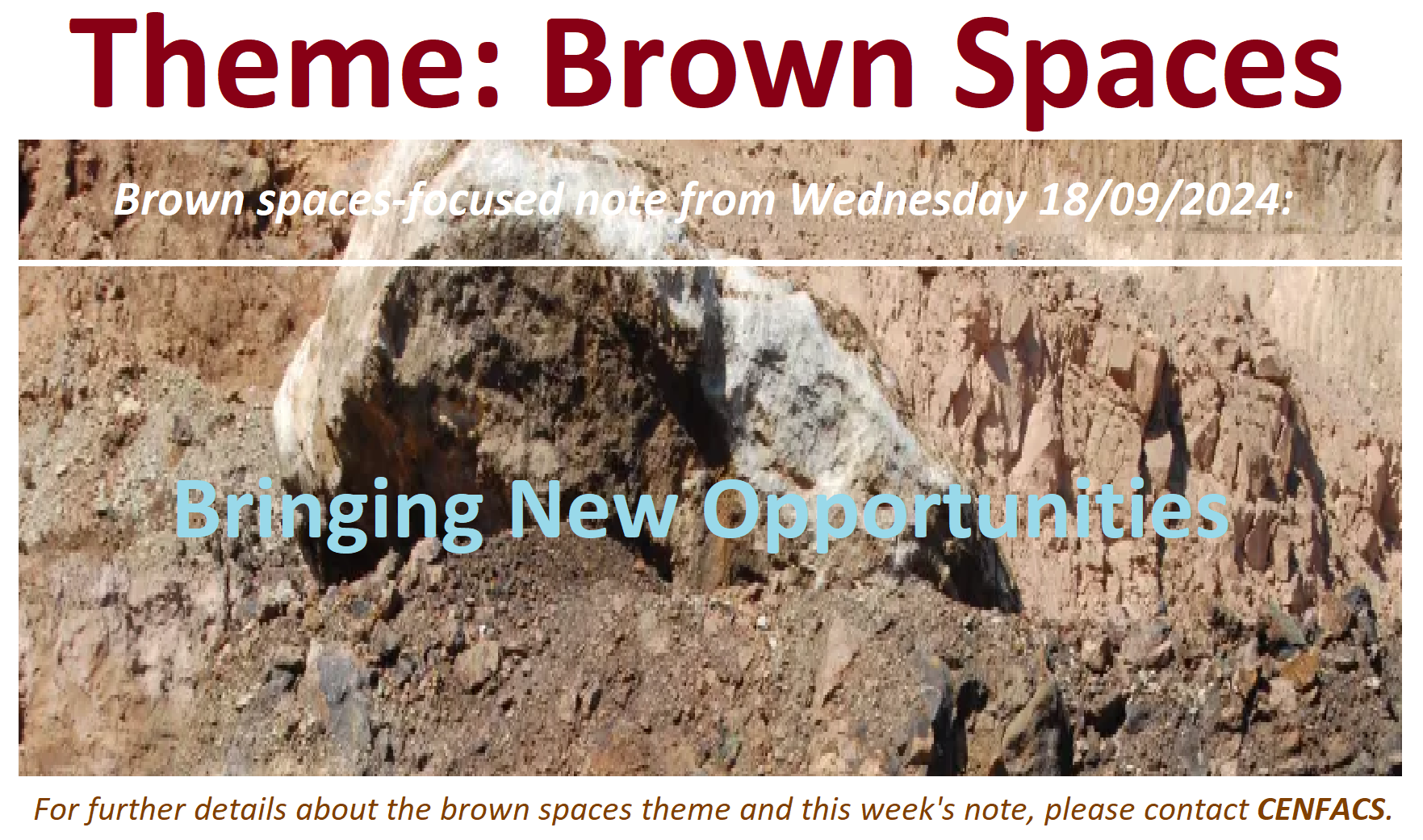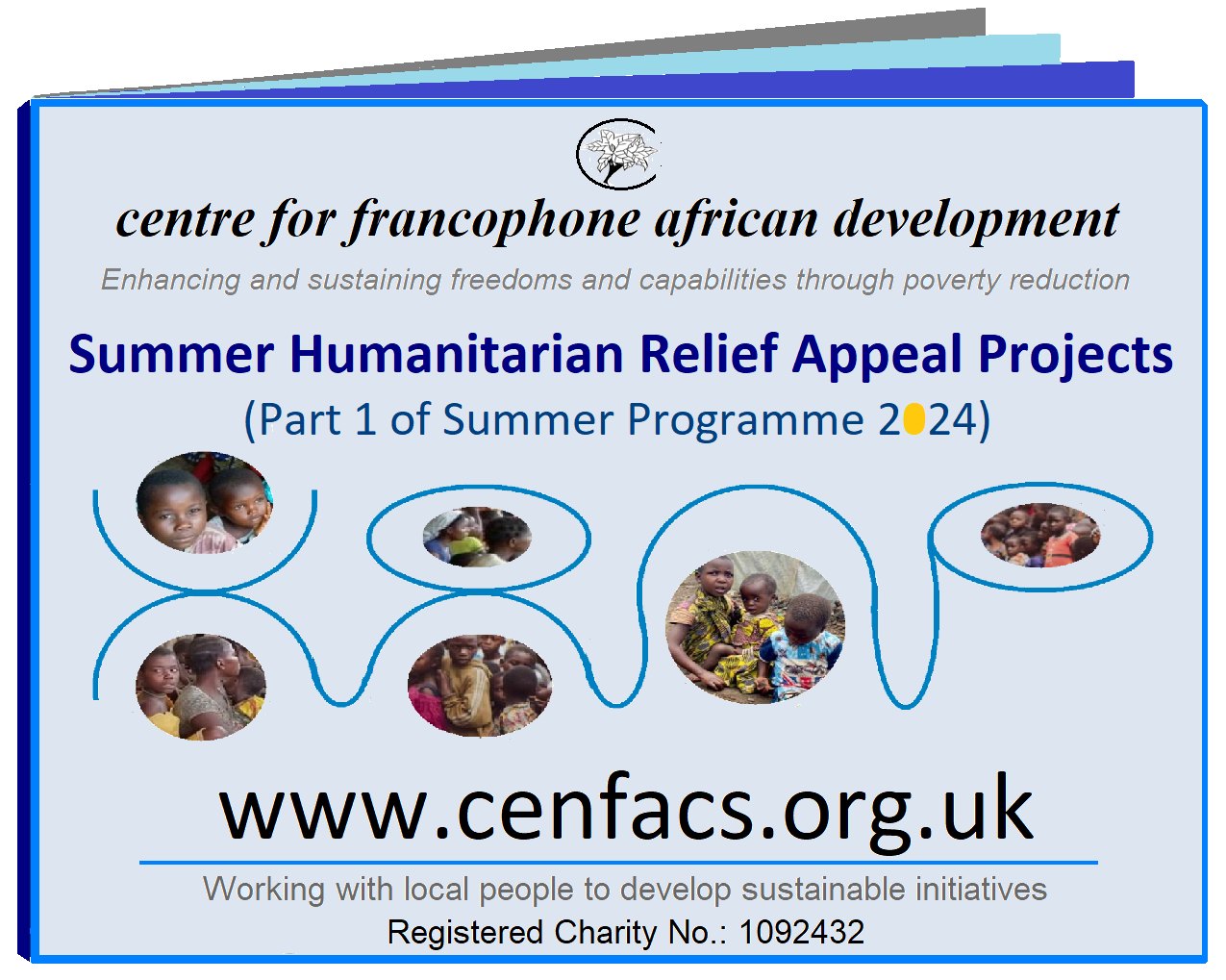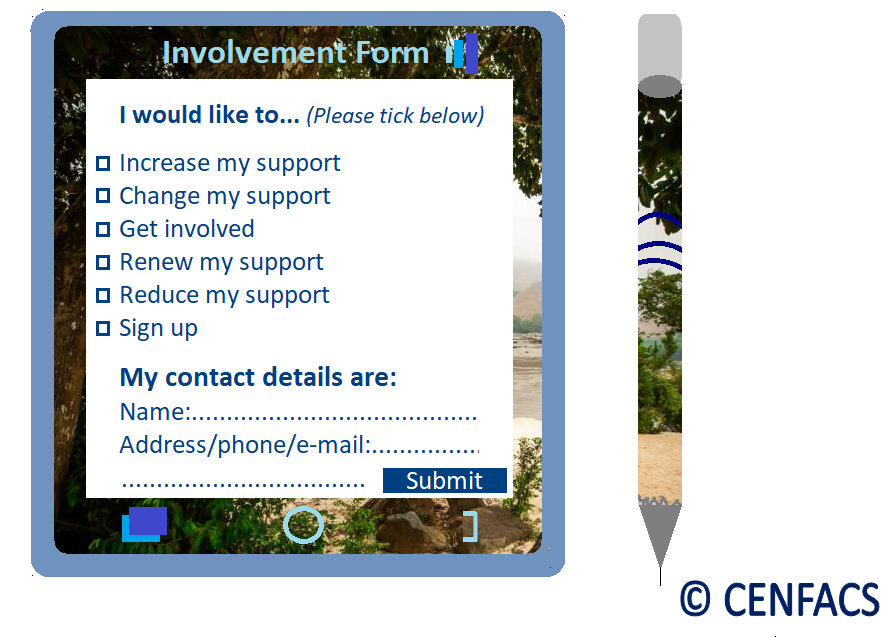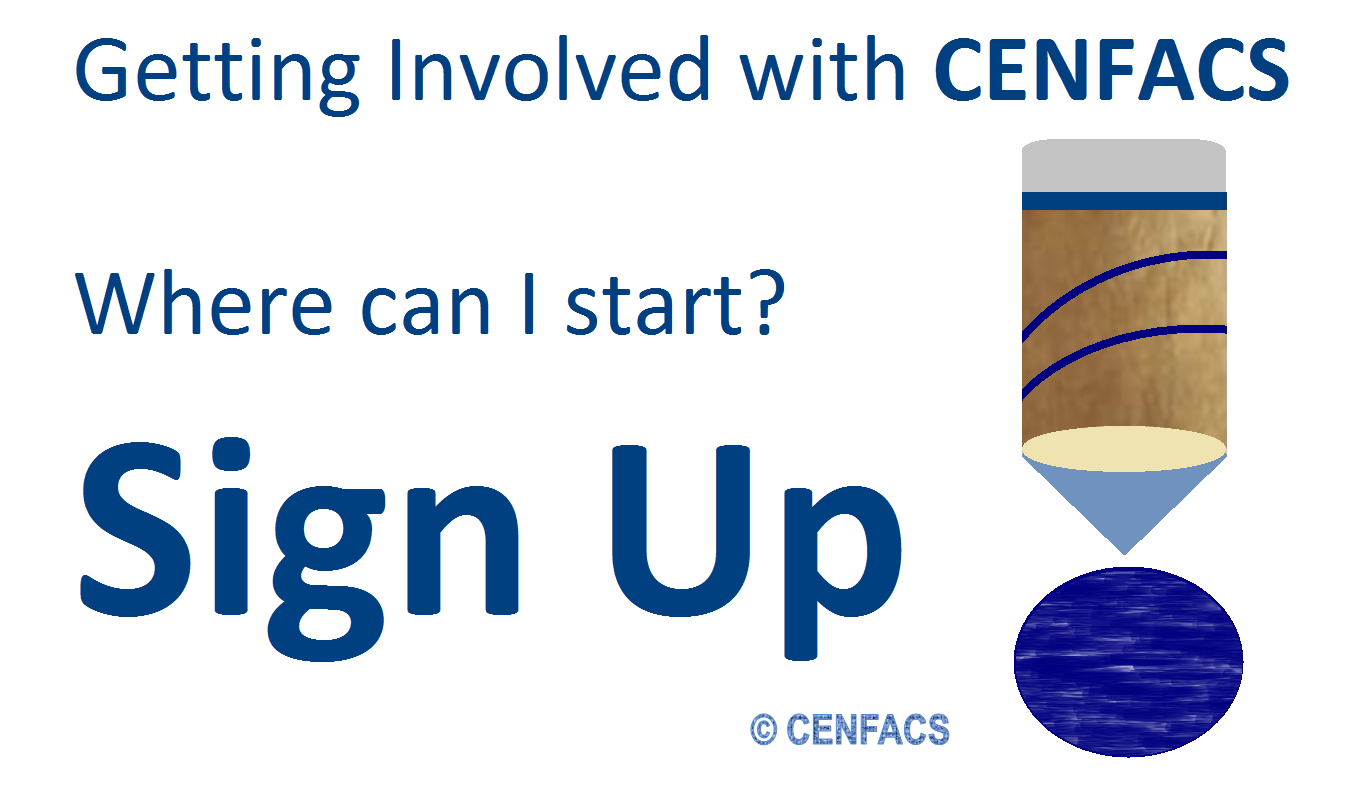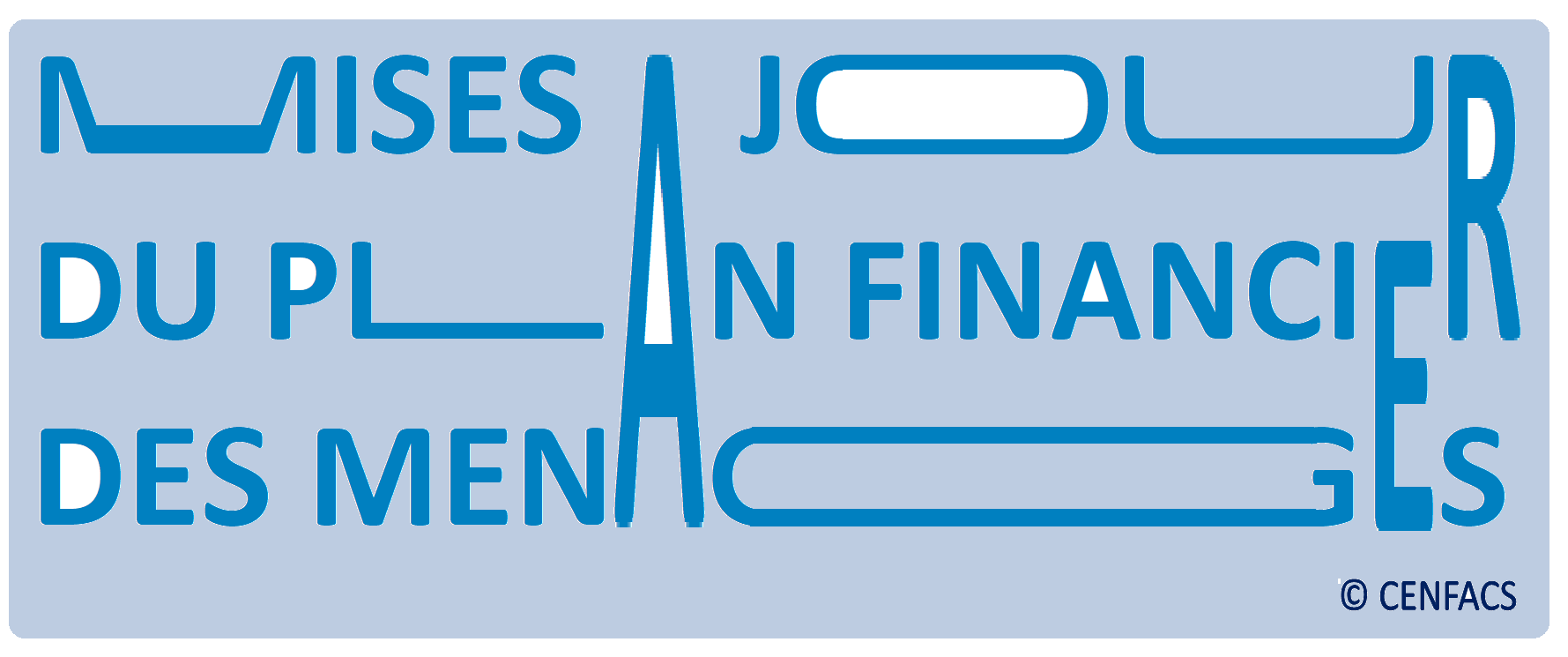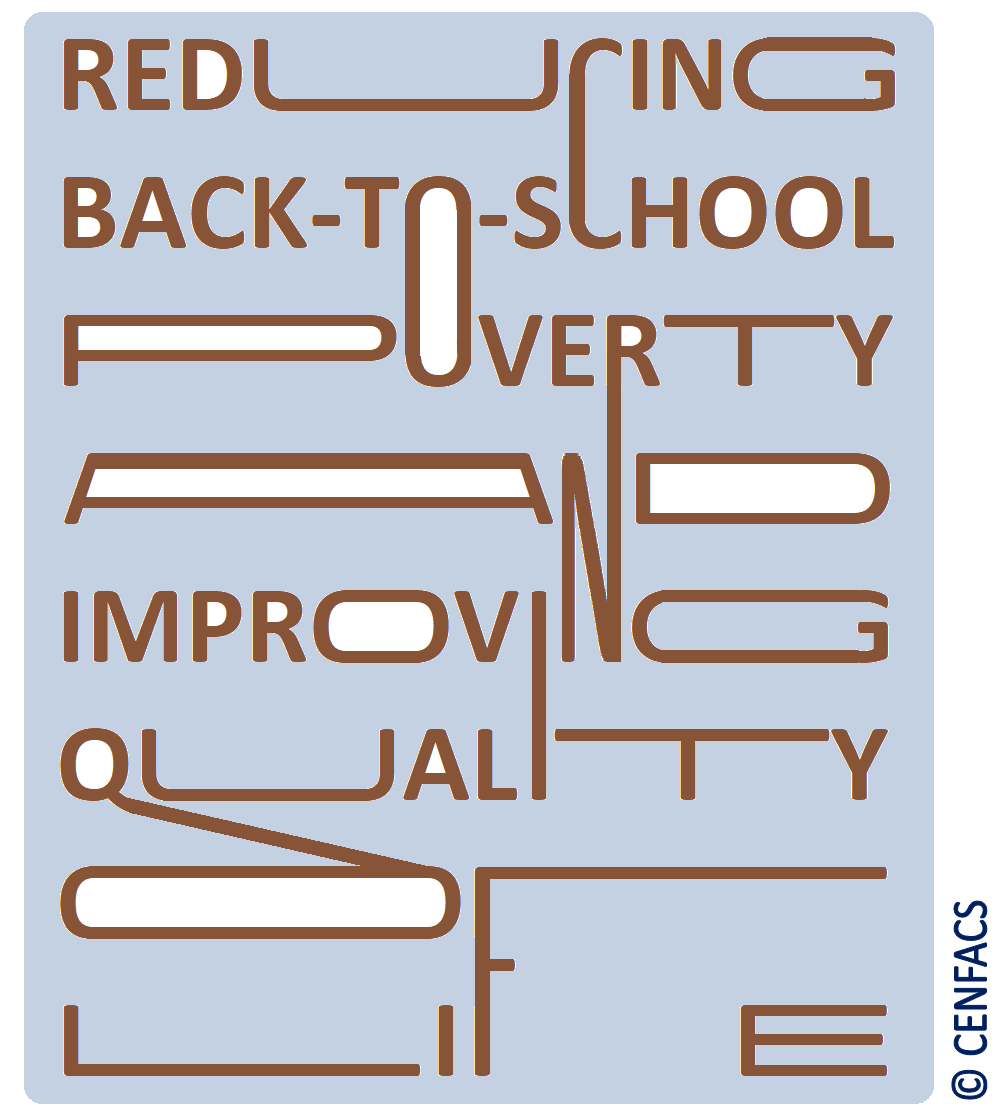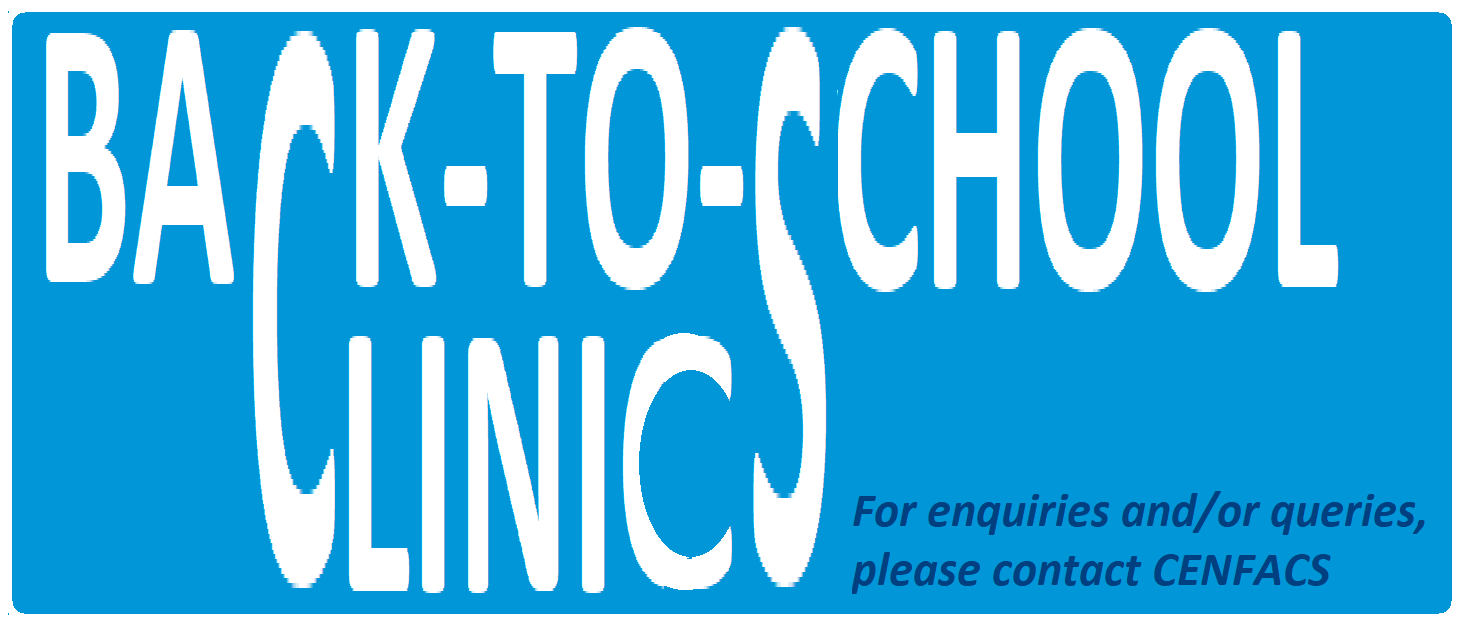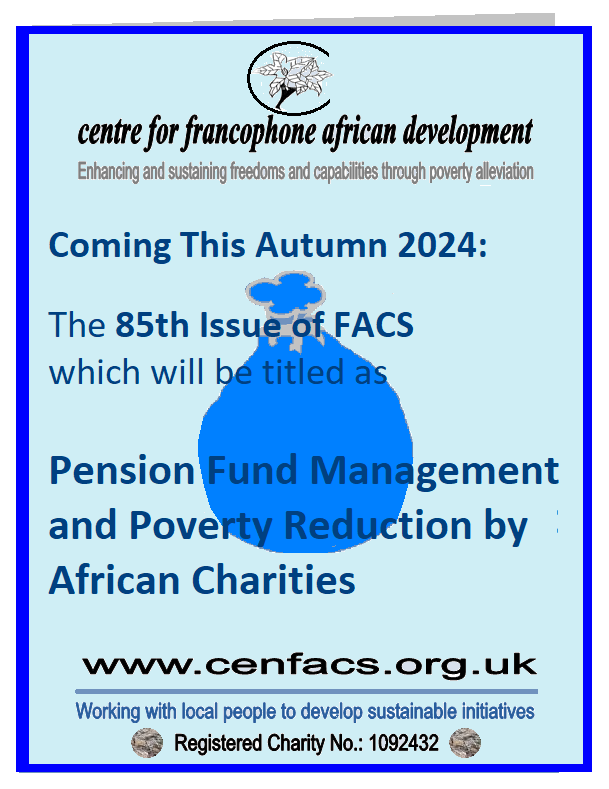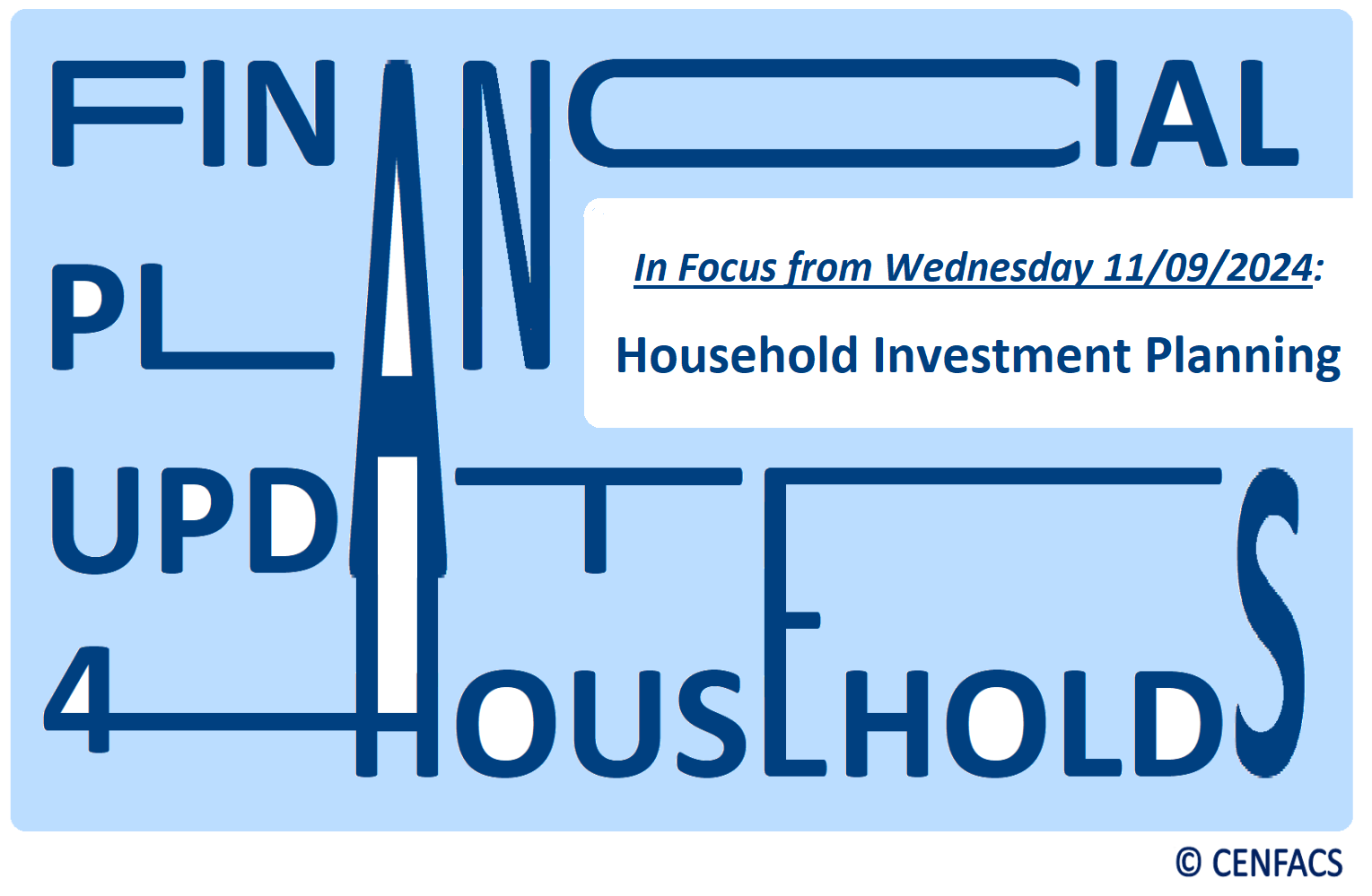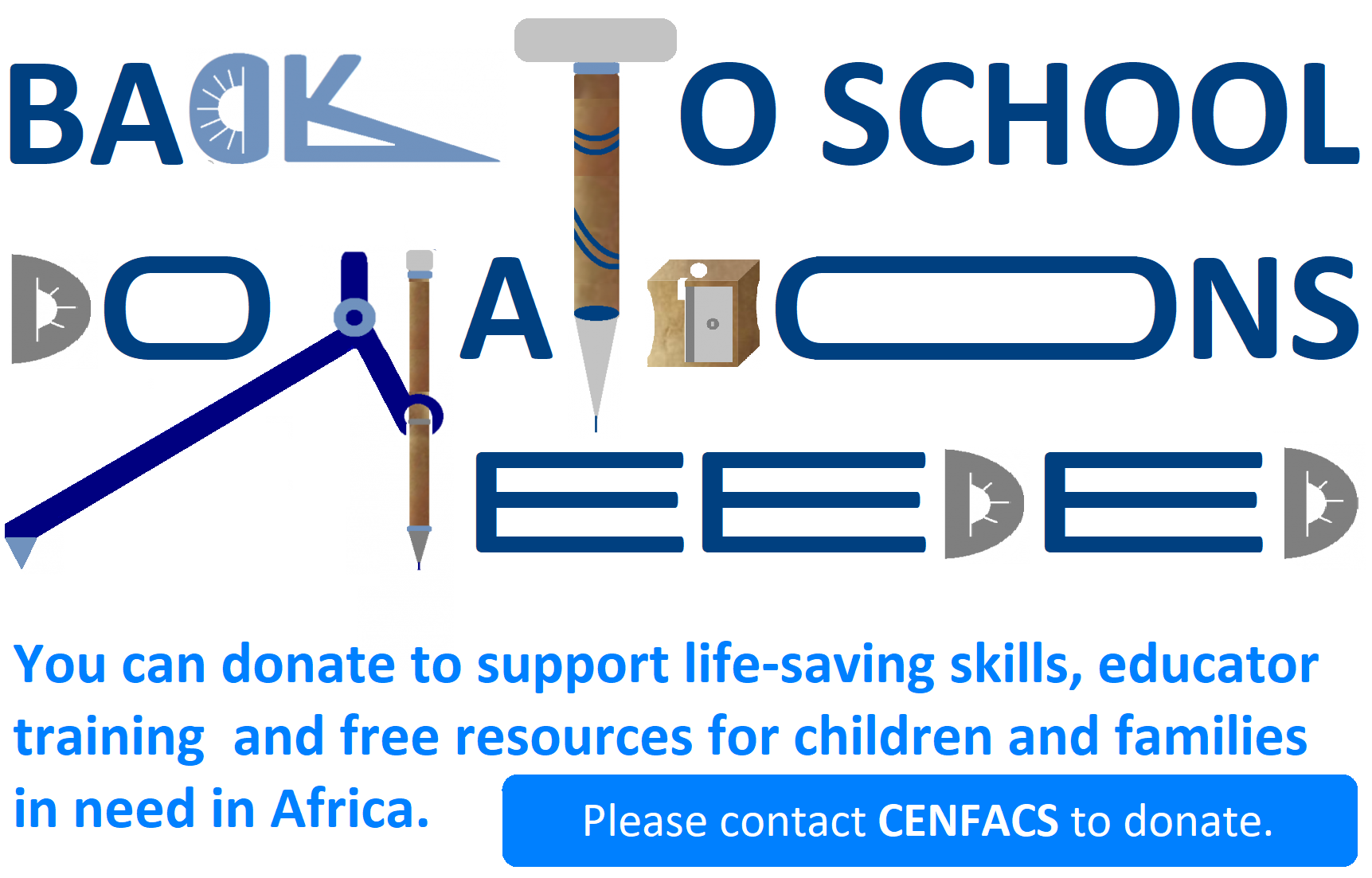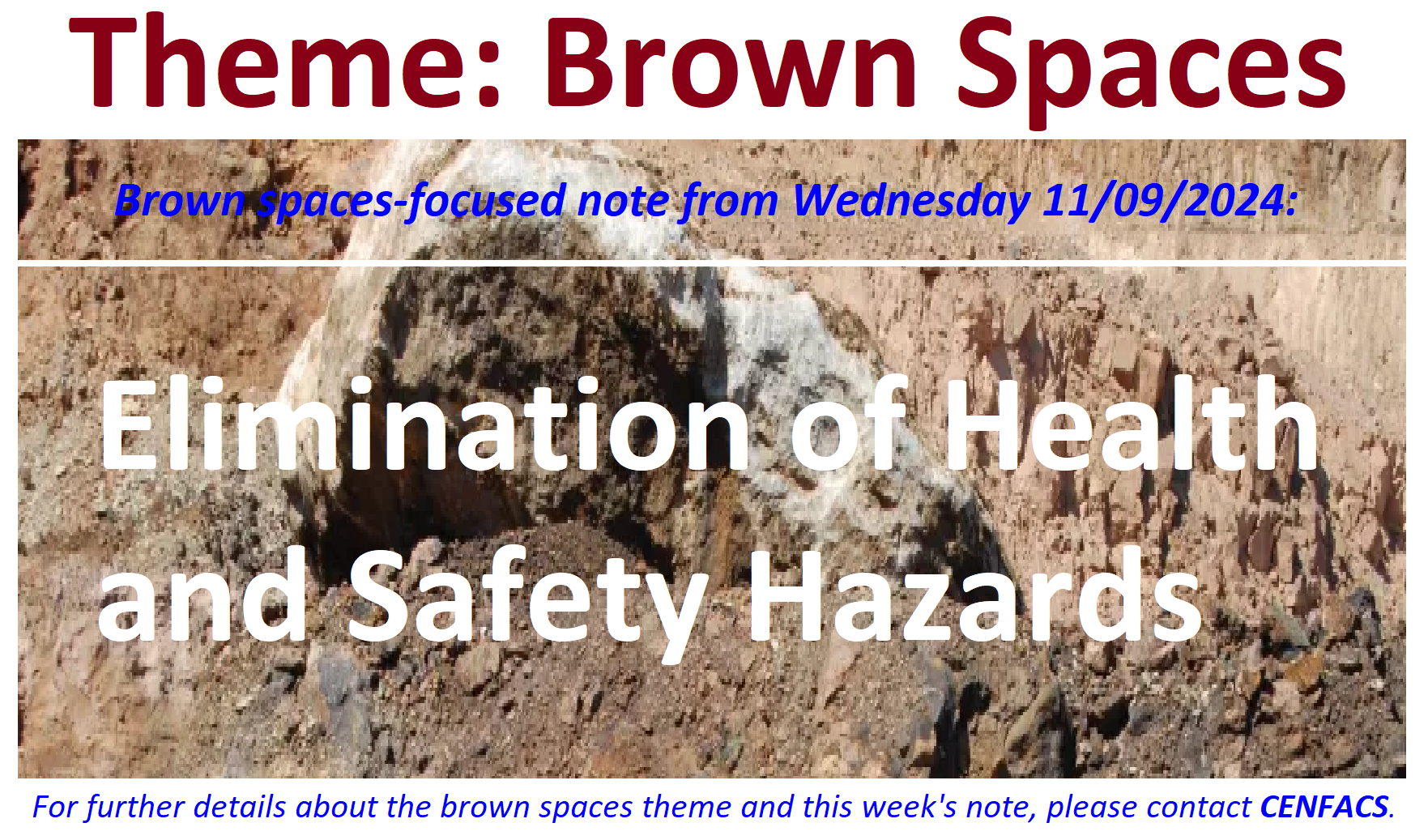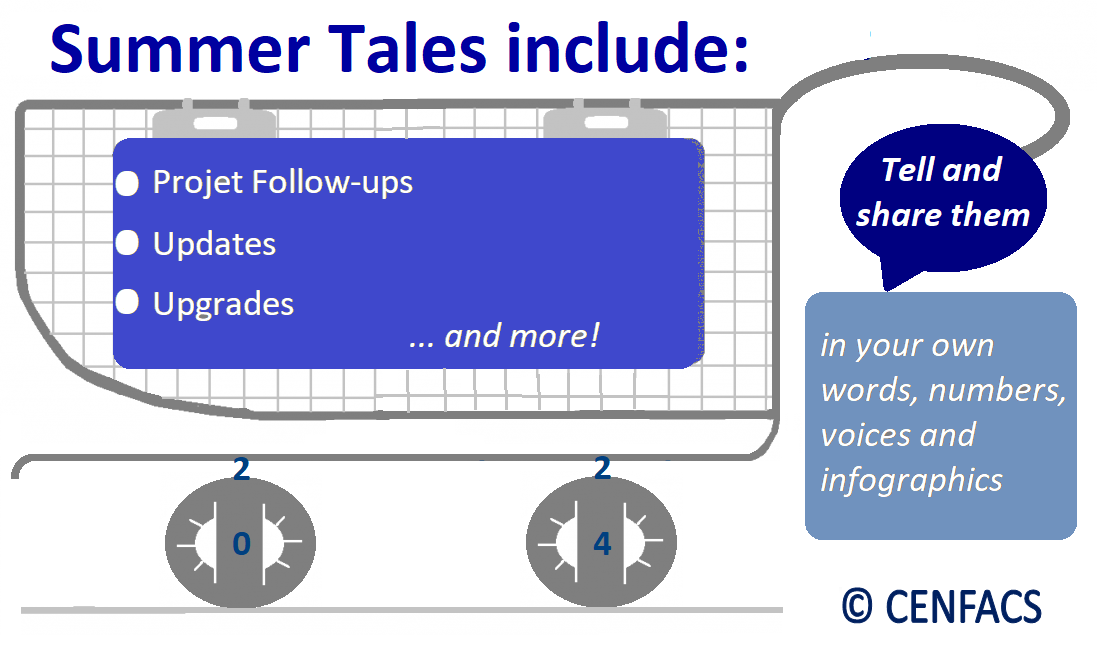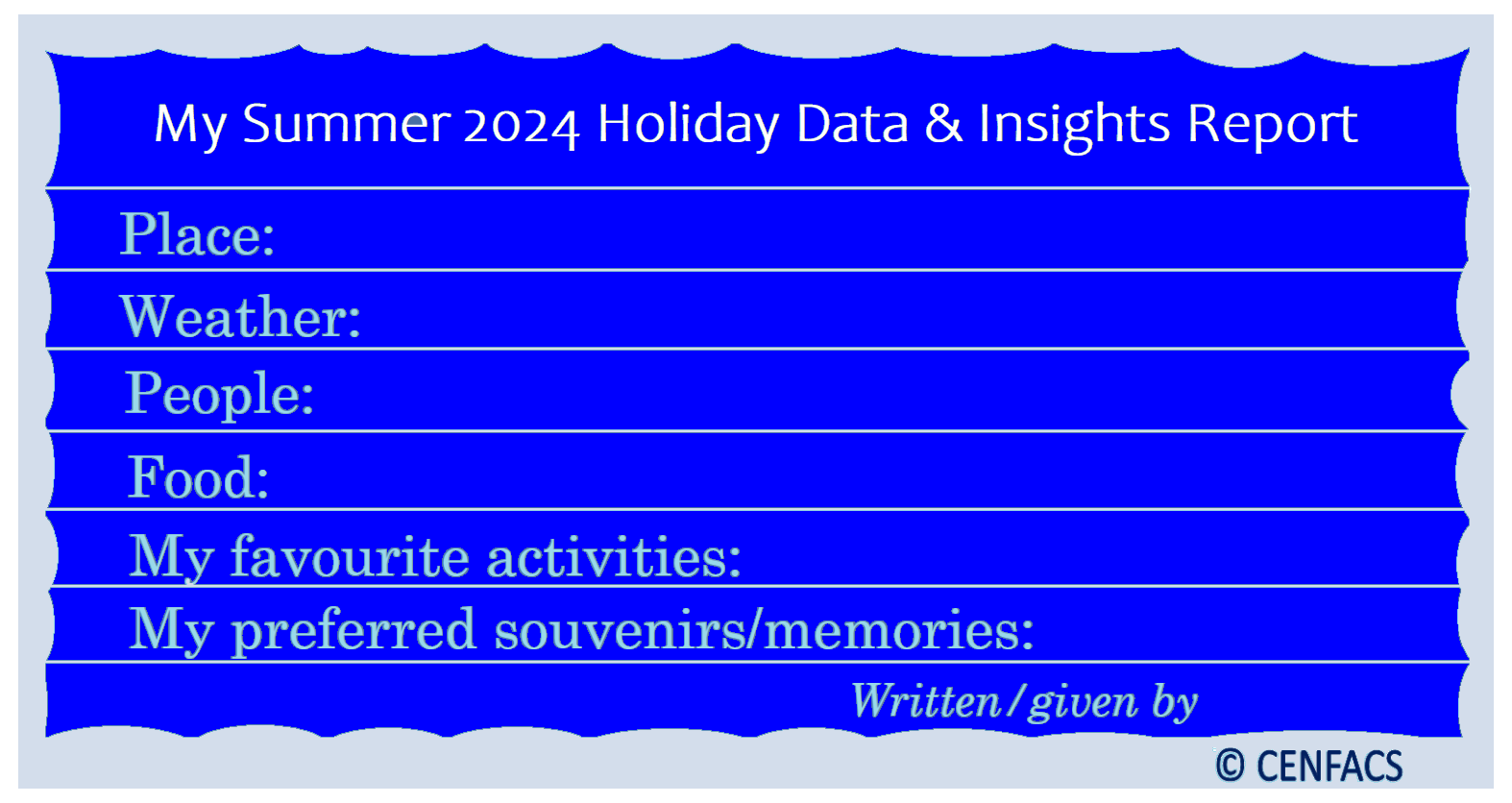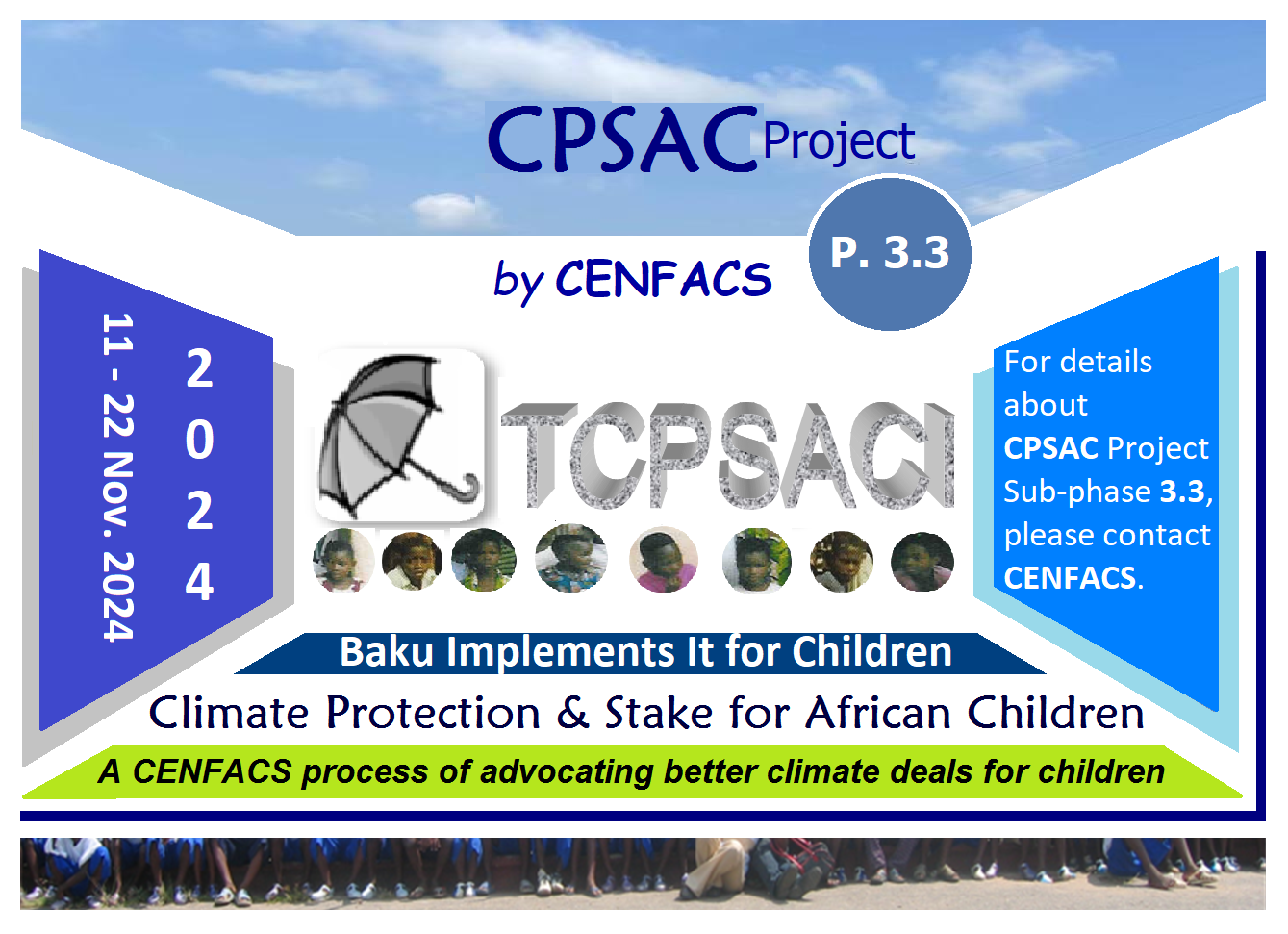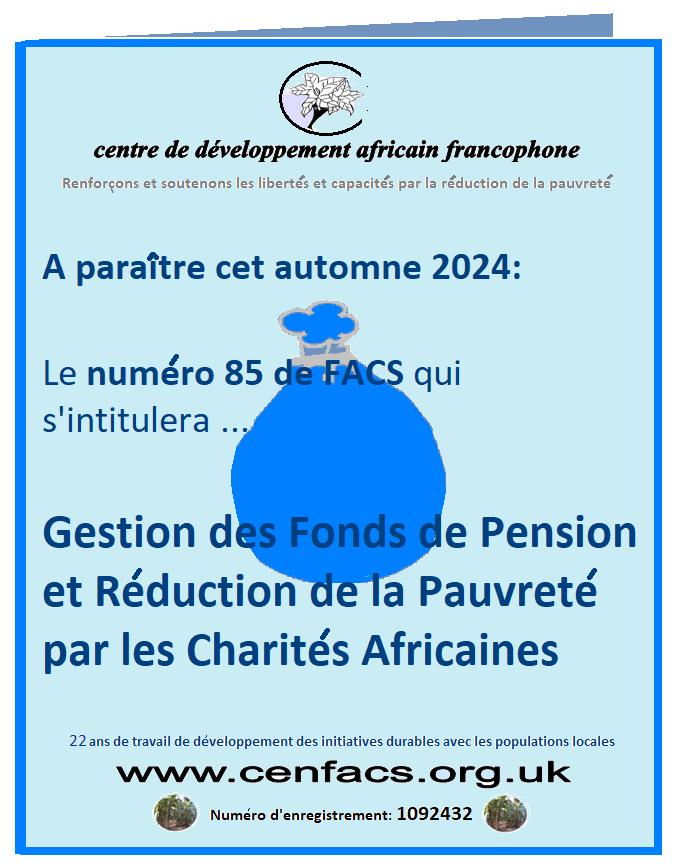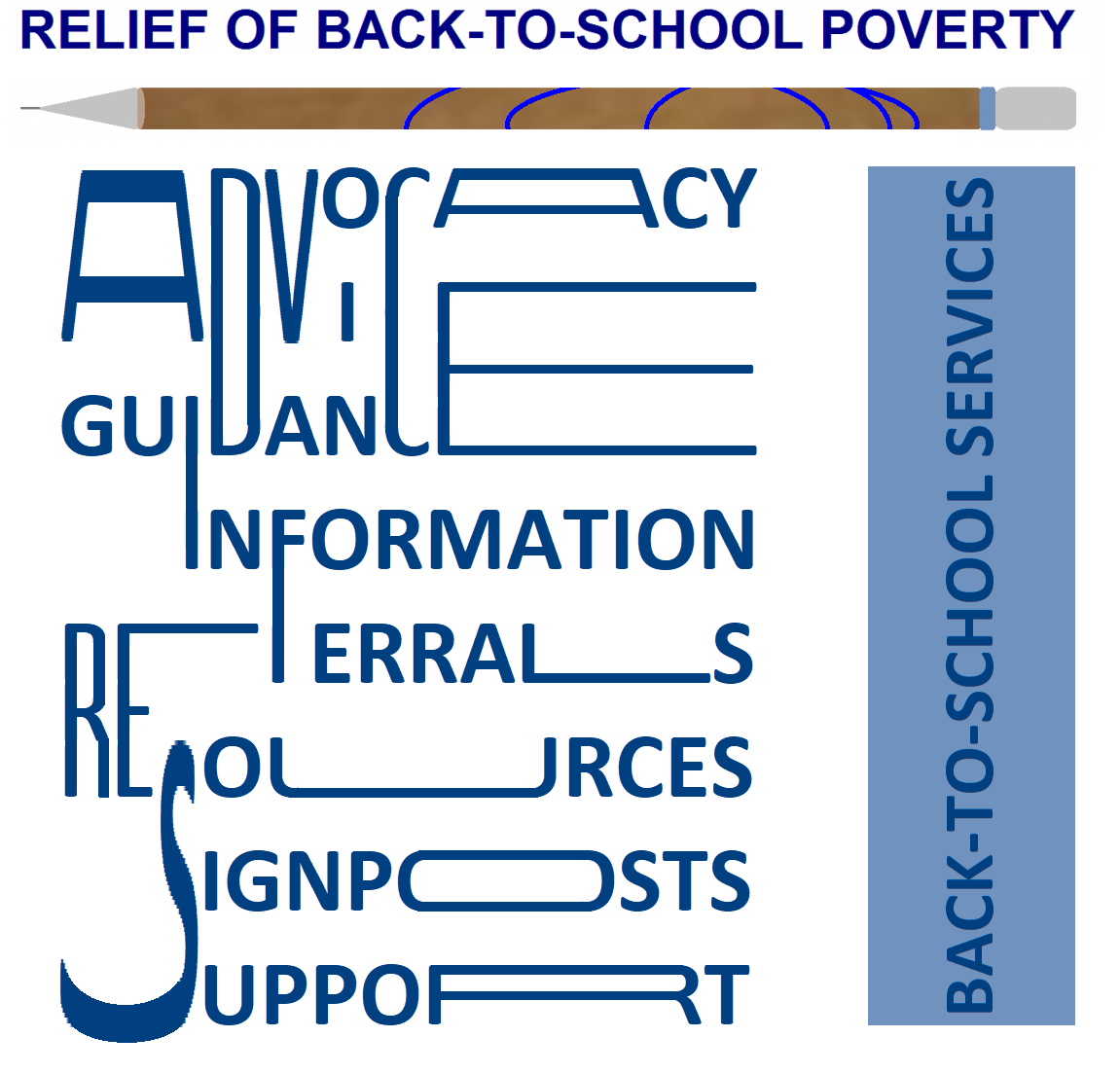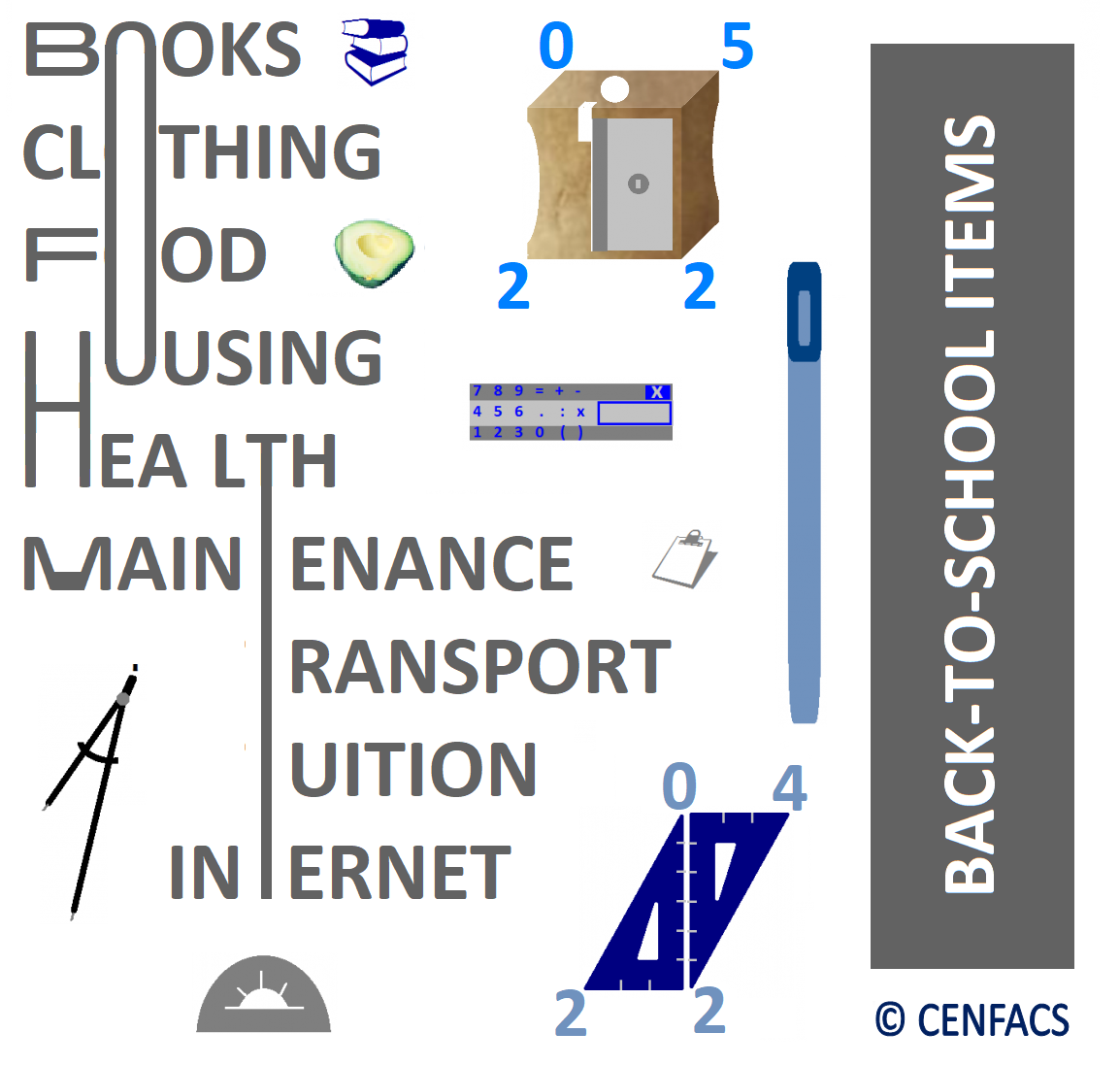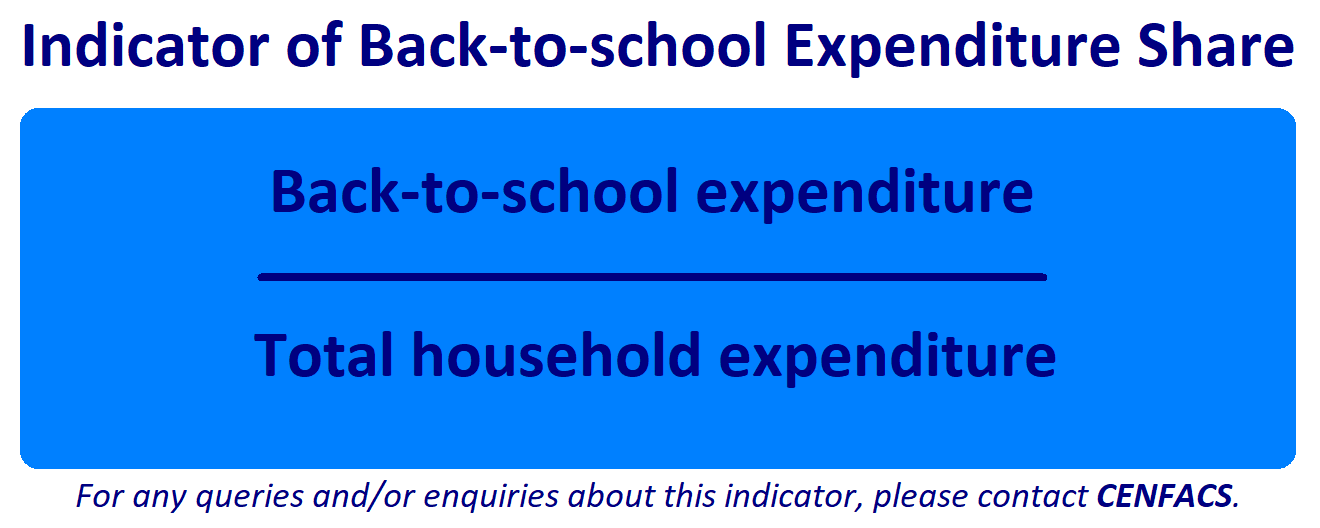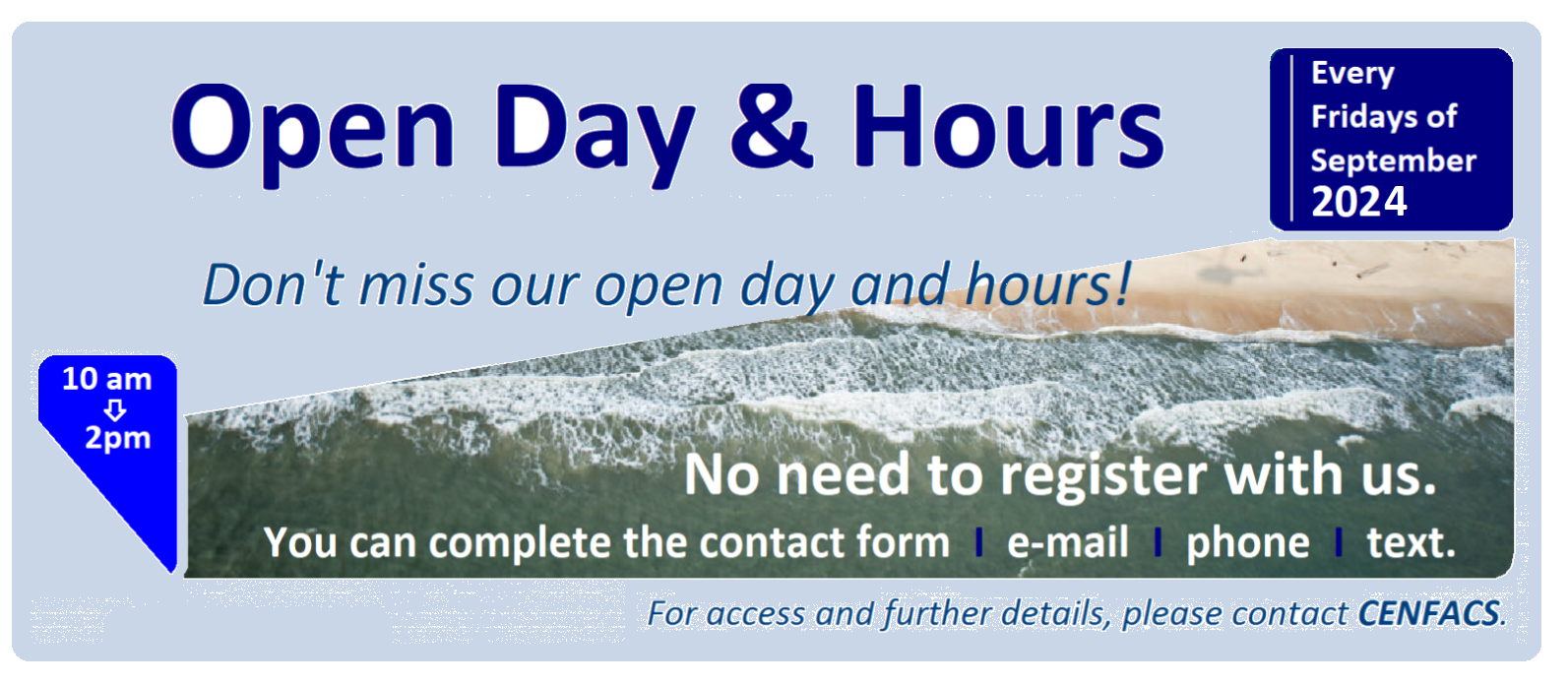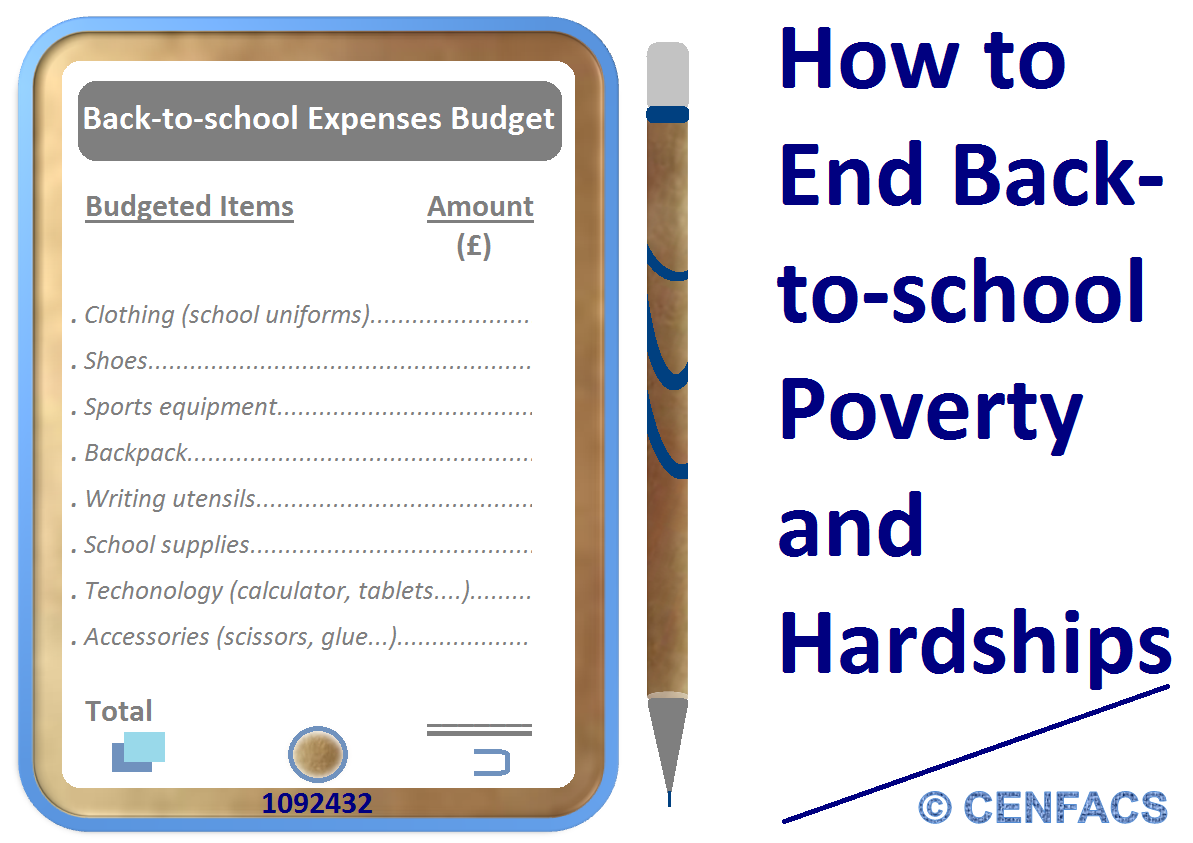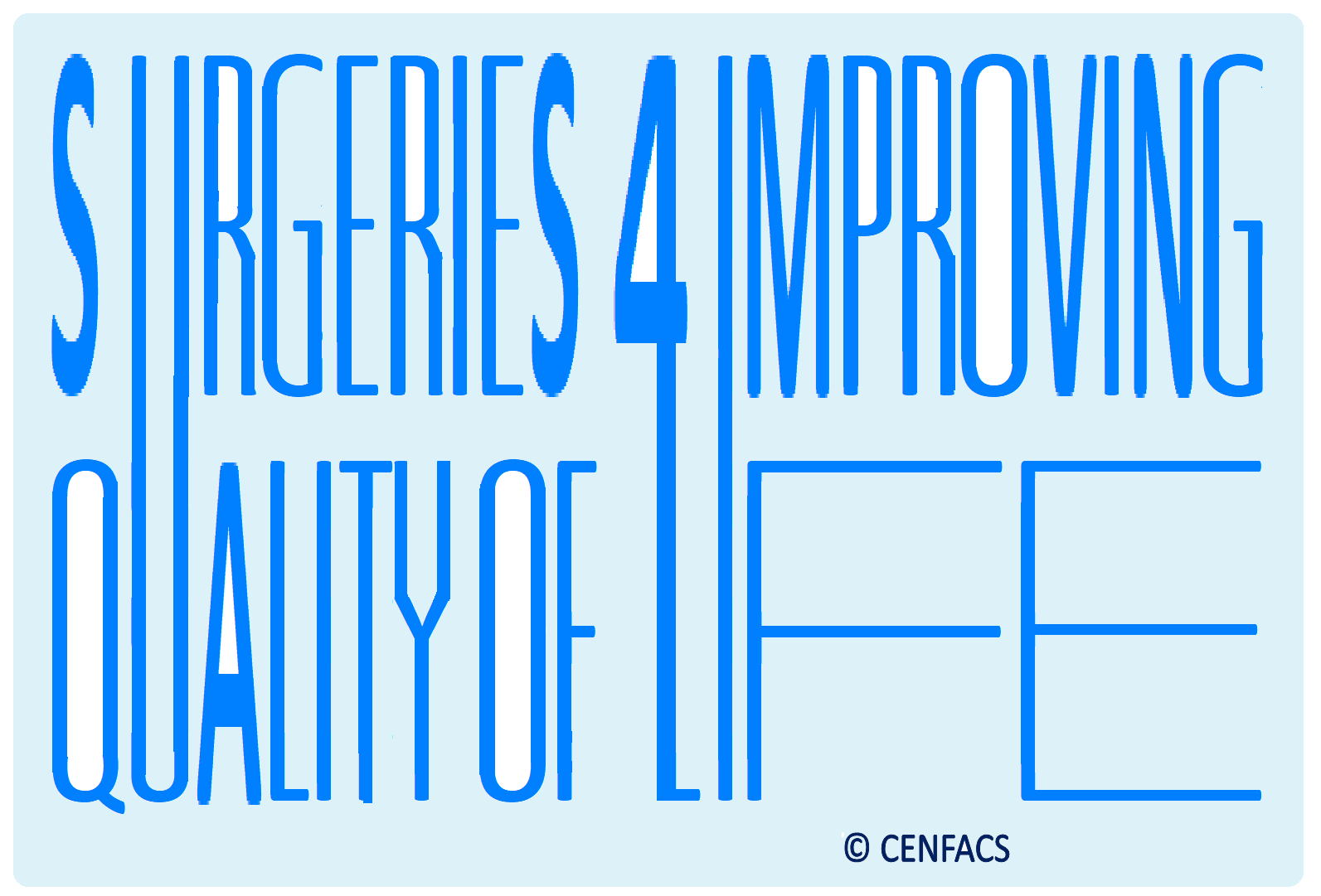Welcome to CENFACS’ Online Diary!
13 November 2024
Post No. 378
The Week’s Contents
• Festive Income Booster – In Focus for 2024 Edition: Income Boost Goal for the Festive Season – How to set the year-end goal of boosting your income for next year
• Data Storytelling and Communication Skills for Households – On the Agenda from Wednesday 13/11/2024: Data Visualisation and Communication Skills
• Rescuing Children’s Education in Africa
… And much more!
Key Messages
• Festive Income Booster – In Focus for 2024 Edition: Income Boost Goal for the Festive Season – How to set the year-end goal of boosting your income for next year
The 2024 Edition of CENFACS’ Festive Income Booster is about setting a goal on ways of boosting your income during the festive period 2024 and in the next year (2025).
As one can notice, income is one of the most important variables, if one wants to reduce poverty, prepare a good year-end 2024 and start the new year with confidence and hope. Because of its importance, income needs a goal, in particular but not limited to boosting it. It is this goal which makes this 2024 Edition of CENFACS’ Festive Income Booster (FIB).
The 2024 Edition of CENFACS’ FIB as a resource, it provides some methodology and techniques on how to set and optimise your income boost goal that meets your need or the need of CENFACS‘ users and beneficiaries of reducing poverty, particularly but not exclusively income poverty, during the festive period and in the next year.
We have given key highlights about this Edition under the Main Development section of this post.
• Data Storytelling and Communication Skills for Households – On the Agenda from Wednesday 13/11/2024: Data Visualisation and Communication Skills
This second note of Data Storytelling and Communication Skills for Households deals with data and the visuals that households can handle in the process of telling their stories.
Indeed, households do not need to be scientists of visual data communication. But, they may want to know and understand some simple visuals and help them derive insights from data. When handling data and visuals, they need make sure that they (data and visuals) work together in storytelling; just as the form and function have to be balanced in storytelling and communications.
They can learn or develop their ability to transfer data into visual narratives or stories. For that, they may require to master basic data visualisations and communication skills. They do not need a blend of artistic and technical proficiency to master these basic skills. The latter is what is about in this note.
To approach these skills, the following items will be covered:
σ Understanding Data Visualisation Skills
σ Communication Skills Accompanying Data Visualisation
σ Working with the Community Members on Data Visualisation and Communication Skills for Households
σ Homework for the End of the Week: Create a Christmas’ Celebration Graphics.
Let us uncover these items.
• • Understanding Data Visualisation Skills
Perhaps the best way to understand these skills is to explain data visualisation.
• • • What is data visualisation?
According to ‘tableau.com’ (1),
“Data visualisation is the graphical representation of information and data. By using visual elements like charts, graphs and maps, data visualisation tools provide an accessible way to see and understand trends, outliers and patterns in data”.
Like any other organisations or institutions, households can use data visualisation tools and technologies to form a clear mental image of data that run their lives, to tell their stories as well as grab interest and attention to their message.
In this respect, ‘tableau.com’ (op. cit.) notes that
“Data visualisation helps to tell stories by curating data into a form that is easier to understand, highlighting the trends and outliers”.
Similarly, ‘knowi.com’ (2) states that,
“The main goal of data visualisation is to reduce complexity and provide clarity”.
The same ‘knowi.com’ argues that
“Data visualisations help tell a story by presenting information in an engaging, easy-to-understand manner, helping you tell a story through data”.
Visual system can quickly extract broad statistics from a display.
There are many data visualisation techniques such as line charts, bar charts, histograms, scatter plots, bubble plots, etc. These techniques are not the scope of this note. For households that do not know them and would like to dive deep into them, there are many resources available online. What we are instead interested in in this note are data visualisation skills.
• • • Types of Data Visualisation Skills for Households
To create or understand a data visualisation, you need a variety of skills such as numeracy, analysis, technical ability, audience awareness, etc. These skills can be basic (e.g., data literacy and numeracy) or complex (e.g., technical proficiency with visualisation tools) depending on how far a household can go in data visualisation. One of the skills is data storytelling, which is also a skill in data visualisation as explained by ‘tealhq.com (3).
According to the same ‘tealhq.com’,
“Storytelling with data is a skill that transcends the mere presentation of figures, it’s about weaving a narrative that engages and persuades”.
From this perspective, there are hard and soft skills for data visualisations. Hard skills include data analysis and statistical skills, understanding of colour theory and graphic design principles, etc. Soft skills cover storytelling and narrative development, creative design and aesthetic, attention to detail and precision, etc.
They are both the skills to harness analytical prowess and creative tools to transform data into insightful visual stories, with the exception that ones are hard and the others soft.
• • Communication Skills Accompanying Data Visualisation
They are the dexterities to impart ideas and information through visual presentation. They include cognitive psychology, data journalism, cross-disciplinary communication, understanding your audience, choosing the right visualisation tool. These communication skills accompany data visualisation.
CENFACS Community members can work with CENFACS either to acquire the above-mentioned skills or to improve them.
• • Working with the Community Members on Data Visualisation and Communication Skills for Households
CENFACS can work with those who need help and support on data visualisation and communication skills so that they can tell their stories by presenting information in an engaging and easy-to-understand manner.
• • • How can CENFACS do it?
CENFACS can work with those households with low graphical literacy and struggling to understand visualisation tools so that they can be empowered with skills to perform the following activities:
σ Use visualisations to communicate data and evidence about statistics and their needs
σ practise visualisations to understand relationships
σ Map visualised values in the context of households
σ Communicate relevant insights in an easy and effective way
σ Connect with others via visual stories
σ Make better data-centric decisions on things that matter for households
etc.
Since Data Storytelling and Communications Skills for Households make up our Data and Insight Advocacy and Skills Project, we can conduct with them basic data and insights analytics using the tools of poverty reduction we have in our box.
Where our capacity is limited in comparison to their demand or specific needs, we can signpost or refer them to relevant data insight and analytics services or organisations that are available on the market and can be accessible to them.
For those members of our community who will be interested in Data Visualisation and Communication Skills for Households, they can contact CENFACS. CENFACS can work with them to enhance their Data Visualisation and Communication Skills.
• • Homework for the End of the Week: Create a Christmas’ Celebration Infographics
As part of Christmas preparations, you would like to plan how to celebrate Christmas with your loved ones. You can use the colour theory or palette to create a visually appealing and intuitive graphics of Christmas celebration for your household.
It means you need to use colour theory or palette, the principles of good design and have aesthetic sense in order to create a Christmas’ Celebration Infographics for your household.
Those who have any queries about this homework, they can submit their queries to CENFACS.
To get any further insight into Skills Development Month at CENFACS, please continue to read our weekly posts.
• Rescuing Children’s Education in Africa
The United Nations Children’s Fund (4) notes that
“Millions of children across Africa still lack access to schooling due to ongoing conflicts across the continent… In West and Central Africa alone, more than 14,000 schools are closed mainly due to conflict, affecting 2.8 million children”.
As a way of keeping education alive for these unfortunate children living in those parts of Africa in conflict or crisis (like in the Democratic Republic of Congo, Central African Republic, Burkina Faso, Mali, Niger, etc.), many types of initiatives have been so far taken to support these children.
These initiatives have been carried out by organisations (such as the United Nations Children’s Fund) and people like you to help. Initiatives such as education by radio programme, back-to-school advocacy, delivery of school kits, etc. have been taken.
However, due to the immense educational challenge posed by the legacies of conflict, insecurity and violence; there is still a deep, intense and urgent educational need in many of these areas/parts of Africa.
This appeal, which is worded as or used the slogan ‘EVERY CHILD HAS RIGHT TO EDUCATION in Conflict Zones in Africa’ (in short: EVERY CHILD HAS RIGHT TO EDUCATION), has already started and will make CENFACS‘ fundraising campaign for Giving Tuesday on 03 December 2024.
We would like people who may be interested in our philanthropic mission to join us in this campaign to Rescue Children’s Education in Africa.
We are asking to those who can to support these Educationally Needy Children via this campaign, not to wait the Giving Tuesday on 03 December 2024.
They can donate now since the needs are urgent and pressing.
Even a small donation can lead to a BIG impact.
To donate, please get in touch with CENFACS.
COMING SOON:
Extra Messages
• Coming This 19 November 2024: The 15th Edition of the Women and Children FIRST Development Day with a Focus on Transitionary Skills for Ending Crises
• Impact Monitoring and Evaluation of “A la une” (Autumn Leaves of Action for the Upkeep of the Nature in Existence) Campaign from 11 to 17/11/2024
• Nature Projects, Nature-based Solutions to Poverty and Agreements Made at the 16th Meeting of the Parties to the United Nations Convention on Biological Diversity
• Coming This 19 November 2024:
The 15th Edition of the Women and Children FIRST Development Day with a Focus on Transitionary Skills for Ending Crises
This year, our Development Day will still be about skills that can be learnt and developed in order to reduce poverty and enhance sustainable development. The skills we would like to learn and develop in this 15th Edition are those that we will help us to transition to the end of crises (e.g., the cost-of-living crisis). Amongst these skills are Transitionary Skills.
• • Progressing from Ways of Tackling Crises to Ending Crises
Every day, women and children respond to crises and risks they face. Because the nature of crises and risks is changing, there could be a need to find transition paths and skills to enable them to reach the end of crises. This can be done through Transitionary skills. The 15th Edition of the Women & Children FIRST Development Day will concentrate on these skills a way of reaching the end of crises.
Transitionary skills are important as ‘Harvard Business Review’ (5) puts it in the following terms:
“No matter where we are in our own journeys, we could all get better at the skill of transitioning. To do this, focus on four component skills: pacing and planning, leaving gracefully, letting the inside out and the outside in, and leaping”.
From this perspective, transitionary skills are important for navigating change and adapting to new situations.
Similarly, speaking about leadership skills, ‘weforum.org’ (6) argues that
“In a volatile environment, clarity, control and speed are essential”.
These three skills (i.e., clarity, control and speed) will be part of our Development Day as well.
• • The 15th Development Day as a Fresh Opportunity
The 15th Development Day will provide an occasion to exchange ideas and celebrate our clarity, control and speed to take the path that can help us reach the end of crises.
The 15th Edition of our Development Day will provide a window of opportunities to share and celebrate the Wins in terms of Transition. It will also offer a chance to Improve or Develop our Transitionary Skills. Of course, one day of development may not be enough to respond to all the very difficult problems women and children face; but it could be an extra step or turning point for some of them.
• • Celebrating the Wins while Developing Skills
On the Development Day, we are going to celebrate those wins or successes in terms of transition plans, goals and targets. However, where we failed or fell short to realise our plans, meet our goals and targets, the Development Day can give us the new opportunity or mental/moral resources/strengths to think and acknowledge the losses/failures so that we can improve in the future. In this respect, it is also the day of Transitionary Skills Development.
• • Working in Hybrid Fashion on the Development Day
How will the Development Day be organised?
The Development Day will be organised in two parts: Thinking and Celebration.
We will be working in hybrid fashion by splitting the two aspects of this year’s Development Day, which are: Thinking and Celebration.
• • • Thinking part
Since we are going to work in hybrid fashion, the participants to the Thinking part can remotely (from their home or work or anywhere else) think and share their thoughts on the Day using their Transitionary Skills.
For example, Development Day Thinkers can share with other participants their thoughts and life/work experiences about clarity, control and speed in face of volatile situation.
• • • Celebratory part
Potential Development Day Celebrators could group themselves in a small health and safety secure working space (let say a group made up of 2 to 10 people including children) to share and recognise the value of poverty reduction and sustainable development amongst women and children. They can make up a Healthy, Safe and Secure Development Day Small Group (HSSDDSG).
• • • • What is a Healthy, Safe and Secure Development Day Small Group (HSSDDSG)?
A HSSDDSG is a number of two to ten adults including children gathered in a healthy, safe and secure space to share their poverty reduction and sustainable development experiences and wins in an informal and unstructured way.
For example, one can plan a HSSDDSG as follows:
a) Set a clear and simple goal of a HSSDDSG (e.g., meetup to discuss our life transition experiences)
b) Create a session of diverse transitionary skills development on the development day
c) Include collaborative opportunities between participants
d) Share experiences, resources and support each other
e) Evaluate and gather feedback from each participant
f) Safely conclude their HSSDDSG.
Like in a discussion focus group, the group can systematically collect important information shared for impact monitoring and evaluation, learning and development purposes. The group can as well seize the outputs or outcomes achieved. Finally, the group can report to the community their experience of taking part in a HSSDDSG.
• • Have Queries or Enquiries for the Development Day 2024
The above are the main items that will feature this year’s Development Day. For any queries or enquiries about them, please do not to hesitate to contact CENFACS.
At the end of this Main Development section of this post, we have appended a timeline of CENFACS Development Day milestones.
Wishing you a SUCCESSFUL, HEALTHY, SAFE AND SECURE Development Day 2024!
• Impact Monitoring and Evaluation of “A la une” (Autumn Leaves of Action for the Upkeep of the Nature in Existence) Campaign from 11 to 17/11/2024
Although we finished to compose the five notes and/or fish themed activities of the “A la une” Campaign during our 5-week campaign, this campaign for the Upkeep of the Nature does not stop with these notes. Our action for the Upkeep of the Nature – under the sub-theme of Protecting Endangered Fish Species delivered via ‘Mbisi‘ Project – continues.
The five fish themed notes relating to this campaign are:
a) Saving Bagrus Meridionalis
b) Conserving Treur River Barb (enteronius treurensis)
c) Protecting African Wedgefish (Rynchobatus Luebbert)
d) Preserving Haplochromis granti
e) Safekeeping Estuarine Pipefish (Syngnathus Watermeyeri).
The five add-on activities are:
i) Workshop on Humans’ Dependency on Fishes
ii) Focus Group on the Role of Fish in the Food Chain
iii) E-discussion on Fish as Keeper of the Health of Our Ecosystems
iv) A case study on Sustainable Fishing
v) A survey on Ethical Treatment of Fishes.
We are now carrying on with the collection and analysis of information regarding this 5-week campaign in order to get its insights, impact or at least its output. The findings from this Impact Monitoring and Evaluation will help to figure out what has been achieved and what has not been accomplished through this campaign while giving us some flavour about the future direction of this campaign.
As part of this Impact Monitoring and Evaluation exercise, we would like to ask to those who have been following our 5-week campaign to share with us their feelings and thoughts about these three areas:
(a) The overall “A la une” Campaign and the ‘Mbisi’ project
(b) Any of the fish themed activities you/they followed with us during this campaign
(c) Any of the add-on activities of this weekly campaign.
By sharing with us your feelings and thoughts about “A la une” Campaign, this could suggest that you value our work and show interest in what we are trying to achieve as an organisation generally and or in respect to the Upkeep of the Nature specifically. Your intervention could as well indicate that we share common interest and concern regarding the health and wealth of the nature.
You can share your feelings and thoughts with us by:
∝ Phoning
∝ Texting
∝ E-mailing
∝ Completing the contact form with your feelings and thoughts.
When sharing your feelings or thoughts on the matter, please do not make statements to only please us. We do not expect people to please us. Instead, we would like you to give an objective and fair opinion.
We would like to thank in anticipation those who will be giving their opinions about the “A la une” Campaign.
• Nature Projects, Nature-based Solutions to Poverty and Agreements Made at the 16th Meeting of the Parties to the United Nations Convention on Biological Diversity
At the end of COP16, there were agreements between the participants. Amongst these agreements (7), we can mention the following:
σ A newly established Fund (Cali Fund) to allocate a significant share of its resources to Indigenous People and Local Communities (IPLCs)
σ The use of digital sequencing information from genetic resources
σ Nature’s genetic data
σ Recognition of People of African descent and their communities as stewards in biodiversity conservation
σ Promotion of measures that lead to a sustainable future
σ New decision-making powers with the newest subsidiary body translated into a permanent space for IPLCs to participate in decision making on biodiversity.
Because of the new developments, we are examining how these new COP16 agreements can be fitted into CENFACS’ Nature Projects and Nature-based Solutions to Poverty as well as to our work with Africa-based Sister Organisations.
Those would like to contribute to this fitting exercise can contact CENFACS.
Those who would like to know more about CENFACS‘ Nature Projects (and Nature-based Solutions to Poverty) and how they can support them can as well communicate with CENFACS.
Message in French (Message en français)
• Activité/Tâche 11 de l’Année et du Projet Transitions (‘t’): Motiver les Gens à Acquérir des Compétences pour une Transition Juste
Notre année et notre projet Transitions (‘t’) ont maintenant atteint l’activité/tâche 11, qui est «Motiver les gens à acquérir des compétences pour une transition juste». Peut-être qu’un bon point de départ pour comprendre ces compétences est d’expliquer la transition juste.
• • Qu’est-ce que la transition juste?
Il existe de nombreuses façons de définir la transition juste. L’une de ses définitions provient du Groupe de la Banque Africaine de Développement (8). Ce dernier définit la transition juste comme
«Un cadre pour faciliter l’accès équitable aux avantages et le partage des coûts du développement durable, de sorte que les moyens de subsistance de tous, y compris les plus vulnérables, soient soutenus et améliorés à mesure que les sociétés effectuent la transition vers des économies à faible émission de carbone et résilientes. Une transition juste affirme le droit de l’Afrique au développement et à l’industrialisation sur la base du langage de l’équité négocié par l’Accord de Paris et du principe des responsabilités communes mais différenciées et des capacités respectives, à la lumière des différentes circonstances nationales».
Il y a des compétences qui sous-tendent cette définition; compétences que l’on peut développer et/ou motiver les autres à acquérir ou à développer.
• • Quelles sont les compétences pour une transition juste?
Selon wits.ac.za (9),
«Les compétences pour une transition juste sont celles qui aident à conduire un changement de régime et à lutter contre les verrouillages qui entravent le changement structurel et systémique. »
Pour le même wits.ac.za, les transitions justes nécessitent une approche de la formation des compétences qui soit fortement basée sur le lieu et qui puisse jouer un rôle transformateur dans les communautés locales.
Les membres de notre audience qui aimeraient que les gens jouent leur rôle transformateur dans les communautés locales peuvent travailler avec eux afin que ces personnes puissent apprendre ou améliorer leurs compétences pour une transition juste. Travailler avec les gens pour apprendre ou améliorer leurs compétences en vue d’une transition juste est l’objet de l’activité/tâche 11. Comme toutes les autres activités/tâches de l’année/du projet Transitions (‘t’), l’activité/tâche 11 a besoin de soutien.
• • Soutenir cette activité/tâche
L’activité de soutien/tâche 11 consiste à mettre en pratique sa mise en oeuvre. En d’autres termes, il s’agit de trouver des personnes qui ont besoin de compétences pour une transition juste et de travailler avec elles afin qu’elles puissent acquérir ou être en train d’acquérir ces compétences.
Ceux ou celles qui souhaitent poursuivre cette activité/tâche par eux/elles-mêmes peuvent aller de l’avant.
Ceux ou celles qui souhaiteraient faire partie d’un groupe de travail aidant à la réalisation de cette activité/tâche peuvent le faire savoir au CENFACS.
Pour ceux ou celles qui ont eux/elles-mêmes besoin d’aide avant de se lancer dans cette activité/tâche, ils/elles peuvent s’adresser au CENFACS. Pour s’adresser au CENFACS, ils/elles sont tenu(e)s de planifier à l’avance ou de se préparer aux questions qu’ils/elles souhaitent soulever.
Pour toute autre question ou demande de renseignements sur le projet (‘t’) et la dédicace de cette année, veuillez également contacter le CENFACS.
Main Development
• Festive Income Booster – In Focus for 2024 Edition: Income Boost Goal for the Festive Season – How to set the year-end goal of boosting your income for next year
The following makes the contents for the 2024 Edition of Festive Income Booster (FIB):
∝ What the 2024 FIB resource is about
∝ Who the 2024 FIB resource is for
∝ Key concepts
∝ Setting goal to boost your income
∝ Main highlights
∝ Resources and services to help the community set income boost goals
∝ What other highlights it covers
∝ What’s more?
∝ How to access this resource.
Let us now highlight these contents.
• • What the 2024 FIB Resource Is about
It is about helping beneficiaries to…
√ Get user-friendly tools to plan ways of boosting their income
√ Access the support they need to better prepare their year-end celebrations
√ Become more resilient to stresses linked to income shortfall
√ Dissipate financial imbalances within household system of managing incomes
√ Better plan risks and threats linked to income
√ Become capable of dealing with economic instability (like rising interest rates, skyrocketing inflation and soaring costs of living)
√ Find income to face the increase in the costs of essential spending linked to the festive season, and costs of living crisis caused by monetary or price instability
√ Take control of their financial health and well-being
√ Become aware of their income limits or constraints
√ Establish income report by the end of 2024
√ Understand that boosting income could have an intergenerational effect on poverty reduction
Etc.
• • Who the 2024 FIB Resource Is for
Festive Income Boost is for Multi-dimensionally Income Poor Children, Young People and Families (MIPCYPFs) and it is designed to support them throughout the entire festive season and beyond. Amongst them are:
√ Incapacitated and incapable MIPCYPFs because of lack of income or insufficient income
√ Those without peace of mind and with income stress levels above average
√ Those failing to meet their life-sustaining basic needs because of income lack or insufficient
√ The unable to plan and save for the future
√ The unprepared for the future and unexpected events
√ Those without income generation skills and judgement
√ The unable to detect and prevent income crisis
√ Those experiencing deteriorating income situations
√ Those without household cohesion and connection because of lack of means to boost their income
√ Those looking to improve their financial well-being and happiness via income
√ Those who need to build or develop the skills to set income goal
√ Those working with low income or income poor households
Etc.
• • Key Concepts
There are three key concepts or terms to help the users of the 2024 FIB resource.
These key concepts are: income, income boost and goal. Let us briefly explain these terms.
(a) Income
The word ‘income’ can be explained in many ways. The definition in which we are interested is the one relating to individuals and households income. From this perspective, Market Business News (10) explains that
“Income refers to money – cash or cash-equivalents – coming in either for work done, interest or profit from capital invested, or rent from a property or land that is let. When it comes from work, it is referred to as either a wage or a salary”.
Market Business News also adds that
“For individuals and households, however, it is the sum of all the wages, salaries, profits, interest payments, rents and other forms of earnings received – in every case, over a specific period”.
The 2024 Edition of FIB is mostly about other forms of earnings or ways of boosting your income or ways of earning extra income for MIPCYPFs. This is because we are working on the assumption that the latter are not in a position to increase their salaries or earn profits or rents from a property since they are poor. They can however explore other ways of boosting their income differently.
(b) Income Boost
The concept of income boost here has to be differentiated from the one used in the mortgage environment. By talking about income boost, we simply mean all the steps that MIPCYPFs can take to increase or earn extra income since their basic one is low or below the poverty line.
For example, ‘thetimes.com’ (11) provides many ways of boosting your income which includes the following:
sell your unwanted things, take advantage of bank switching offers, take online surveys (with Ipsos i-Say or Swagbucks), enter competitions (to earn cash prices, vouchers or free products), sign up to cashback websites, making money from ChatGPT (Chat Generative Pre-trained Transformer), etc.
Some of these incomes to be earned from these ways can be taxable if you earn more than £1,000 a year.
All the above-mentioned ways can give other streams of income for those who use them. However, to better use them one may need to set a goal.
(d) Goal
The word can be perceived in many ways. For instance, the website ‘dictionary.com’ (12) defines it as
“The result or achievement toward which effort is directed”.
In project and development, the word ‘goal’ has a specific meaning. Britha Mikkelsen (13) notes that
“Goal is the higher-level objective towards which the project/intervention is expected to contribute” (p. 42)
For Britha Mikkelsen (p. 165), goals are often expressed in non-technical, qualitative terms – for example, ‘to reduce income poverty’. Goals come with indicators and indicators are used to measure goals – for example, ‘poverty’, measured by the level of consumption insufficient to fulfil minimum food and other basic needs is known as poverty line. Goals associated with indicators become goal indicators (e.g., the United Nations’ Sustainable Development Goal Indicators). Indicators can be SMART (that is, Specific, Measurable, Attainable/Achievable, Realistic and Time-bound); just as goals can be SMART. Also, measuring goals through indicators may not be enough unless one has targets attached to them. Targets are the levels of indicators that one wants to achieve by a given time – for example, ‘to reduce income poverty by 2 per cent by 2025’.
In the context of this note, our effort is directed toward income boost in order to reduce income poverty amongst MIPCYPFs.
(e) Goal to Boost Income
To understand the goal to boost income, let us first explain income goal. The website ‘sprucemoney.com’ (14) provides this explanation in the following terms:
“An income goal is exactly that – a goal you set for how much income you want to bring in each month. By setting an Income Goal, you can easily monitor your progress each month”.
Knowing what is income goal, one can even set a goal to boost their income. They can use the ways of boosting income given by ‘thetimes.com’ to set how much income they want to bring in each month from their chosen way of boosting their income. This is the way of setting their goal of income boost
• • Setting Goal to Boost Your Income
There are strategies to set your income goal.
For example, ‘thewordling.com’ (15) recommends the calculation of two numbers:
1) your base income
2) your target income.
For ‘thewordling.com’, the base number (or the floor) is the minimum you need to earn given your circumstances. It is also the average income from the last quarter. The target number is the number you can hit, that is reasonable, realistic and achievable.
Another example is from Denise Duffield-Thomas (16) who spells out four strategies to set your business income goal for the coming year. These four strategies are the following:
1) Income Plus a Percentage
To apply this strategy, you can take your income for past year and add a percentage of how much you want to earn to grow.
2) Calculate Your Lifestyle Costs
You can work out how much your lifestyle will cost you in the next year. From the amount worked out, you can find out how much to cover for your lifestyle.
3) Get Strategic
You can think of income plans and activities you are planning. You can then develop a strategy on how you are going to make this money.
4) Pick a Number, Any Number
Your goal here is a number which you need to pick or specify.
Although these strategies are for businesses, they can be adapted to be used by individuals or households.
This goal should be measurable and deadline-driven as explained by ‘deborahmacdonald.com’ (17). According to this website, goal has to be set in amounts and deadline for when you want to reach that income level. For example, your goal might be something like ‘make x amount’ in income in six months or it could be something like ‘increase income surplus by x percent’ within one year.
There are other ways of setting income goal. For instance, ‘ppsaccounting.com’ (18) lists 10 steps in the process of setting a specific income goal, which includes:
evaluate your current financial situation, define your goals, give yourself permissions, increase your income, explore new income streams, develop an action plan, stay motivated, seek support and accountability, never stop learning financial literacy, and rinse and repeat.
Similarly, ‘upwork.com’ (19), provides 25 creative ways to increase income in 2024 and gain financial flexibility.
The above-mentioned ways (whether quantitative or qualitative) can help set income goal as well as goal for boosting your income.
• • Main Highlights
As the focus for this year’s edition is on Income Boost Goal for the Festive Season, the resource includes the following items:
∝ Tools to set goals to boost your income
∝ How to take control of the way of boosting your income through better goals planning
∝ How to create extra income to cover basic festive expenses
∝ How to apply the 50 30 20 rule to reduce your outgoings when making plan for the goal to boost your income
∝ How to include in your income goal debt servicing
∝ How to build savings for emergencies or emergency funds as part of income goal to cover unexpected festive costs
∝ How to generate enough income while cutting unneeded expenses as part of goal to boost your income
∝ How to invest in income goals
∝ How to use end-of-the-year earning opportunities and openings to realise your plan for income goal
∝ How to earn and save money to finance your project about the goal to boost income
∝ How to find online and offline opportunities from both essential and non-essential economic activities
∝ How to successfully remake your income dream during the festive season
∝ Tips and hints to make savings through the goal for boosting income.
For example, how can you improve your spending to create extra income to realise the goal of income boost.
• • Resources and Services to Help the Community Set Income Boost Goals
They include
√ Helping our members to create measurable and deadline-driven goals to boost their income
√ Supporting those who want with need assessment about setting income boost goal
√ Making our members to understand that the ability to set income goal can be a life-saving skill
√ Working with the community on the key strategies to set goal to boost income
√ Bridging Financial Information Gap (service)
√ Summer Financial Updates (resource)
√ Signposting beneficiaries to low-cost and free financial advice services
√ Zero Income Deficit Campaign
√ Financial data and insight advocacy
√ Financial advice on how to create emergency or reserve fund, to set realistic income goals and targets and so on
√ Working with our members to reinforce decision-making capacity relating to income goal setting
√ Help and support in terms of skills to set income goal
Etc.
• • What Other Highlights It Covers
The resource covers some ways of dealing with the following:
√ Casual job interview questions (online, video calls and distance job interviews)
√ Seasonal job search techniques (for both online and offline searches)
√ Job search engines and leads
√ Guidance on AI-powered job applications and CV
√ Reference building techniques
√ How to highlight your skills in your job application and or CV
√ Job adverts and alerts
√ Credit history or score
√ Diary of online job fairs and events
√ Job matching to person specification and profile
√ Online job fraud and employment agency scams
√ Details can potential employers ask and not ask as well as how they can ask them
√ What details to provide and not to provide in your job enquiries and when filling job applications
Etc.
It goes further in exploring e-skills as well as stages and steps that poor families can take to skill up themselves.
In addition, the resource covers security and protection matter when trying to set Income Goal or generate a little extra income to make ends meet. In this respect, it deals again with the general data protection regulations, child protection and safeguarding issues as well as health and safety restrictions for jobs where these requirements apply.
The resource does not stop there as it includes online employment agency scams and job advert scams which sometimes has dramatically increased in today’s world and employment market as there are always unscrupulous players (scammers, spammers, hackers and fraudsters) on the market who try to take advantage of the poor and vulnerable people like MIPCYPFs.
The resource also contains some highlights about new technologies (such as Chat Generative Pre-trained Transformer or ChatGPT) and how they provide additional streams of income for those using them.
• • What’s More?
The resource is packed with insights such as income statement, balance sheet. net worth asset value, etc. It finally reminds us of the areas of law or legal requirements in terms of whatever we do to try to set Goal for Boosting Income or raise additional household income to reduce poverty. We should always try to lawfully act and live within our means.
• • How to Access This Resource
The resource will be available as a booklet from CENFACS e-Store. It is normally free of charge, but we will appreciate a donation of £5 to help us help reduce poverty and the cost of renewing and producing this resource on an annual basis. As the side effects of cost-of-living continues and the resilience of voluntary sector is fading, we need financial help like many voluntary and charitable organisations do.
The 2024 FIB resource is a great way to start and set up yourself into 2025.
To order and or find out more about the Autumn ICDP resource, please contact CENFACS with your contact details.
_________
• References
(1) https://www.tableau.com/en-gb/learn/articles/data-visualisation (accessed in November 2024),
(2) https://www.knowi.com/blog/data-visualisation-for-effective-communication/ (accessed in November 2024)
(3) https://www.tealhq.com/skills/data-visualisation (accessed in November 2024)
(4) https://www.unicef.org/esa/press-releases/unicef-alarmed-continued-attacks-education-conflict-zones-africa (accessed in October 2024)
(5) https://hbr.org/2018/07/learn-to-get-better-at-transitions (accessed in November 2024)
(6) https://www.weforum.org/stories/2022/06/the-roadmap-for-leaders-navigating-through-crisis (accessed in November 2024)
(7) https://news.un.org/en/story/2024/11/1156456 (accessed in November 2024); https://environment.ec.europa.eu/news/cop16-concludes-several-landmark-eu-championed-outcomes-2024-11-05_en (accessed in November 2024)
(8) https://www.afdb.org/en/topics-and-sectors/initiatives-partnerships/climate-investment-funds-cif/just-transition-initiative# (accessed in November 2024)
(9) https://www.wits.ac.za/real/events/just-transition (accessed in November 2024)
(10) https://marketbusinessnews.com/financial-glossary/income-definition-meaning/ accessed in November 2024)
(11) https: //www.thetimes.com/money-mentor/income-budgeting/boost-your-income (accessed in November 2024)
(12) https://www.dictionary.com/browse/goal (accessed in November 2024)
(13) Mikkelsen, B. (2005), Methods for development work and research: a new guide for practitioners, 2nd ed., Sage Publications, New Delhi, California & London
(14) https://www.sprucemoney.com/resource-center/help/spending/what-is-income-goal/# (accessed in November 2024)
(15) https://www.thewordling.com/income-goals/ (accessed in November 2024)
(16) https://www.denisedt.com/blog/set-an-income-goal (accessed in November 2024)
(17) https://www.deborahmacdonald.com/how-to-set-goals-that-increase-your-income (accessed in November 2024)
(18) https://ppsaccounting.com/setting-your-income-goal-a-roadmap-to-financial-success/ (accessed in November 2024)
(19) https://www.upwork.com/resources/best-ways-to-increase-income (accessed in November 2024)
_________
• Appendix
Women and Children FIRST Development Day (WCFDD) Timeline: 2010 to 2023
Since its inception in 2010, the WCFDD provides an opportunity and scope to communicate CENFACS’ anti-poverty work/message and the need to develop new ideas and proposals and improve practices to enable us to enhance the quality of life of multidimensionally-deprived women/mothers and children. The following are the milestones so far for WCFDD.
In 2010, the WCFDD was devoted to AWARENESS on SUSTAINABLE ACCESS TO & PROTECTION OF ENVIRONMENTAL RESOURCES AND ENERGIES
In 2011, CENFACS’ WCFDD tackled the challenging issue of BARRIERS TO POVERTY REDUCTION, with a special emphasis on one particular way of overcoming them, which is participation. Women & Children’s Participation was looked at within the context of Race in the Road to Poverty Reduction.
In 2012, our Development Day in Putting Women and Children FIRST went further with the sub-theme of participation as it was organised around the theme of IMPROVING WOMEN’S AND CHILDREN’S PARTICIPATION IN THE RACE TO REDUCE POVERTY.
In 2013, WCFDD at CENFACS extended and deepened the idea of more and better participation by focussing on Infrastructures for Women’s and Children’s contribution to poverty relief. The theme for 2013 was “INFRASTRUCTURES FOR A POSITIVE ECONOMY TO REDUCE POVERTY”.
In 2014, we guesstimated and compared the cost for acting to the cost for inaction to reduce poverty. The theme of COSTING DOING NOTHING FOR POVERTY RELIEF improves our understanding on an early prevention that helps reduce costs and avoid escalating or detrimental effects for poor Women and Children.
In 2015, WCFDD was dedicated to MAKING THE 2030 AGENDA FOR SUSTAINABLE DEVELOPMENT WORK FOR WOMEN & CHILDREN (W&C). This was the local community response from the W&C of CENFACS to the 2030 Global Agenda and Goals for Sustainable Development.
In 2016, the theme for our Development Day was ENSURING HEALTHY LIVES AND PROMOTING WELL-BEING FOR WOMEN & CHILDREN. This was the continuation of 2015 Development Day. Ensure-Healthy-Lives-and-Promote-Well-being is itself Goal no.3 of the United Nations Sustainable Development Goals. One day of development thoughts does not make the 2030 Agenda works as we need more times and days. But it helped to look at Goal 3 (G3) as both global and local concept, G3 as a practical response and G3 as Protection for W&C in the CENFACS’ Year of Protections.
In 2017, ENDING POVERTY IN ALL ITS FORMS EVERYWHERE FOR WOMEN AND CHILDREN was our working theme for the WCFDD
In 2018, we thought ways of working together to come out of the linear model that consists of make, use and dispose goods and resources; to embrace the CIRCULAR ECONOMY
In 2019, we discussed and put ECONOMIC SUSTAINABILITY into practice via three specific activities which were: advice, art and design, and clothes recycling as an example to end clothing poverty.
In 2020, we formalised and structured CORONAVIRUS TALKS BUBBLE by giving it purpose and objectives so that participants to it can measure its impact or output on their lives.
In 2021, we celebrated and thought of Foresight Skills to help improve our capacity to predict and forecast future risks and crises (similar to the coronavirus) as well as plan actions based on improved knowledge, estimations and prospect.
In 2022, we thought and celebrated the wins of our Crisis Response Skills to better respond to the side effects of the current crisis (i.e., the cost-of-living crisis) and future crises and risks.
In 2023, we shared and remembered the wins in terms of self-efficacy while using the occasion to improve or develop our Self-efficacy Skills to refresh ways of tackling crises.
• Note: For your information,
3W (What Women Want) is a CENFACS support network scheme to enhance the lives of multi-dimensionally deprived women/mothers and families.
PPS (Peace, Protection & Sustainability) is a CENFACS child and environmental protection programme to support multi-dimensionally vulnerable children, young people and families
W&CSDP (Women & Children Sustainable Development projects) – a CENFACS amalgamation of 3W and PPS projects
_________
• Help CENFACS Keep the Poverty Relief Work Going This Year
We do our work on a very small budget and on a voluntary basis. Making a donation will show us you value our work and support CENFACS’ work, which is currently offered as a free service.
One could also consider a recurring donation to CENFACS in the future.
Additionally, we would like to inform you that planned gifting is always an option for giving at CENFACS. Likewise, CENFACS accepts matching gifts from companies running a gift-matching programme.
Donate to support CENFACS!
FOR ONLY £1, YOU CAN SUPPORT CENFACS AND CENFACS’ NOBLE AND BEAUTIFUL CAUSES OF POVERTY REDUCTION.
JUST GO TO: Support Causes – (cenfacs.org.uk)
Thank you for visiting CENFACS website and reading this post.
Thank you as well to those who made or make comments about our weekly posts.
We look forward to receiving your regular visits and continuing support throughout 2024 and beyond.
With many thanks.
